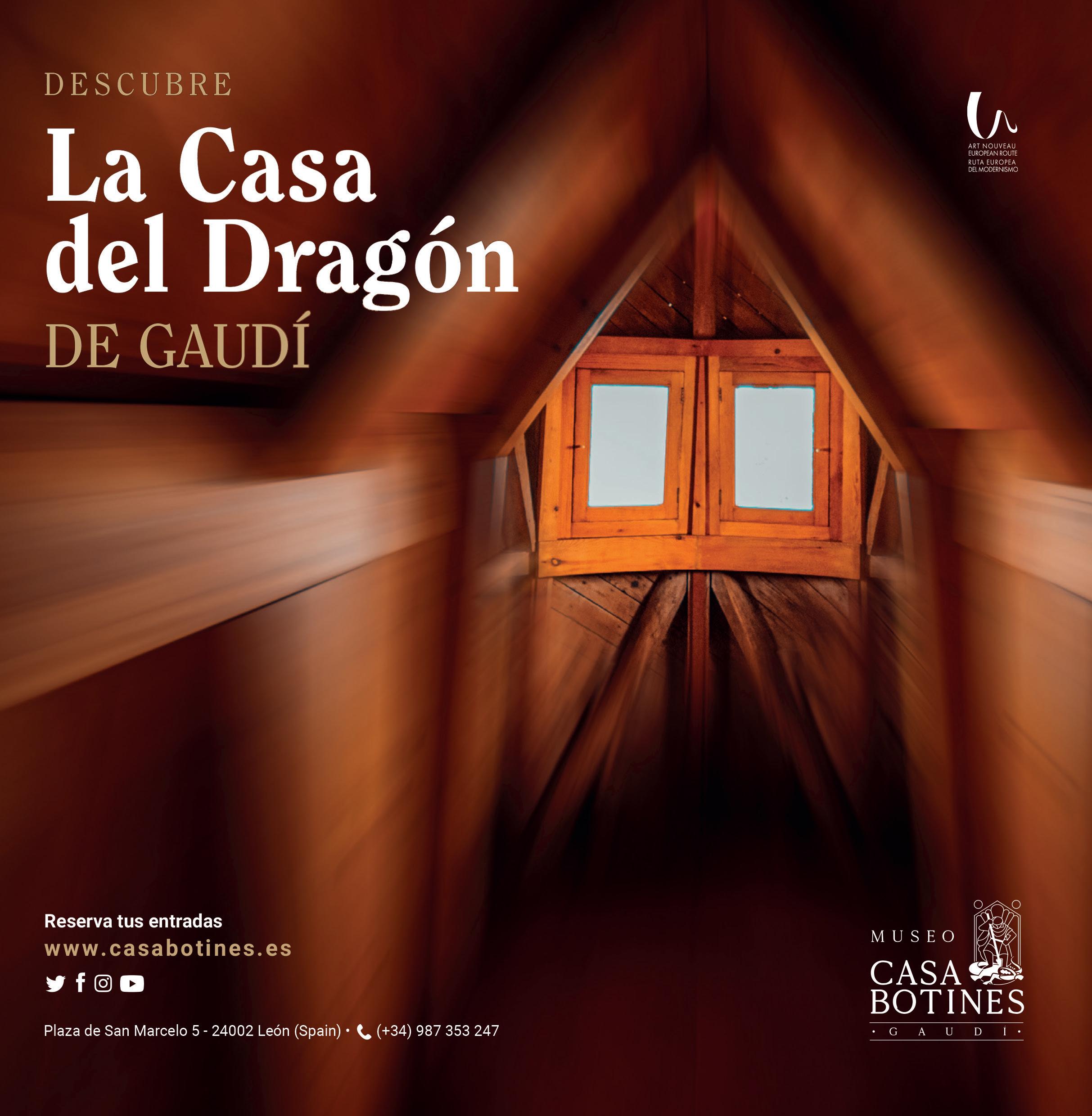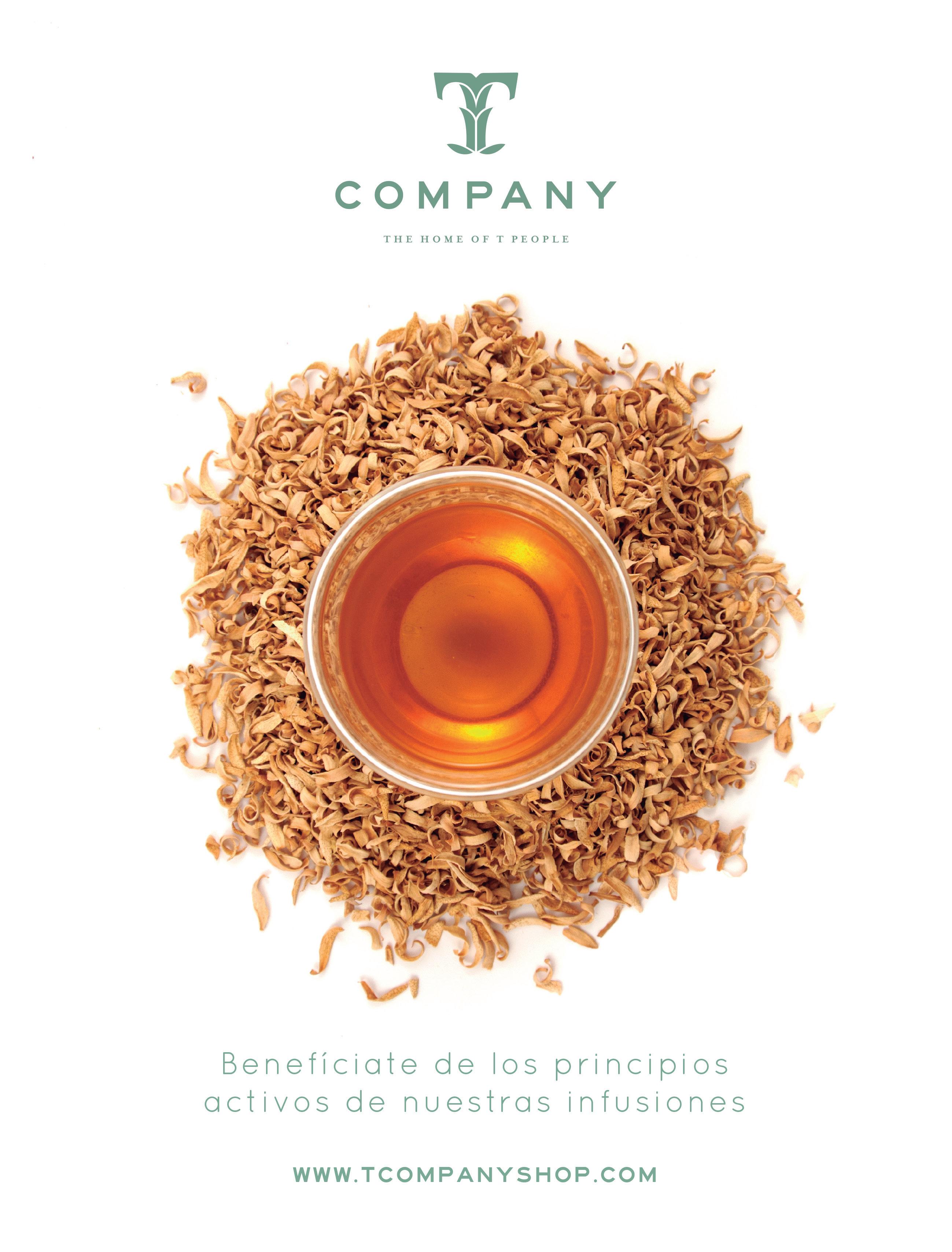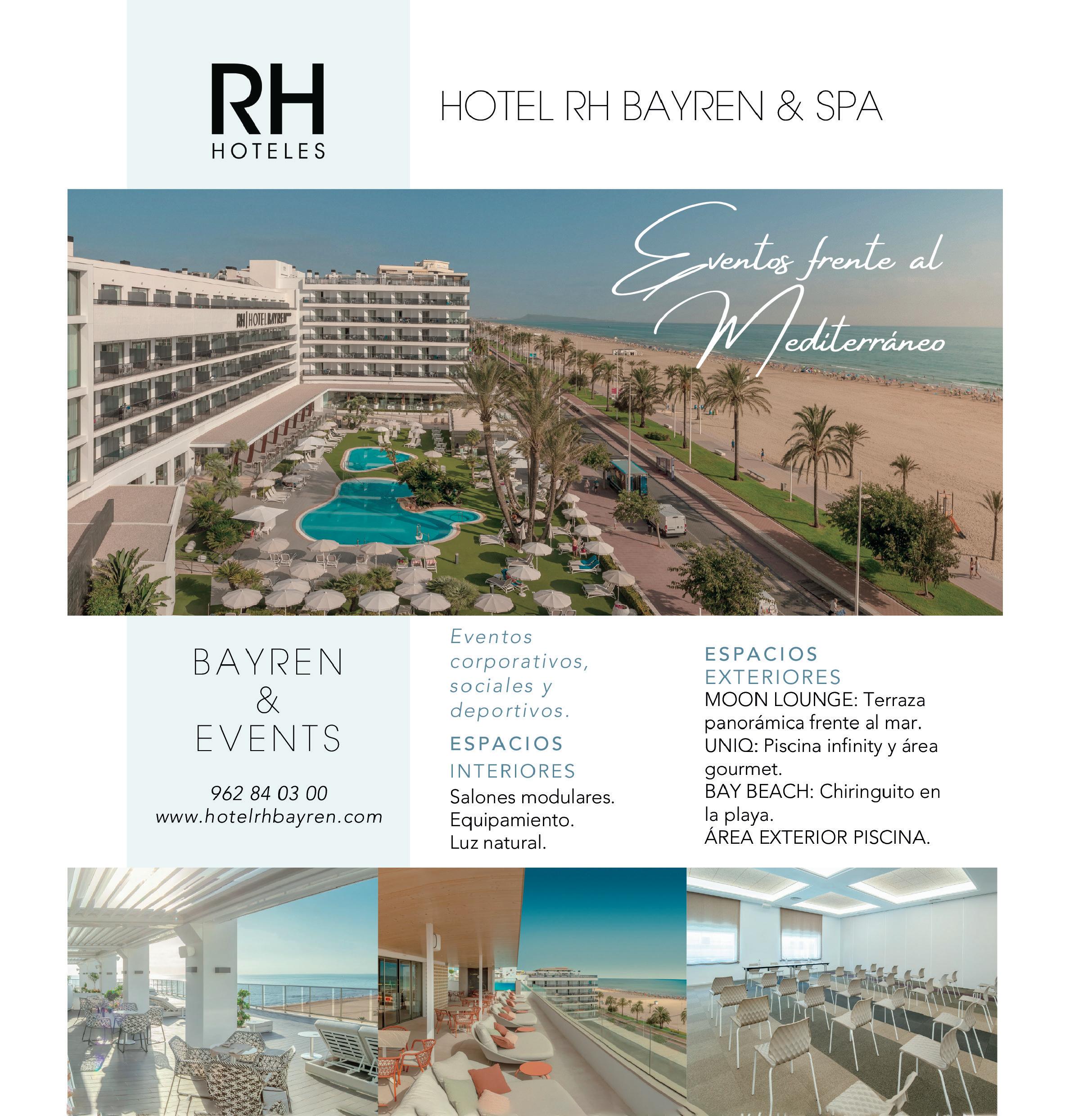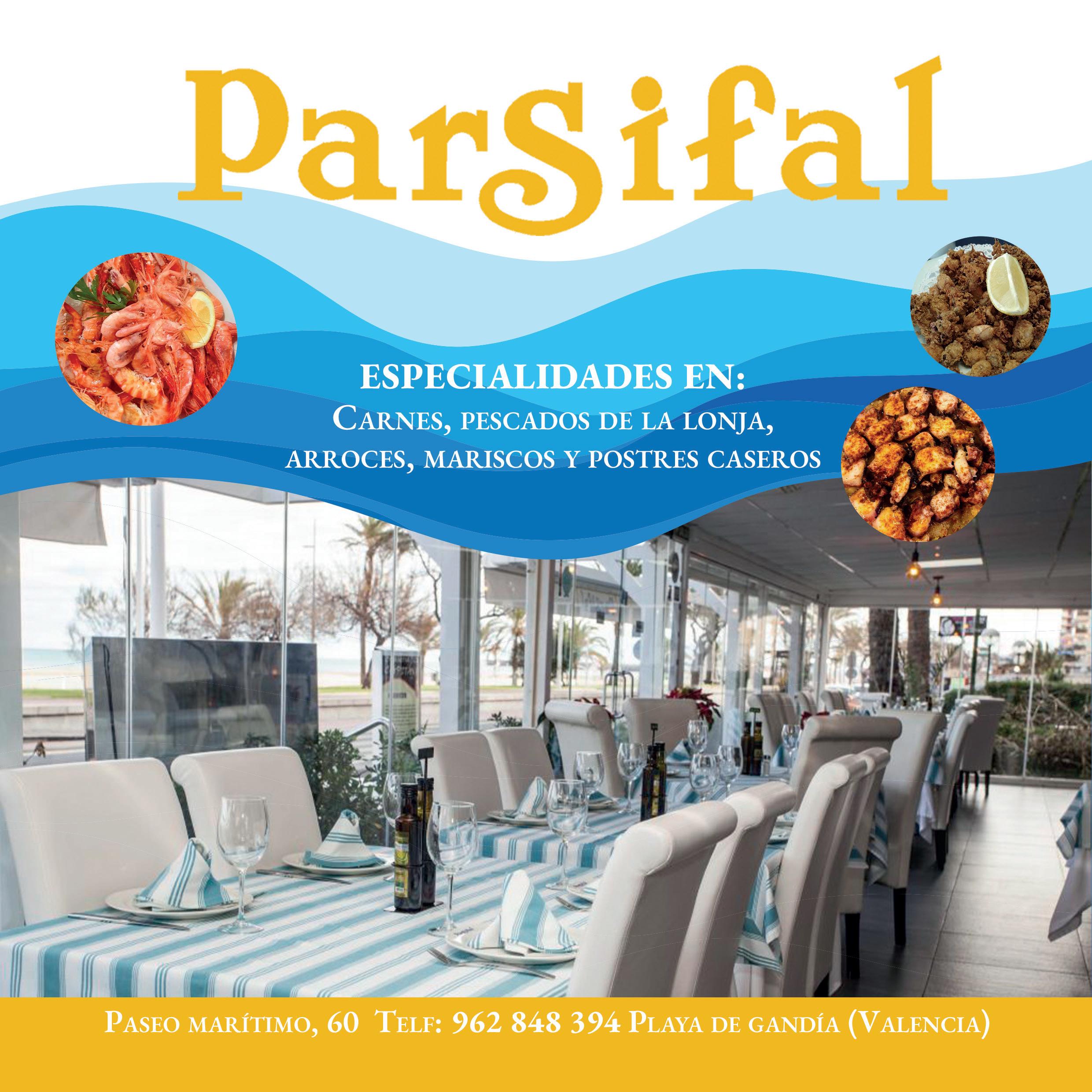












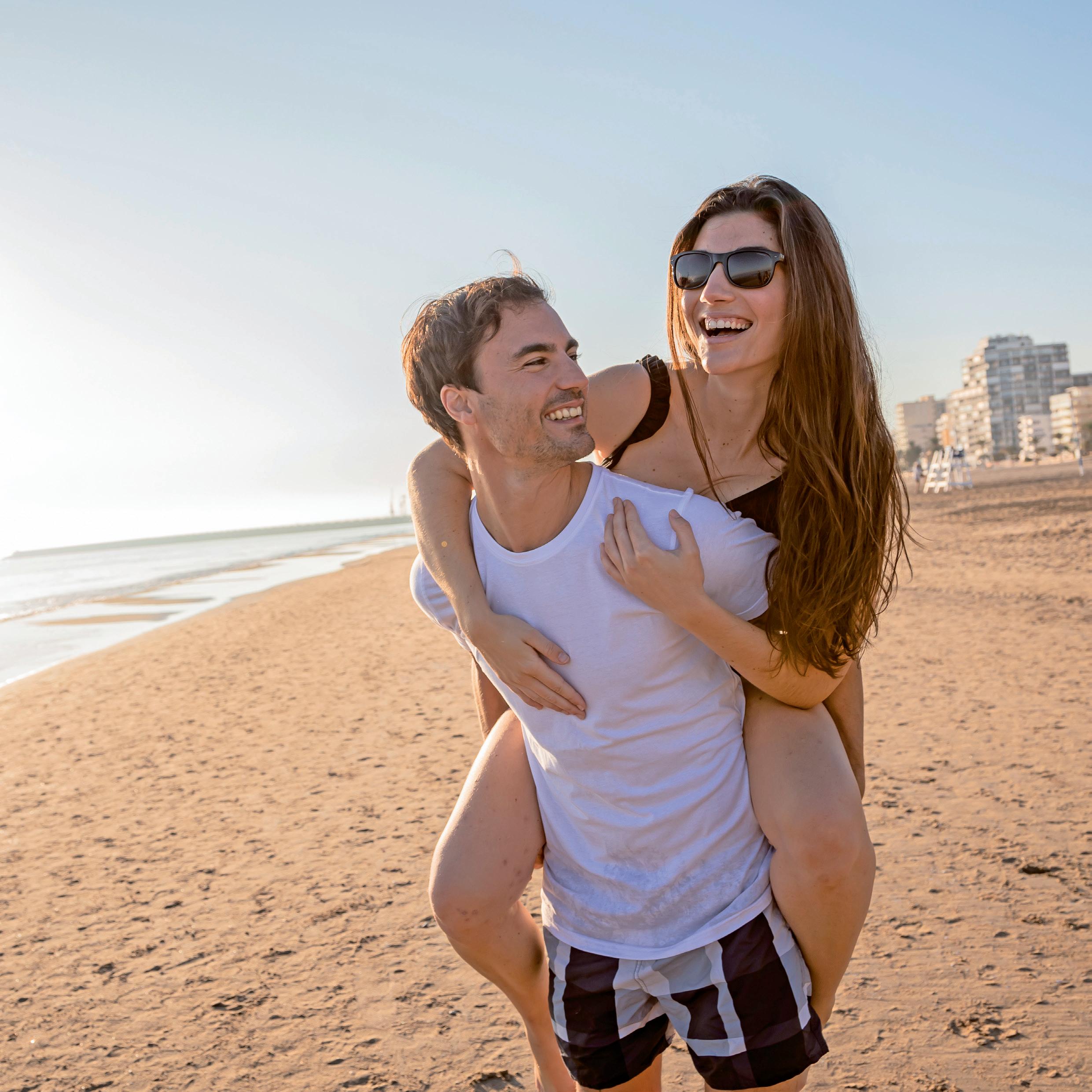


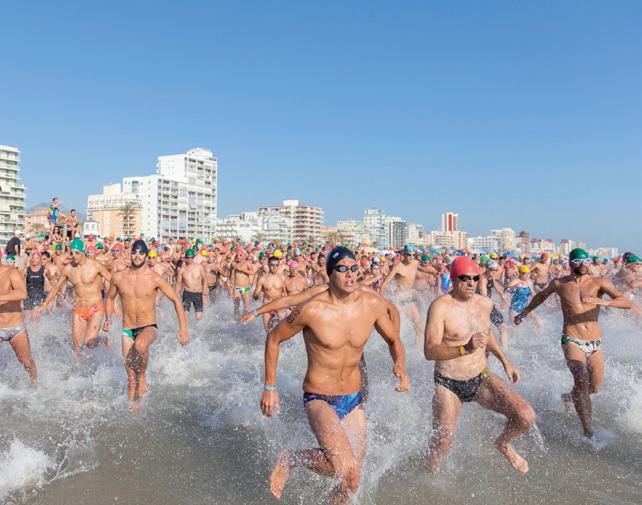
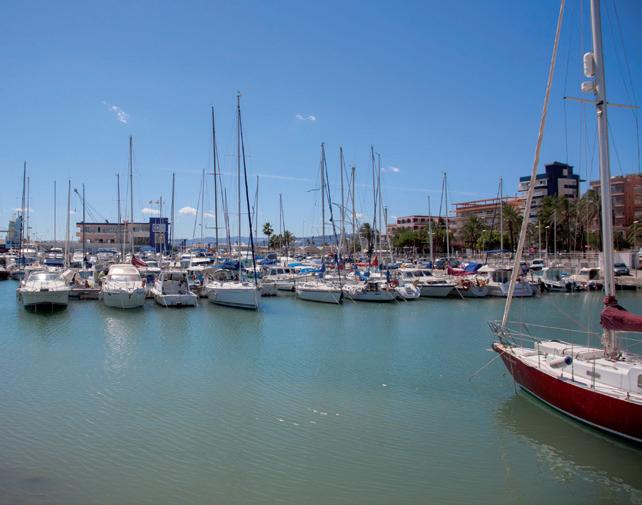


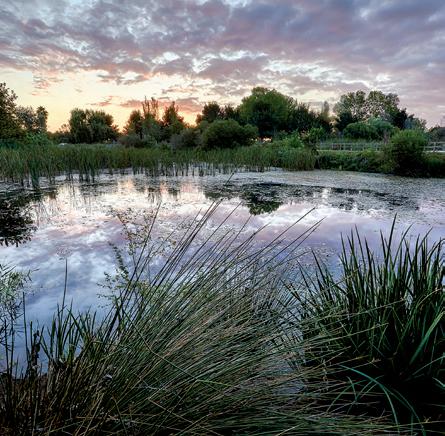

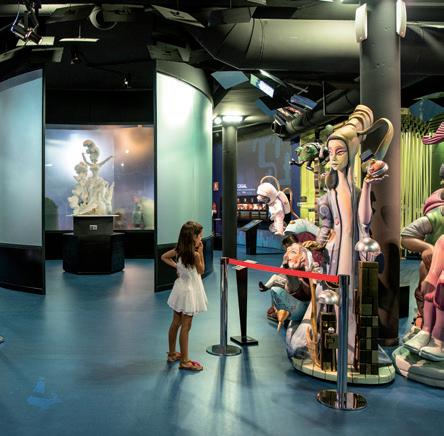

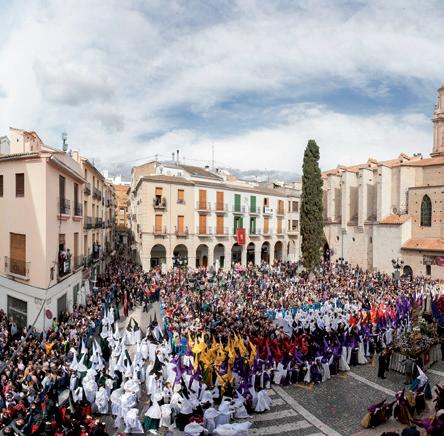

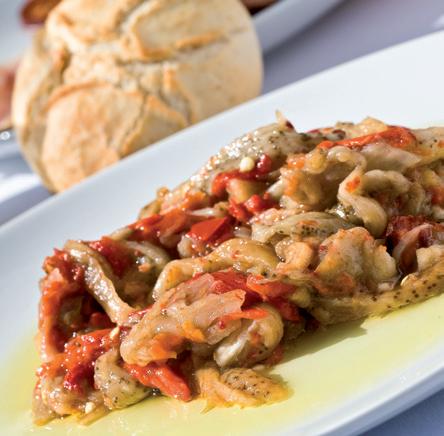

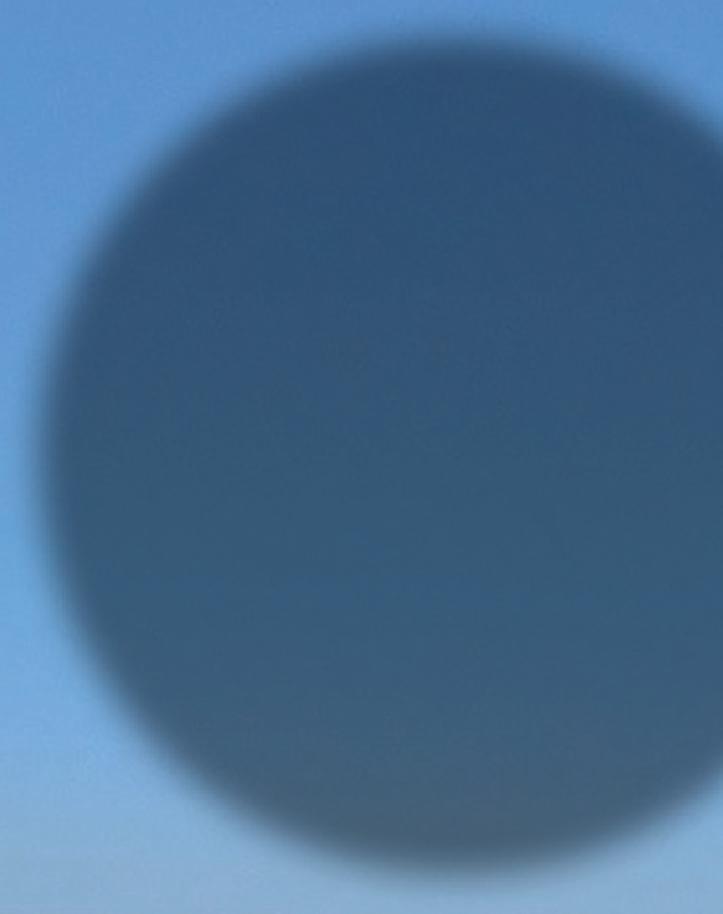


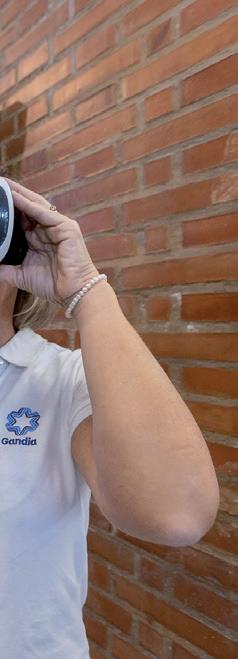


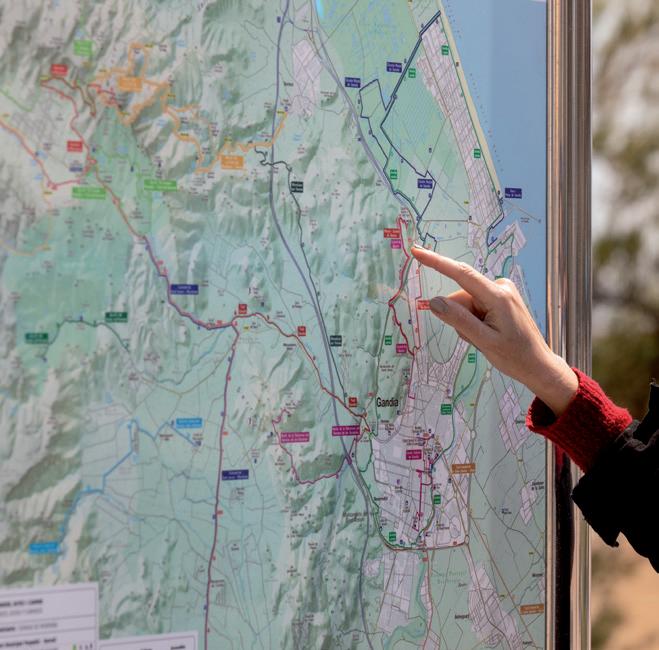
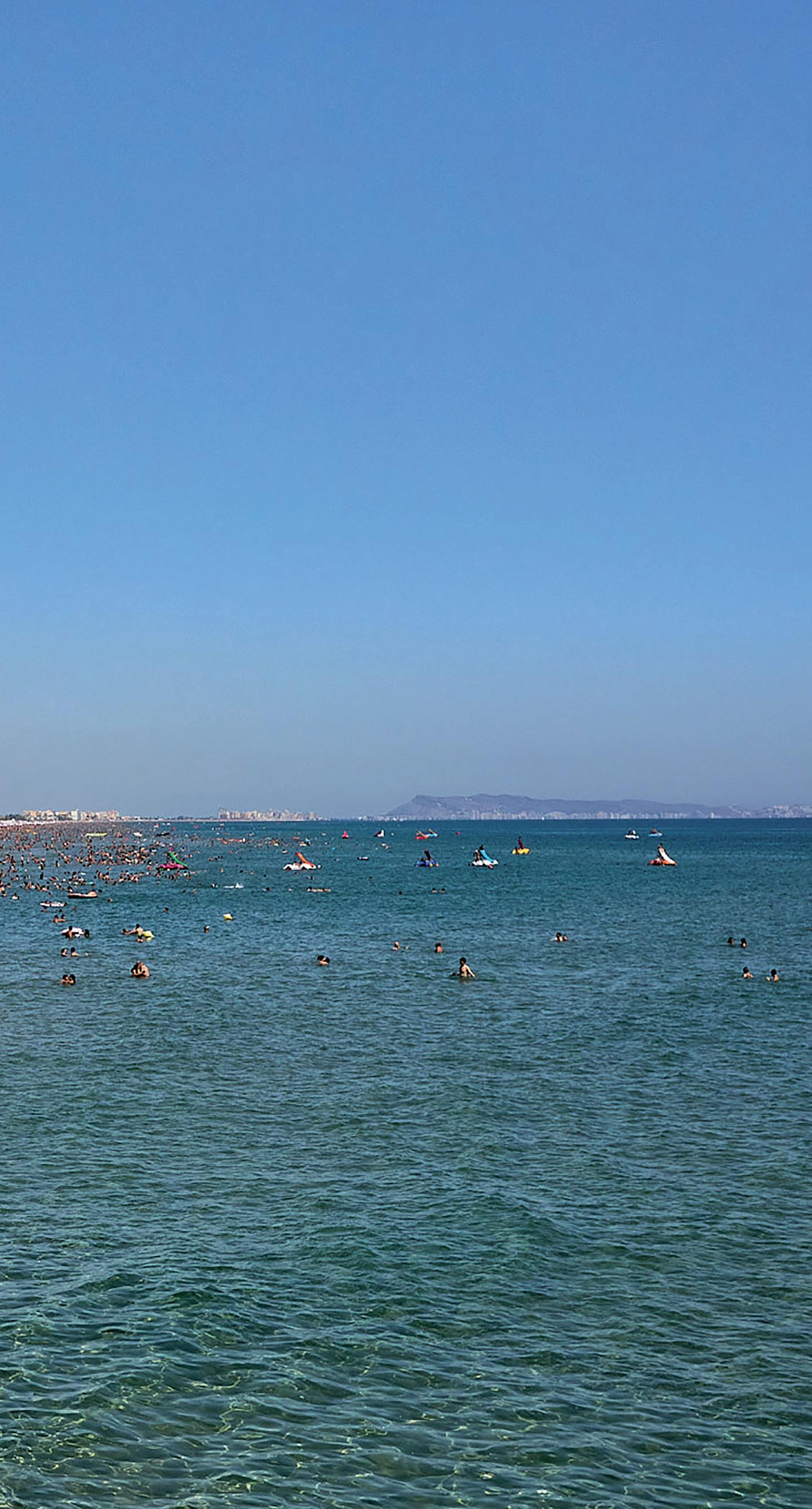
Vivir una experiencia turística en Gandia es descubrir un patrimonio que emociona, pero también es dejarse sorprender por una ciudad viva con un dinámico presente vinculado al modo de vida de sus gentes, intensamente mediterránea.
Gandia es sinónimo de diversidad. Vívela con tus cinco sentidos, desde la orilla del mar hasta las cumbres que la rodean; playas, espacios naturales y de montaña, patrimonio y cultura, gastronomía, fiestas, comercio y una amplia oferta en la que impregnarte de su especial ambiente.
Somos un destino turístico con un gran abanico de posibilidades ya que aunamos, el Turismo de Sol y Playa, gracias a la gran playa de arena dorada, el Turismo Cultural, gracias a la influencia que la familia Borja ejerció en la historia de nuestra ciudad, Turismo Gastronómico, gracias a la Fideuà de Gandia y la dieta mediterránea, Turismo de Naturaleza, gracias a nuestro entorno, tanto zonas montañosas como al mar Mediterráneo, donde poder realizar múltiples actividades de senderismo, trail o actividades náuticas.
To live a tourist experience in Gandia is to discover an exciting heritage, but it is also to be surprised by a lively city with a dynamic present linked to the way of life of its people, intensely Mediterranean.
Gandia is synonymous with diversity. Experience it with your five senses, from the seashore to the surrounding peaks; beaches, natural and mountain areas, heritage and culture, gastronomy, festivals, commerce and a wide range of options where you can soak up its special atmosphere.
We are a tourist destination with a wide range of possibilities as we combine Sun and Beach Tourism, thanks to the large golden sandy beach, Cultural Tourism, thanks to the influence that the Borja family exerted on the history of our city, Gastronomic Tourism, thanks to the Fideuà of Gandia and the Mediterranean diet, Nature Tourism, thanks to our environment, both mountainous areas and the Mediterranean Sea, where you can perform multiple activities such as hiking, trail or nautical activities.
Cualquier época del año es perfecta para visitar las playas de Gandia que ocupan más de 5 km de costa y en las que es posible elegir entre playa urbana de arena fina y blanca, o playa salvaje con zonas dunares.
La excepcional calidad de nuestras playas está más que demostrada porque cuenta con todos los sellos de calidad: ISO-9001, ISO-14001, Q de Calidad y EMAS. Gandia es el lugar ideal para disfrutar de las mejores playas del Mediterráneo, dotadas de galardones como las banderas azules, que avalan la calidad de sus aguas y sus servicios durante todo el año.
Any time of the year is perfect to visit the beaches of Gandia, which occupy more than 5 km of coastline and where you can choose between an urban beach with fine white sand, or a wild beach with dune areas.
The exceptional quality of our beaches is more than
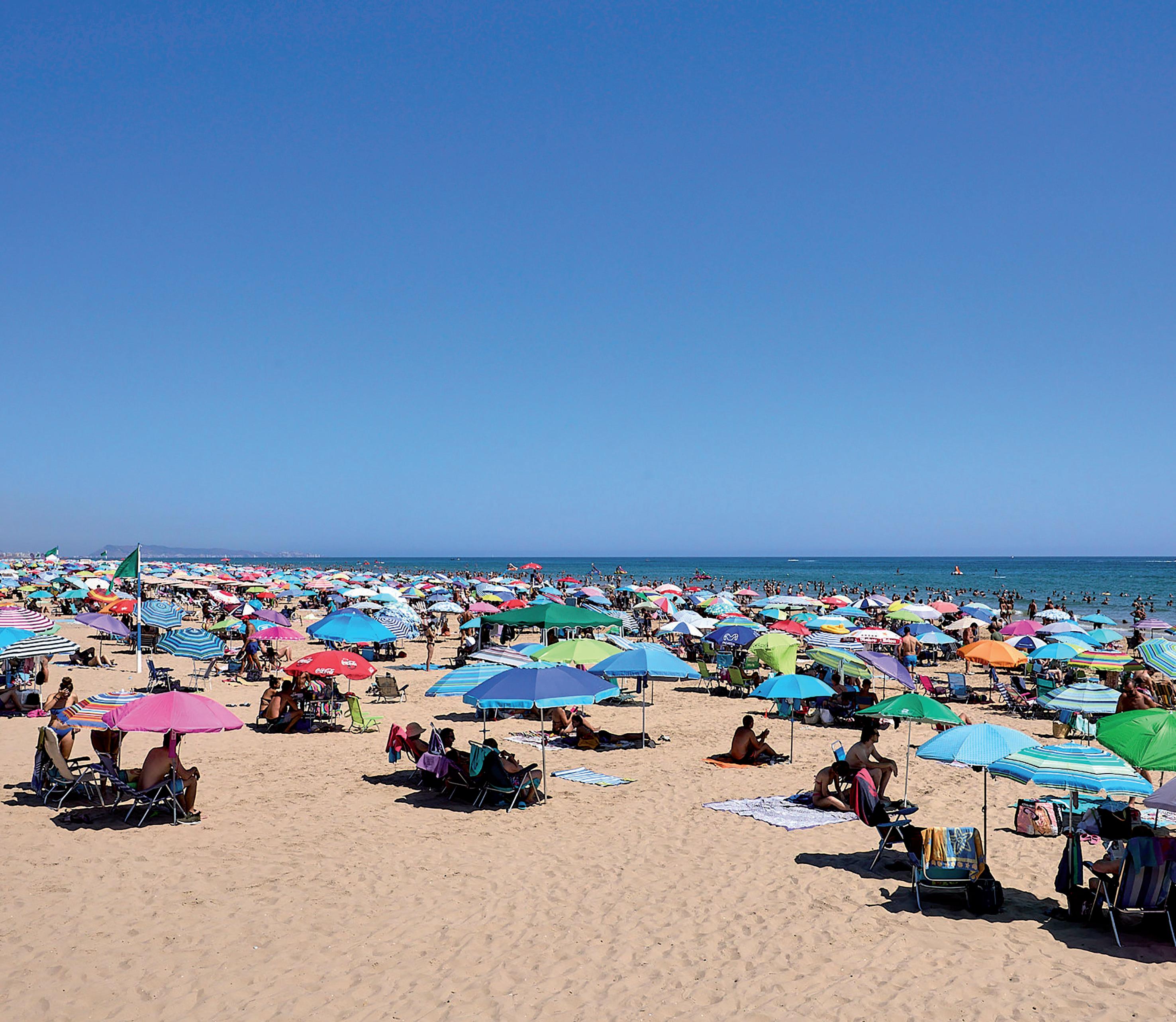
demonstrated because they have all the quality seals: ISO-9001, ISO-14001, Q for Quality and EMAS. Gandia is the ideal place to enjoy the best beaches in the Mediterranean, endowed with awards such as blue flags, which guarantee the quality of its waters and services throughout the year.
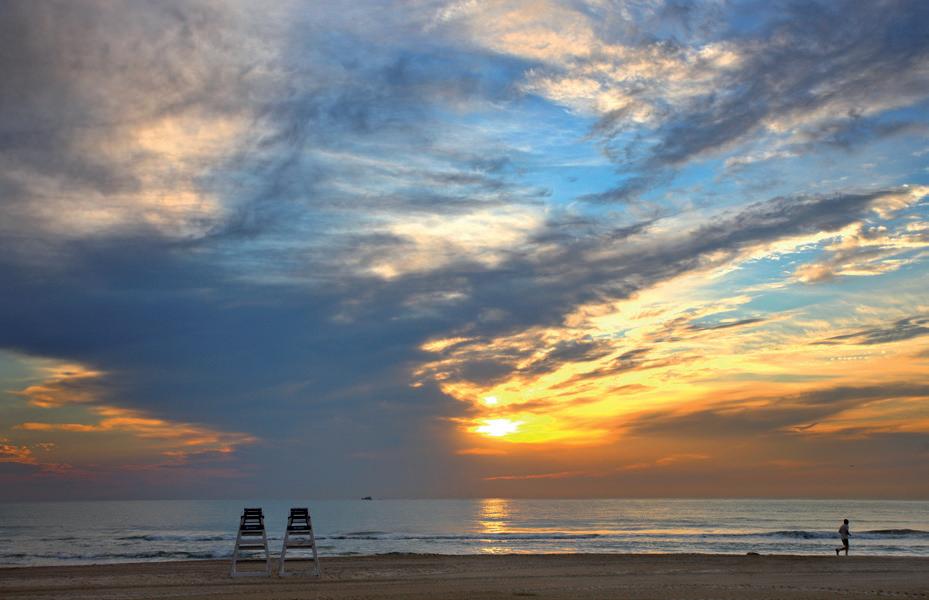
Sus más de 3 km de playa de arena fina y blanca, los innumerables servicios con los que cuenta y un Mar Mediterráneos limpio y en calma en el que refrescarse los meses de verano, convierten la Playa Nord en un auténtico paraíso. Una playa en la que revivir el placer de pasar largas jornadas sobre la arena, leyendo, tomando el sol o caminando por la orilla hasta que el día dé paso a la noche.
De ambiente familiar y tranquilo, es una de las playas con más extensión de arena de toda la provincia de Valencia. Asimismo, las banderas que ondean en el Paseo Marítimo reafirman a Gandia como destino turístico referente en calidad, sostenibilidad y promoción de la salud, al tiempo que la definen como una de las playas más seguras del Mediterráneo. Desde hace un año, se ha convertido en una playa sostenible y libre de humos.
Una playa urbana que cuenta con todas las certificaciones de calidad y medio ambiente en la que puedes encontrar los mejores servicios durante la temporada estival: alquiler de sombrillas y tumbonas, pasarelas accesibles, chiringui-
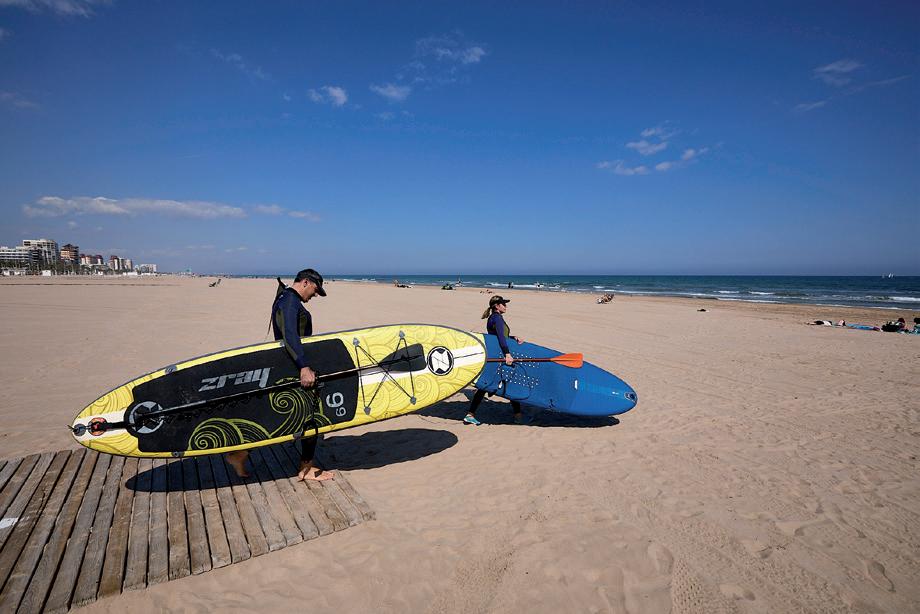
tos, Policía Local, Cruz Roja… Un espacio saludable que cuenta, además, con tres zonas de baño adaptadas para personas con movilidad reducida, atendidas por personal de la Cruz Roja.
En la Playa Nord hay diversión para todas las edades; además, se puede disfrutar de todos sus servicios de restauración y ocio a tu disposición para que pases unas vacaciones inolvidables.
Nada como un paseo por primera línea sintiendo la leve brisa del Mediterráneo. Es el lugar perfecto donde saborear la mejor gastronomía de la zona, dada la importante oferta de cafeterías, heladerías y restaurantes.
El ocio y la diversión de nuestra playa se completa con la práctica de diversos deportes y actividades (windsurf, vela, paddel surf, banana, motos acuáticas, patinetes acuáticos), zonas de juegos infantiles y actividades para los más pequeños.
Its more than 3 km of fine, white sandy beach, the countless services it offers and a clean, calm Mediterranean Sea in which to cool off in the summer months, make Playa Nord a true paradise. A beach where you can relive the pleasure of spending long days on the sand, reading, sunbathing or walking along the shore until the day gives way to night.
With a quiet family atmosphere, it is one of the longest sandy beaches in the whole province of Valencia. Likewise, the flags that fly on the Paseo Marítimo reaffirm Gandia as a reference tourist destination in terms of quality, sustainability and health promotion, while defining it as one of the safest beaches in the Mediterranean. Since a year ago, it has become a sustainable and smoke-free beach.
An urban beach that has all the quality and environmental certifications where you can find the
best services during the summer season: beach umbrella and sun lounger rental, accessible walkways, beach bars, Local Police, Red Cross... A healthy space that also has three bathing areas adapted for people with reduced mobility, staffed by Red Cross personnel.
In Playa Nord there is fun for all ages; moreover, you can enjoy all its restaurant and leisure services at your disposal for you to spend an unforgettable holiday. There is nothing like a stroll along the seafront, feeling the light breeze of the Mediterranean. It is the perfect place to savour the best gastronomy in the area, given the wide range of cafés, icecream parlours and restaurants. The leisure and fun of our beach is completed with the practice of various sports and activities (windsurfing, sailing, paddle surfing, banana, jet skis, water scooters)... and children's play areas and activities for the little ones.
La mejor opción para disfrutar de un paisaje privilegiado, paseando tranquilamente o practicando algún deporte como correr, patinar o montar en bicicleta por su carril bici. La playa y el paseo se integran para configurar un espacio muy atractivo para el visitante durante todo el año. Desde 2020, la primera línea de playa, con tráfico restringido, ofrece un gran espacio abierto, sostenible y seguro. Un punto de encuentro en el que la playa y el paseo se integran ofreciendo un marco incomparable para disfrutar durante todo el año.
The best option for enjoying a privileged landscape, taking a leisurely stroll or practising a sport such as running, rollerblading or cycling along its cycle lane. The beach and the promenade are integrated to form a very attractive space for visitors
all year round. Since 2020, the beachfront, with restricted traffic, offers a large open, sustainable and safe space. A meeting point where the beach and the promenade are integrated to offer an incomparable setting to enjoy all year round.
Al recorrer el Paseo en dirección al Club Náutico se abre un balcón al mar, un espigón que se adentra en el agua. El Paseo del Espigón, con 1080 metros de longitud, tiene su origen en la playa y sigue el recorrido hasta el faro. Su elevación ofrece una perspectiva privilegiada sobre el mar y el puerto. Un paseo entre agua con más de 500 metros de bancos para poder disfrutar de un espacio singular y representativo de Gandia, una ciudad unida al mar. El final del paseo lo marca el faro, símbolo del paisaje marítimo de la ciudad, que con su singular estructura metálica de color verde, sigue en activo para guiar a los barcos a la entrada del puerto.
As you walk along the promenade in the direction of the Yacht Club, a balcony overlooking the sea opens up, a breakwater that juts out into the water. The Paseo del Espigón, which is 1080 metres long, starts at the beach and runs all the way to the lighthouse. Its elevation offers a privileged view over the sea and the port. A promenade
Envuelta en un paisaje de dunas y con el único sonido del rumor de las olas de fondo, la Playa de l’Auir es ideal para conectar con la naturaleza y huir del bullicio. Si buscas una playa tranquila, en la que disfrutar del Mar Mediterráneo en todo su esplendor y en un entorno natural, la playa de l’Auir es tu destino. Situada al norte de Gandia y alejada del bullicio de la ciudad, vivirás una jornada de baño en un entorno privilegiado. Un paraje de gran valor paisajístico, formada por sedimentaciones arenosas que se han modelado por el viento, configurando un paisaje dunar muy bien conservado y de alto valor ecológico. Si te gusta vivir la playa al natural, en Gandia puedes hacerlo. Ubicada en la zona delimitada de la Playa de l’Auir, encontrarás una de las playas naturistas que existen en la Comunidad Valenciana, autorizada y señalizada. La playa de l’Auir obtuvo por primera vez la Bandera Azul en 2022.
Enveloped in a landscape of dunes and with the only sound of the murmur of the waves in the background, the beach of l'Auir is ideal to connect with nature and escape from the hustle and bustle. If you are looking for a quiet beach, where you can enjoy the Mediterranean Sea in all its splendour and in a natural environment, the beach of l'Auir is your destination. Located to the north of Gandia and far from the hustle and bustle of the city, you will enjoy a day's bathing in a priv-
ileged setting. A place of great scenic value, formed by sandy sedimentation that has been shaped by the wind, forming a very well preserved dune landscape of high ecological value. If you like to experience the beach in its natural state, you can do so in Gandia. Located in the defined area of Playa de l'Auir, you will find one of the naturist beaches that exist in the Valencian Community, authorised and signposted. The beach of l'Auir was awarded the Blue Flag for the first time in 2022.
between water with more than 500 metres of benches to enjoy a unique and representative space of Gandia, a city linked to the sea. The end of the promenade is marked by the lighthouse, a symbol of the city's maritime landscape, which with its unique green metal structure, is still active to guide ships to the entrance of the port.
La playa de l’Auir es una de las pocas playas vírgenes del litoral valenciano que conserva intacto un sistema de dunas de alto valor ecológico, ambiental, territorial y paisajístico. Este hábitat dunar protegido alberga una comunidad biológica muy sensible y amenazada que acoge especies de flora y fauna muy adaptadas a este medio de condiciones extremas de salinidad y erosión producidas por el viento marino. El ecosistema de l’Auir, está declarado Lugar de Interés Comunitario de la Red Natura 2000 y la playa cuenta con galardones de calidad y gestión medioambiental ISO 9001, ISO140001 y EMAS.
The Auir beach is one of the few unspoilt beaches on the Valencian coast that preserves intact a system of dunes of high ecological, environmental, territorial and landscape value. This protected dune habitat is home to a very sensitive and endangered biological community that is home to species of flora and fauna that are
highly adapted to this environment of extreme conditions of salinity and erosion caused by the sea wind. The ecosystem of l'Auir has been declared a Site of Community Interest in the Natura 2000 Network and the beach has been awarded ISO 9001, ISO140001 and EMAS environmental quality and management awards.

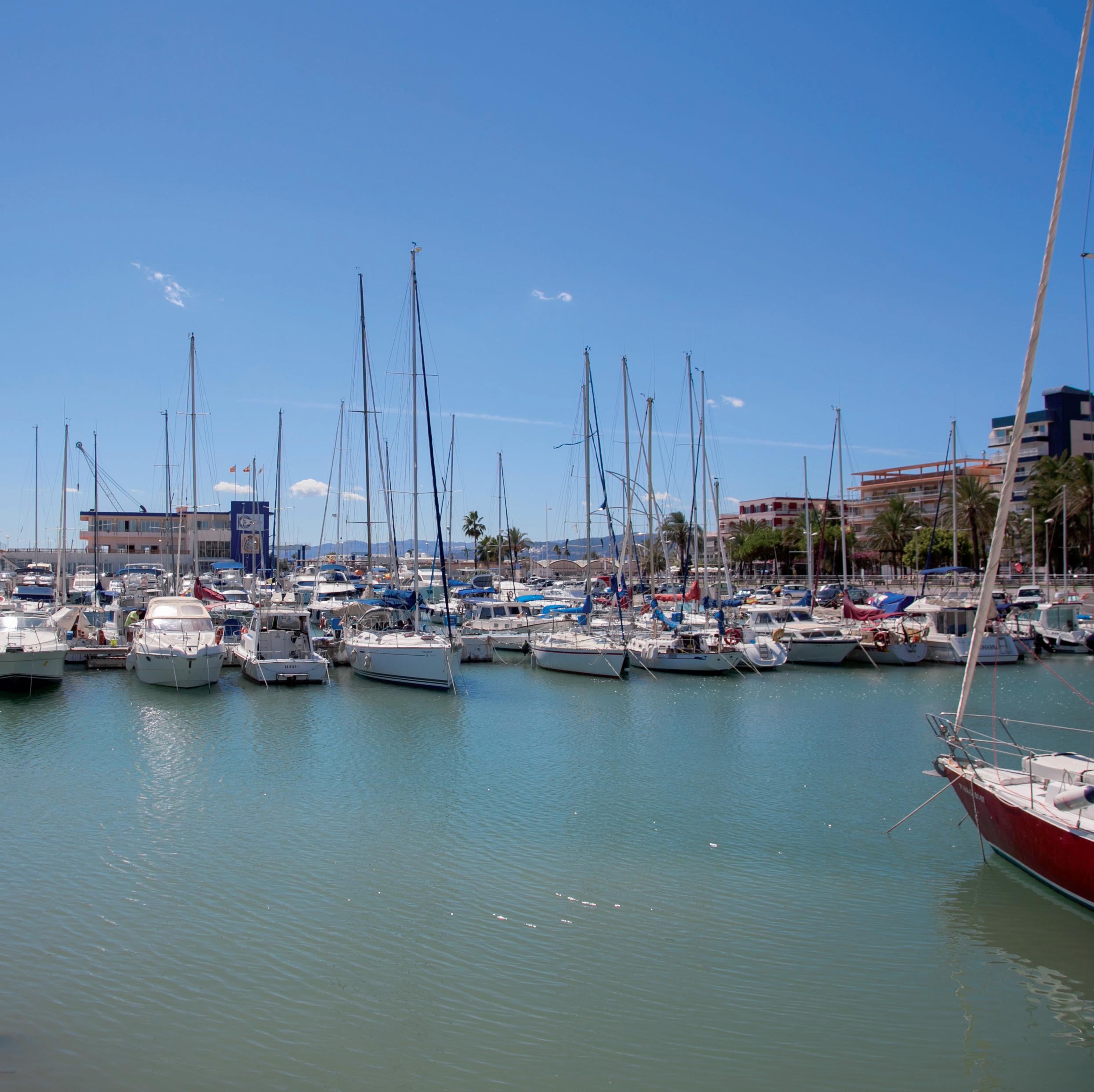
El Grao de Gandia, barrio de pescadores, es más que un barrio marítimo de la ciudad. En su esencia, pervive el sentimiento de pertenencia a una comunidad arraigada a su pasado marinero, con una singularidad propia dentro de la identidad local. El barrio se caracteriza por su ambiente pesquero, concentrado en la Llotja y el Puerto.
La Iglesia de San Nicolás y la Plaza de la Virgen son el centro neurálgico del barrio marinero, que conecta con la Playa por la Avenida de la Pau y el Paseo del Puerto, un espacio cultural, comercial y de ocio de este singular distrito marítimo.
The Grao de Gandia, a fishermen's neighbourhood, is more than just a maritime district of the city. In its essence, the feeling of belonging to a community rooted in its seafaring past survives, with its own singularity within the local identity. The neighbourhood is characterised by its fishing atmosphere, concentrated in the Llotja and the Port.
The Church of San Nicolás and the Plaza de la Virgen are the nerve centre of the fishing quarter, which connects with the beach via the Avenida de la Pau and the Paseo del Puerto, a cultural, commercial and leisure area of this unique maritime district.
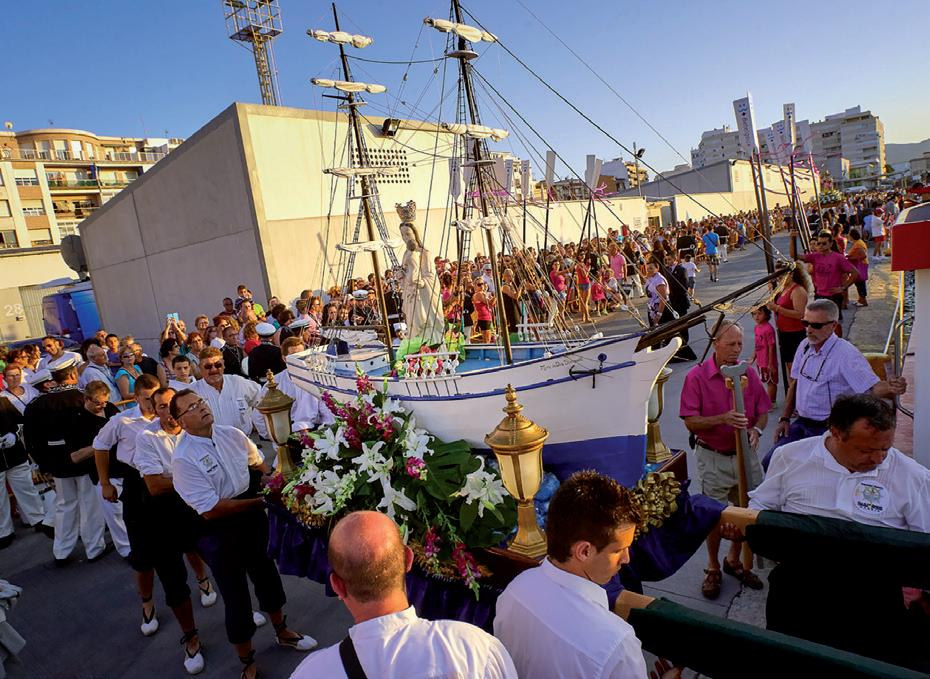
La Iglesia de San Nicolás, situada junto al mar, es uno de los ejemplos más representativos de la arquitectura religiosa del S. XX e icono de la arquitectura moderna. Construido con hormigón, hierro, madera, piedra y cristal, su estructura es singular y muy llamativa.
Inaugurada en 1962, la iglesia es obra del arquitecto e ingeniero madrileño Eduardo Torroja, Marqués de Torroja, autor, asimismo, de las gradas del Hipódromo de la Zarzuela de Madrid. La construcción de este templo coincidió con el despegue turístico de Gandia.
Frente a la iglesia, al otro lado del puente sobre el Barranco de Beniopa o de Sant Nicolau, se encuentran los Tinglados del puerto, construidos en el primer tercio del S.XX. Forman un armonioso conjunto de naves abovedadas, con la Torre del Reloj en medio. Desde el año 2018, los Tinglados están reconocidos como Bienes de Relevancia Local. Junto a los tinglados, encontramos la Lonja del pescado, donde los turistas podrán conocer, de primera mano, las artes y oficios de uno de los trabajos que aún conservan su encanto. El muelle rebosa vida a cualquier hora del día, con los pescadores arreglando las redes o limpiando utensilios. Ya por la tarde, el trajín se traslada a la subasta del pescado. Los productos de la Lonja son la base de la tradición gastronómica de la ciudad, como la reconocida “Fideuà de Gandia”.
The Church of San Nicolás, located by the sea, is one of the most representative examples of 20th century religious architecture and an icon of modern architecture. Built with concrete, iron, wood, stone and glass, its structure is unique and very striking.
Inaugurated in 1962, the church is the work of the Madrid architect and engineer Eduardo Torroja, Marquis of Torroja, who also designed the grandstands of the Zarzuela racetrack in Madrid. The construction of this temple coincided with the tourist boom in Gandia.
Opposite the church, on the other side of the bridge over the Barranco de Beniopa or Sant Nico-
lau ravine, are the port sheds, built in the first third of the 20th century. They form a harmonious ensemble of vaulted naves, with the Clock Tower in the middle. Since 2018, the Tinglados have been recognised as an Asset of Local Importance.
Next to the sheds, we find the Fish Market, where tourists can learn, first hand, the arts and crafts of one of the jobs that still retains its charm. The quay is full of life at any time of the day, with fishermen mending nets or cleaning utensils. In the afternoon, the hustle and bustle moves to the fish auction. The products of the fish market are the basis of the gastronomic tradition of the city, such as the famous "Fideuà de Gandia".
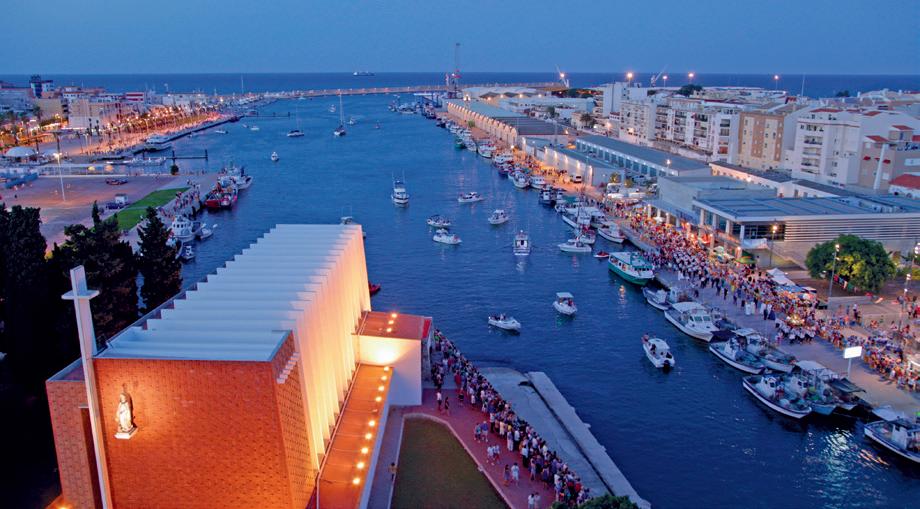
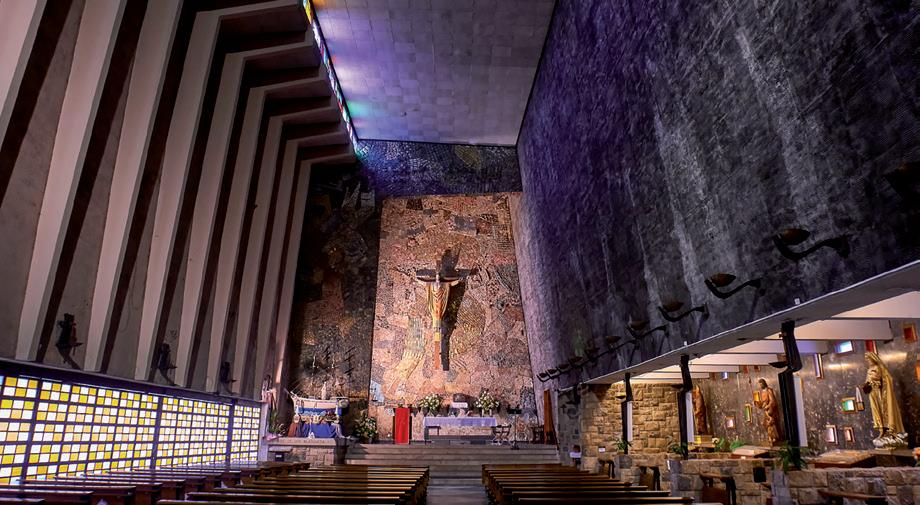
Es un atractivo paseo peatonal que recorre el puerto. Un boulevard con una variada oferta gastronómica y unas vistas inmejorables al Puerto de Gandia. El nombre del paseo es un homenaje a la dinastía Borja, duques de Gandia y que dejaron un importante legado histórico en la ciudad. El paseo dispone de zonas verdes y de un pavimento de “trencadís” inspirado en el Paseo de las Germanías, arteria principal de la ciudad de Gandia.
Un lugar de ensueño, especialmente al atardecer, que conecta el puerto con la playa en la explanada del Club Náutico.
It is an attractive pedestrian promenade that runs along the port. A boulevard with a varied gastronomic offer and unbeatable views of the Port of Gandia. The name of the promenade is a tribute to the Borja dynasty, dukes of Gandia, who left an important historical legacy in the city. The
promenade has green areas and a "trencadís" pavement inspired by the Paseo de las Germanías, the main artery of the city of Gandia.
A dream place, especially at sunset, which connects the port with the beach on the esplanade of the Nautical Club.
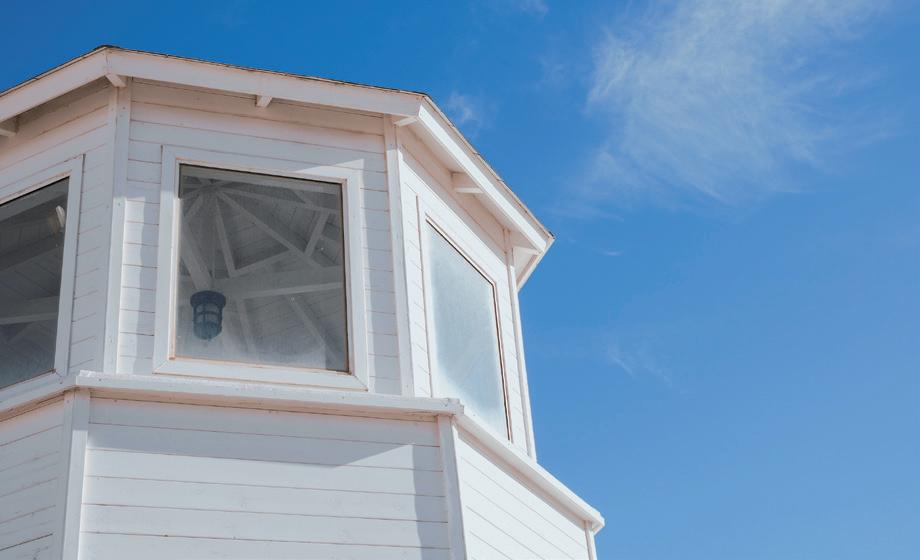
> Red Tourist Info. La Agencia Valenciana de Turismo ha ido creando desde 1990 la RED TOURIST INFO, que cubre informativamente a toda la Comunidad Valenciana, unas 140 oficinas aproximadamente. El objetivo es ofrecer un conjunto de servicios de información turística que sean homogéneos en cuanto a contenido, instrumentos de soporte y mecanismos interactivos para mejorar el grado de satisfacción de los turistas que nos visitan.

Las oficinas de información turística se ubican en los dos faros que lindan con el paseo marítimo, para que nuestros visitantes puedan disfrutar de todos los servicios disponibles en Gandia.
▶ Por su forma y diseño, estas oficinas están totalmente integradas en la playa.
▶ Un servicio personalizado de información turística, con certificación de calidad.
▶ Infórmate de la extensa programación estival que preparamos anualmente para todos los públicos.
The tourist information offices are located in the two lighthouses that border the promenade, so that our visitors can enjoy all the services available in Gandia.
▶ Due to their shape and design, these offices are totally integrated in the beach.
Tourist Info Network. Since 1990, the Valencian Tourism Agency has been creating the TOURIST INFO NETWORK, which covers the whole of the Valencian Community, approximately 140 offices. The aim is to offer a set of tourist information services that are homogeneous in terms of
▶ A personalized tourist information service, with quality certification.
▶ Find out about the extensive summer programme that we prepare every year for everyone.
content, support instruments and interactive mechanisms in order to improve the degree of satisfaction of the tourists who visit us.

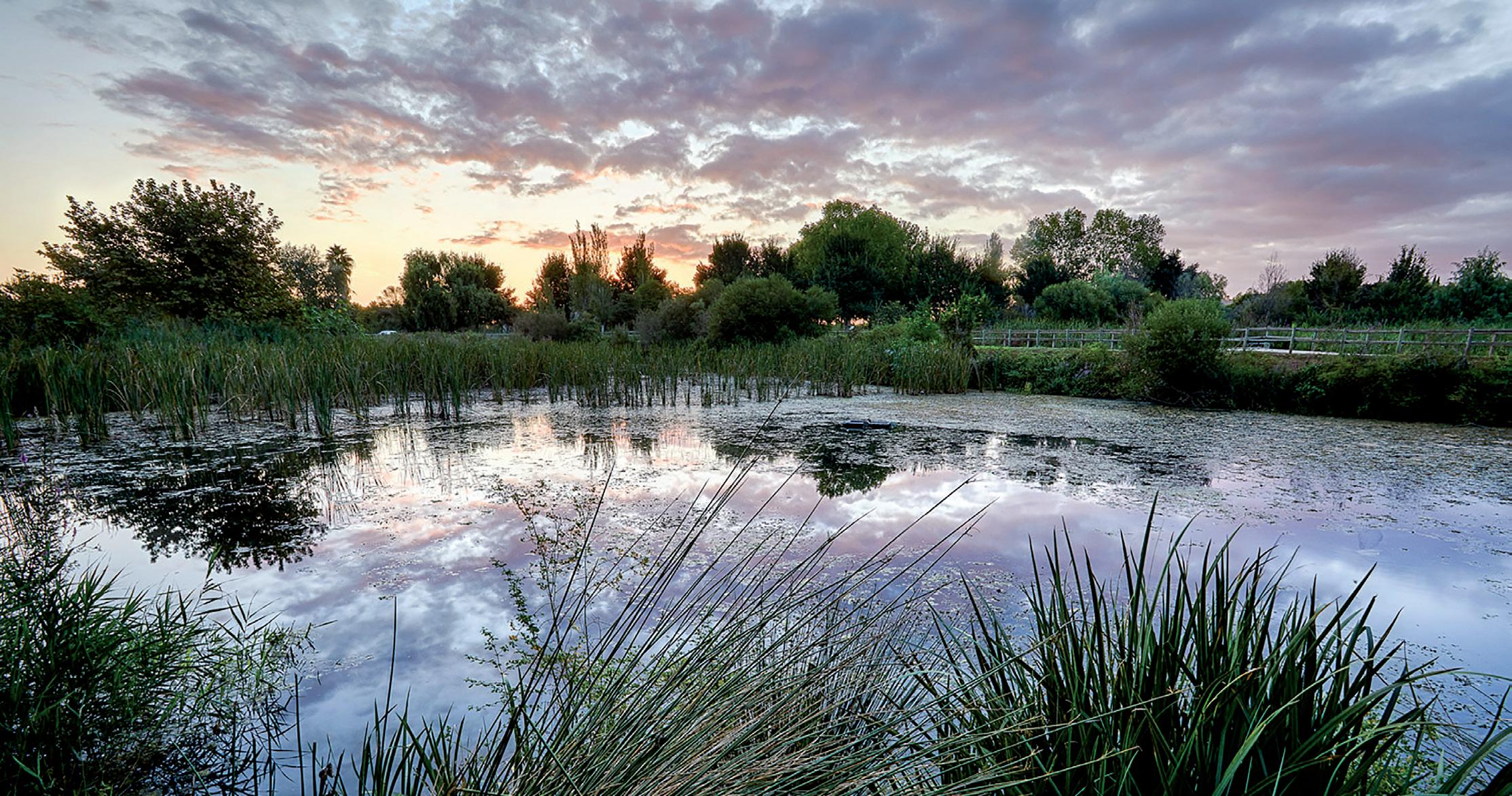
A escasos metros de la ciudad de Gandía y de la Playa podemos encontrar un rincón natural precioso, la Marjal de Gandía. Se encuentra dentro de la Marjal de la Safor y constituye un espacio natural increíble donde poder pasar un día entre amigos y familiares.
Situada junto a la Alquería del Duc, al pie del Castillo de Bairén-, es una preciosa reserva de fauna y flora de importantísimo valor ecológico y botánico e incluido en la Red Natura 2000. Un precioso rincón para pasar el día, pasear o simplemente desconectar, lugar donde los humedales cobran gran protagonismo.
Allí nidifican y viven numerosas especies animales y vegetales. Hace unos años se restauró todo su entorno eliminando especies invasoras y dotando al lugar de bellas sendas entre el bosque. Un bosque de ribera en el que podemos disfrutar de sombras y grandes espacios para el recreo.
Just a few metres from the city of Gandía and the beach we can find a beautiful natural spot, the Marjal de Gandía. It is located
within the Marjal de la Safor and is an incredible natural space where you can spend a day with friends and family.
Located next to the Alquería del Duc, at the foot of the Castle of Bairén, it is a beautiful reserve of fauna and flora of great ecological and botanical value and included in the Natura 2000 Network. A beautiful place to spend the day, go for a walk or simply disconnect, a place where the wetlands take centre stage.
Numerous animal and plant species nest and live there. A few years ago the whole area was restored, eliminating invasive species and providing the place with beautiful paths through the forest. A riverside forest where we can enjoy shadows and large spaces for recreation.
El Ullal de l’Estany y el Ullal de la Perla son los dos estanques más grandes del lugar. El agua limpia brota del subsuelo y llega allí a través de canales de otros ullals (manantiales) cercanos conformando una de las Zonas Húmedas más bonitas de la Safor. Este paraje, se puede recorrer a pie, en bicicleta e incluso a caballo o en poni, a través de senderos de madera y permite descubrir zonas de carrizales y juncales que se alternan con áreas cultivadas, especialmente de cítricos.
Una buena forma de iniciar la visita a este paraje, es hacerlo desde el Centro de Interpretación de la Marjal, el Aula Natura, un centro de interpretación del marjal ubicado junto al ullal, que cuenta con un Arboretum que muestra una representación de la vegetación de la marjal y sus alrededores. Además, el Aula Natura cuenta con aplicaciones interactivas, con las que se explica a todos los públicos los aspectos más relevantes del humedal.
The Ullal de l'Estany and the Ullal de la Perla are the two largest ponds in the area. The clean water springs from underground and arrives there through channels from other nearby ullals (springs) forming one of the most beautiful Wetlands of the Safor. This area can be explored on foot, by bicycle and even on horseback or pony, along wooded paths, and allows you to discover areas of reeds and rushes alternating with cultivated areas, especially citrus groves.
A good way to start a visit to this area is from the Marshland Interpretation Centre, the Aula Natura, a marshland interpretation centre located next to the Ullal, which has an Arboretum that shows a representation of the vegetation of the marshland and its surroundings. In addition, the Aula Natura has interactive applications that explain the most important aspects of the wetland to the general public.
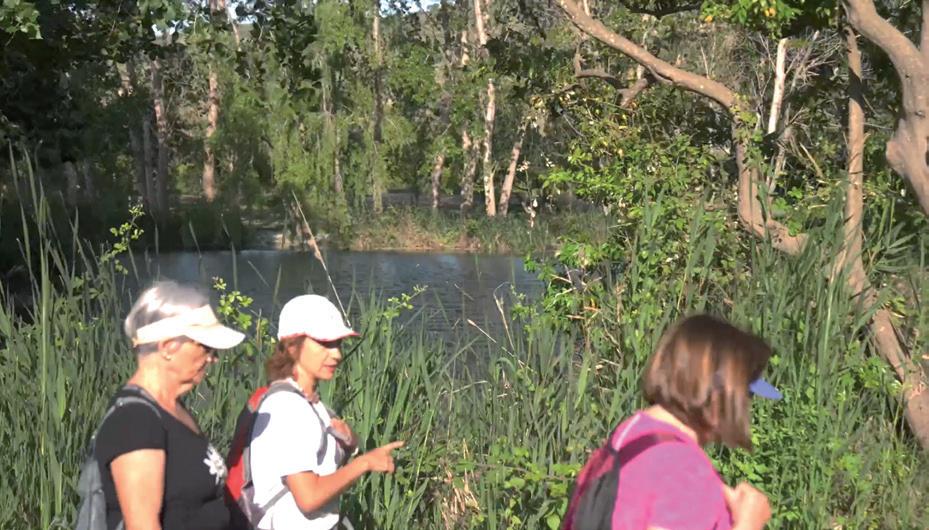
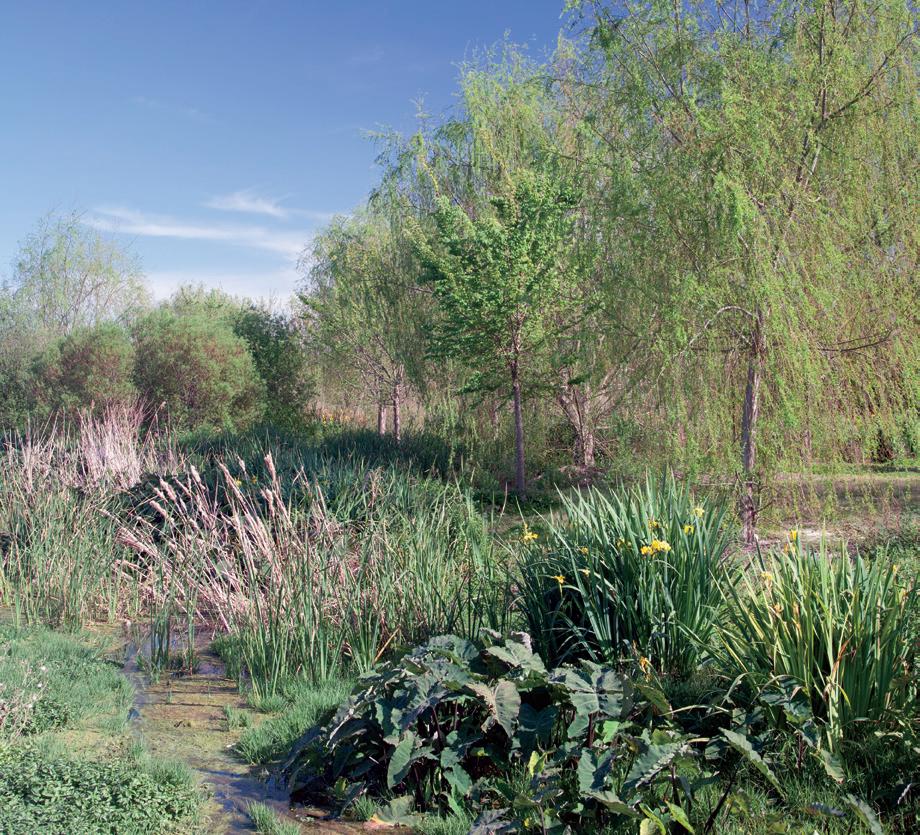
Frente al Aula de la Natura, rodeada de naranjos y en pleno marjal, se haya esta antigua fortaleza restaurada, conocida como la Alquería del Duc. De origen medieval, de planta cuadrada y con torres defensivas de origen musulmán ha albergado durante varios siglos a distintas clases. Comenzó siendo una estructura defensiva, para posteriormente ser una instalación agrícola, gracias a la fertilidad de estas tierras.
Más tarde, pasó a ser una alquería de caza y recreo y hoy en día alberga el CDT de Gandía, dedicado a la formación en el sector de la hostelería y el turismo.
Opposite the Aula de la Natura, surrounded by orange trees and in the middle of the marshland, is this old restored fortress, known as the Alquería del Duc. Of medieval origin, square in shape and with defensive towers of Muslim origin, it has housed different classes for several centuries. It be-
gan as a defensive structure and later became an agricultural facility, thanks to the fertility of the land. Later, it became a hunting and recreational farm and nowadays it houses the CDT of Gandía, dedicated to training in the hotel and tourism sector.
Dominando desde lo alto de las sierras del Mondúver y construido a capas por las distintas civilizaciones que lo ocuparon, las piedras del Castillo de Bairén representan el origen de la ciudad de Gandia.
Para conocer su historia y la de la ciudad, hay que subir por el camino de tierra que conduce hasta el Castillo. Restos de las épocas ibérica, romana, musulmana y cristiana. Un recorrido de unos 500 metros, a lo largo del cual hay paneles informativos que van reconstruyendo la historia del lugar y las singularidades de la fortaleza. Una excursión cuyo colofón son las fantásticas vistas al mar, las huertas y la ciudad de Gandia.
El castillo es una gran fortificación amurallada que en su día constaba de tres partes: un refugio destinado a la población, el castillo propiamente dicho y lo que se conoce como la villa, espacio ocupado por algunas casas y antiguas habitaciones. El castillo, instalado en la cima de la colina de San Juan, tiene en su parte norte construcciones de época musulmana y al sur un conjunto rectangular con tres imponentes torres circulares.
El acceso al recinto amurallado se realiza a través una bonita puerta de arco de medio punto, que nos adentra a las ruinas de este castillo del siglo VIII, una de las fortalezas
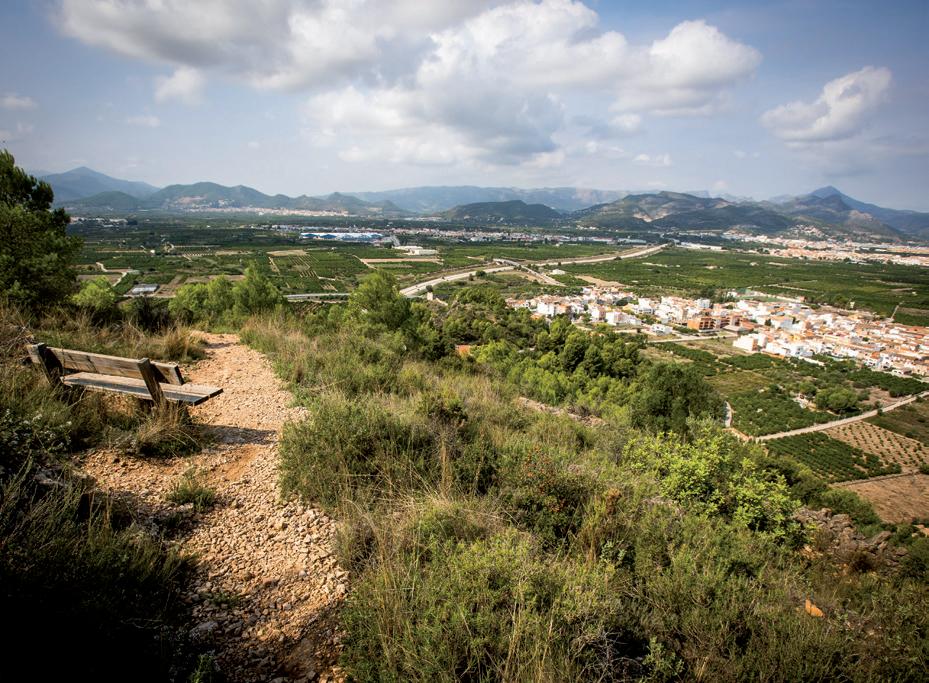
más importantes en la época de la invasión musulmana y que recientemente ha sido restaurado convirtiéndose en "parque arqueológico".
Gracias a las obras de restauración, se han recuperado elementos del castillo que habían desaparecido -hierro y madera- y se ha creado un recorrido con varios miradores desde donde se puede observar tanto la fortaleza como el mar, el marjal, la ciudad, las montañas...
Desde lo alto de la montaña en la que está ubicado el Castillo de Bairen se puede controlar tanto el mar -toda la costa de la Safor y la playa de Gandia- como la llanura con vistas directas a los castillos de Cullera, Oliva y Dénia, lo que antaño permitía la comunicación visual entre los castillos.
Dominating from the top of the Mondúver mountain range and built in layers by the different civilisations that occupied it, the stones of the Castle of Bairen represent the origin of the city of Gandia.
To learn about its history and that of the city, you have to go up the dirt road that leads to the castle. Remains of the Iberian, Roman, Muslim and Christian periods. A route of about 500 metres, along which there are information panels that reconstruct the history of the place and the singularities of the fortress. An excursion whose culmination is the fantastic views of the sea, the orchards and the city of Gandia.
The castle is a large walled fortification that in its day consisted of three parts: a refuge for the population, the castle itself and what is known as the villa , a space occupied by some houses and old rooms. The castle, located on the top of the hill of Sant Joan, has constructions from the Muslim period on the north side
and a rectangular complex with three imposing circular towers on the south.
Access to the walled enclosure is through a beautiful semicircular arched gateway, which takes us into the ruins of this 8th century castle, one of the most important fortresses at the time of the Muslim invasion and which has recently been restored and converted into an "archaeological park". Thanks to the restoration work, elements of the castle that had disappeared - iron and wood - have been recovered and a route has been created with several viewpoints from where you can see both the fortress and the sea, the marshland, the city, the mountains... From the top of the mountain on which Bairen Castle is located, it is possible to control both the sea -the entire Safor coast and Gandia beachand the plain with direct views of the castles of Cullera, Oliva and Dénia, which in the past allowed visual communication between the castles.
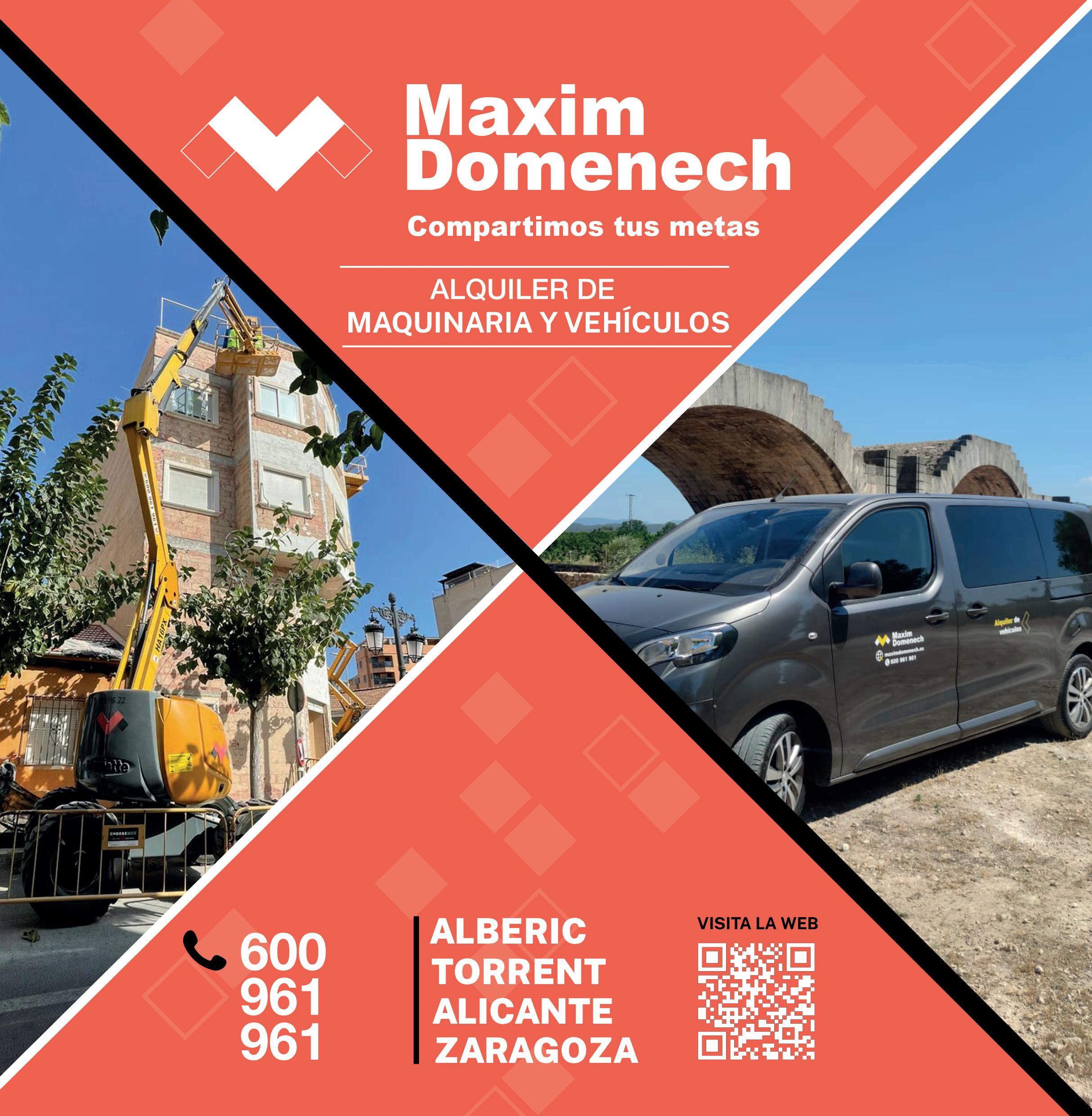
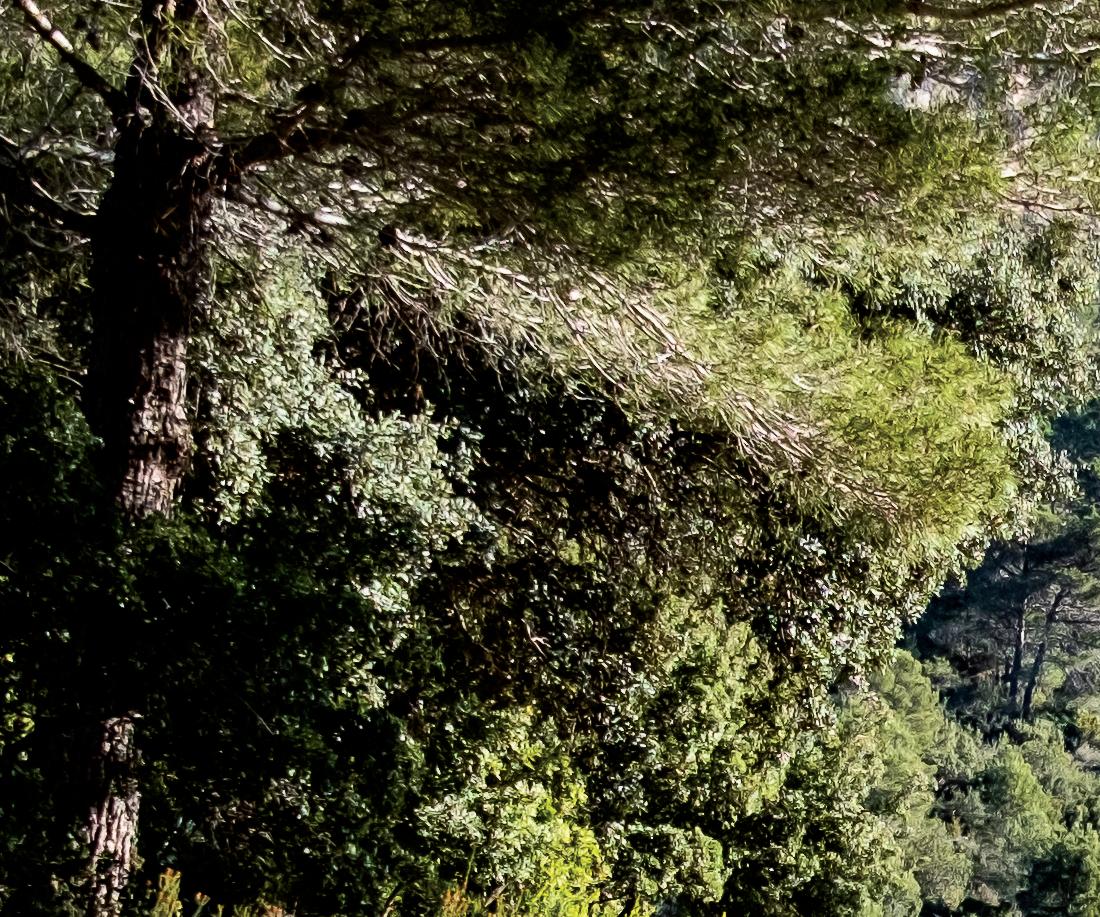
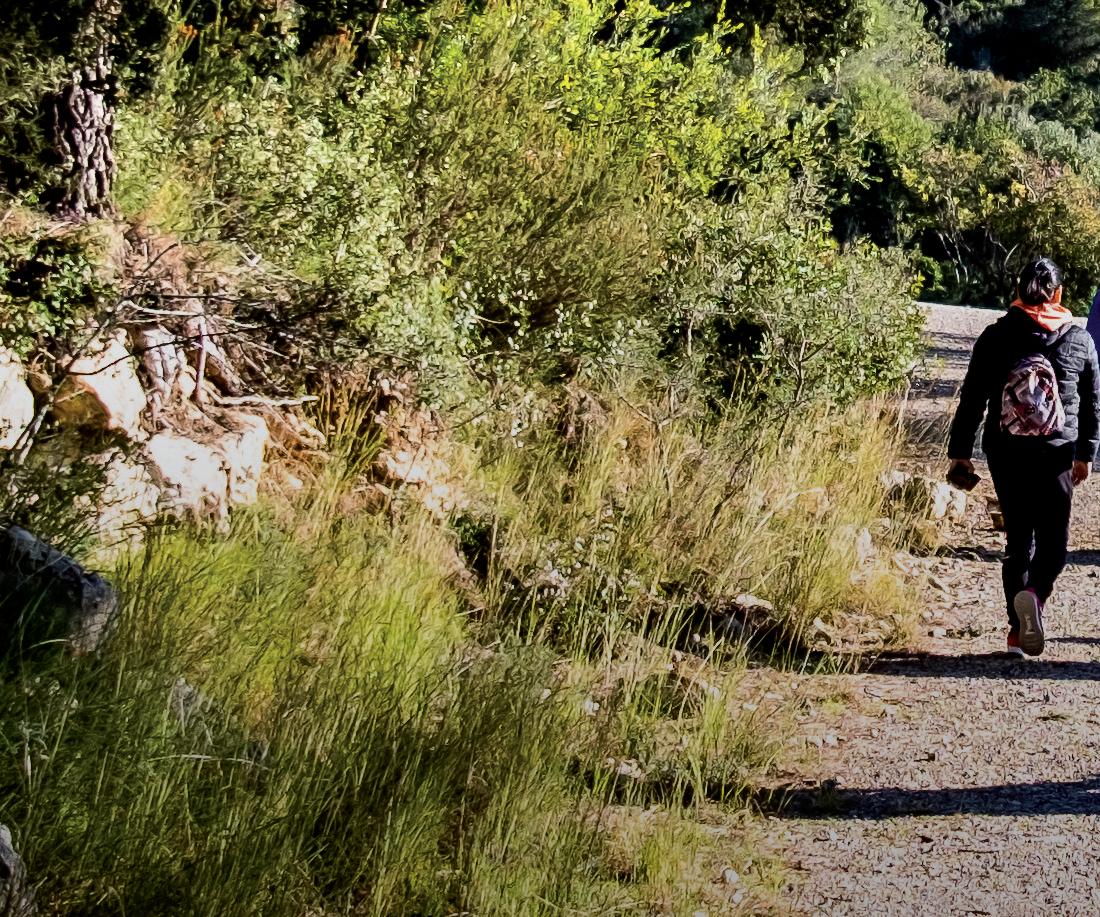

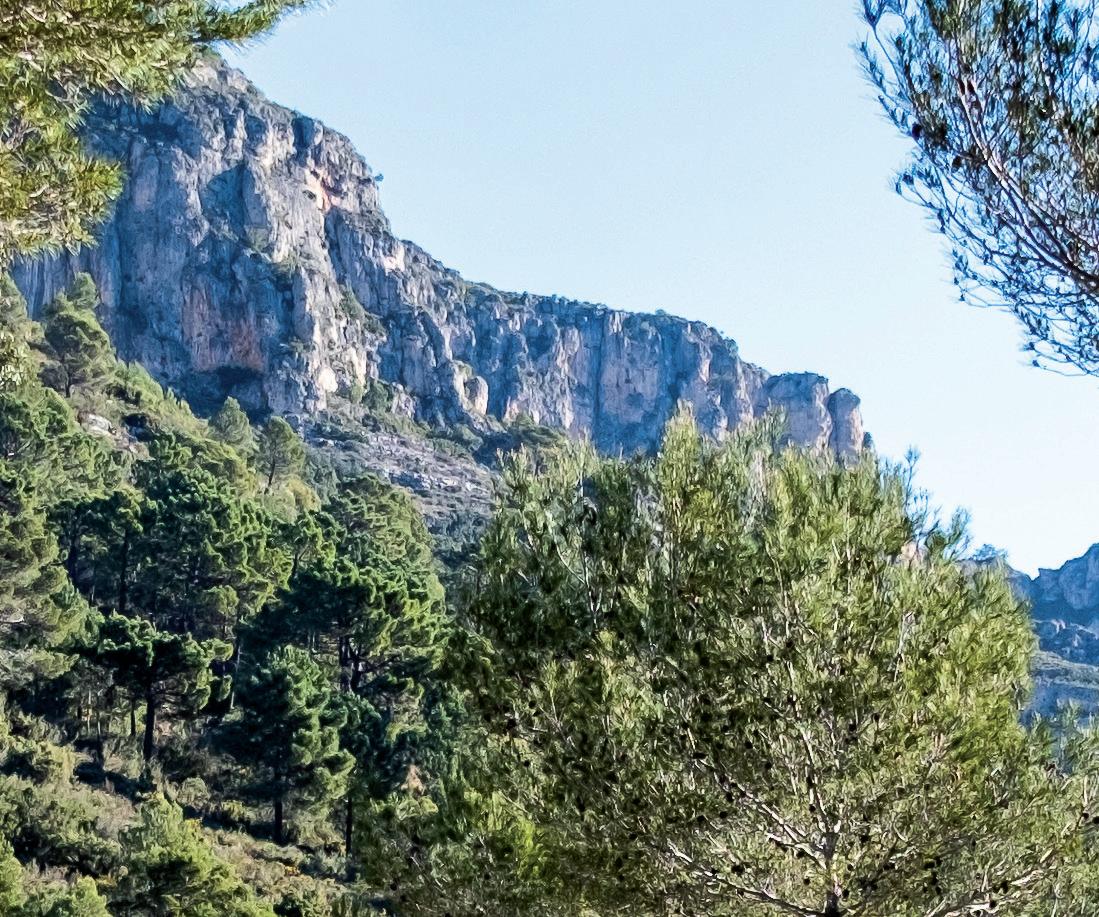
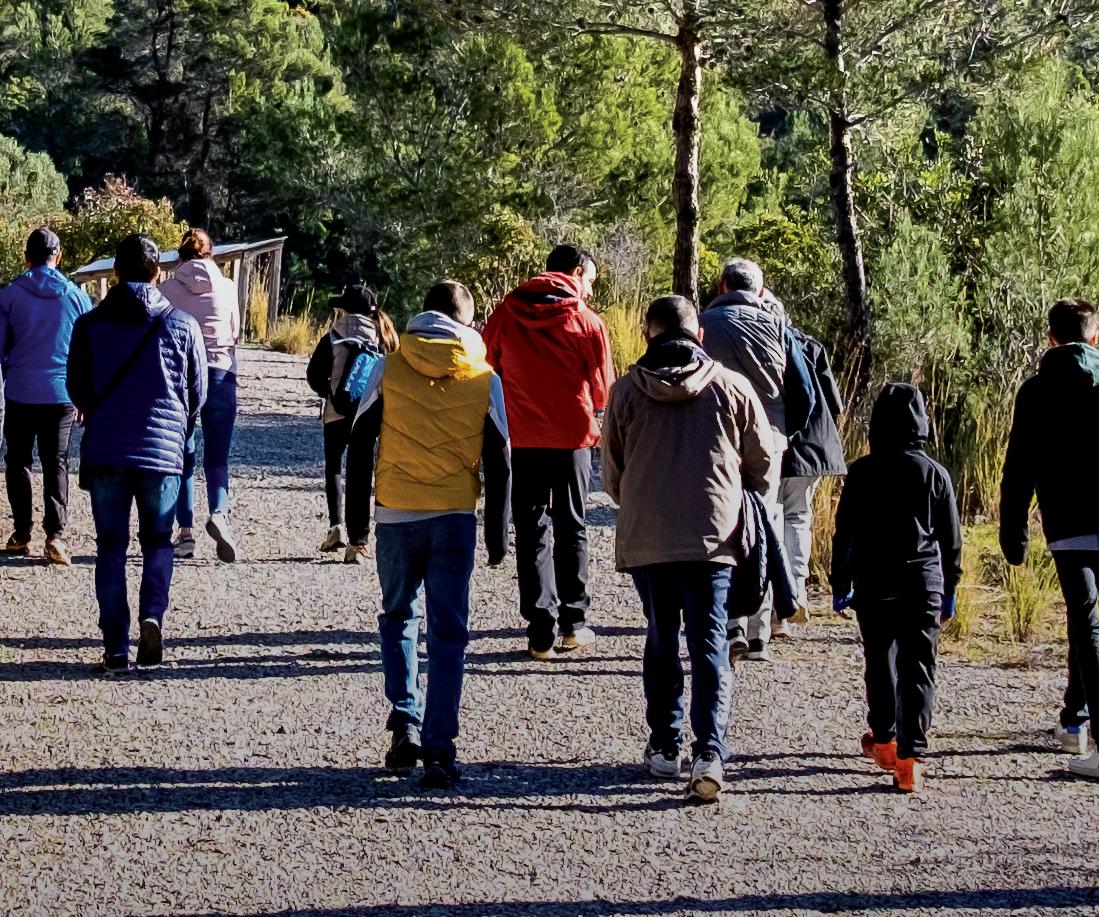
Gandía es un lugar de contrastes, y comparte su paisaje costero con imponentes montañas y sierras como las del Montdúver, el Barranc de l’Infern y el Circ de La Safor donde además de disfrutar de la naturaleza se puede practicar senderismo. Existen diferentes rutas verdes, entre las que destacan la gran cantidad de rutas en la zona de Barx, el trazado del antiguo ferrocarril de Alcoi, y algunas rutas de la Valldigna. Todas las sendas están señalizadas y existen paneles de interpretación para el mejor conocimiento de la zona que visitamos.
Cuenta además con diversas ofertas de ocio ecosaludables, rutas cicloturísticas, ideal para los que quieran conocer el entorno de forma saludable y tranquila.
Así mismo, de obligada visita son los centros de interpretación que tienen la función de ayudar al visitante a interpretar aspectos ambientales del paisaje.
Centro Interpretación Parpalló- Borrell, situado en la Carretera de Barx, desde donde se puede acceder además a la Cova del Parpalló.
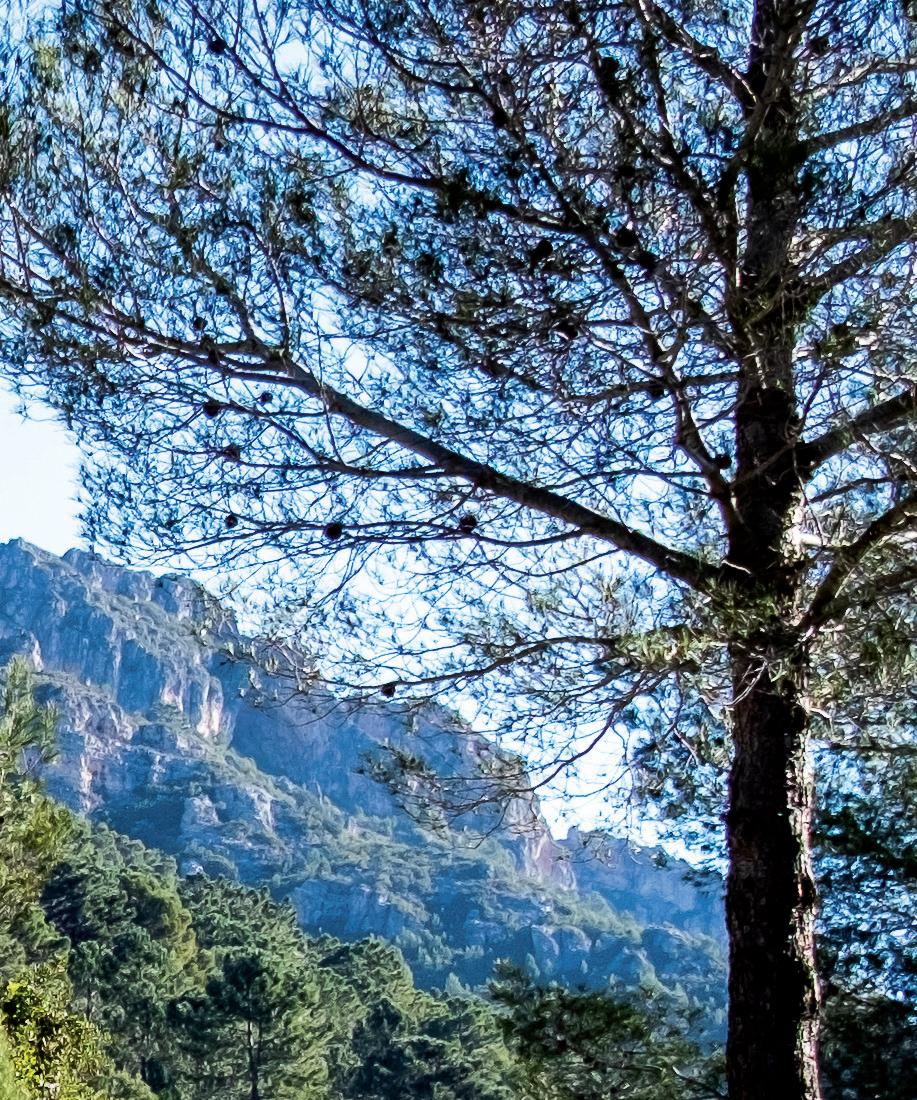
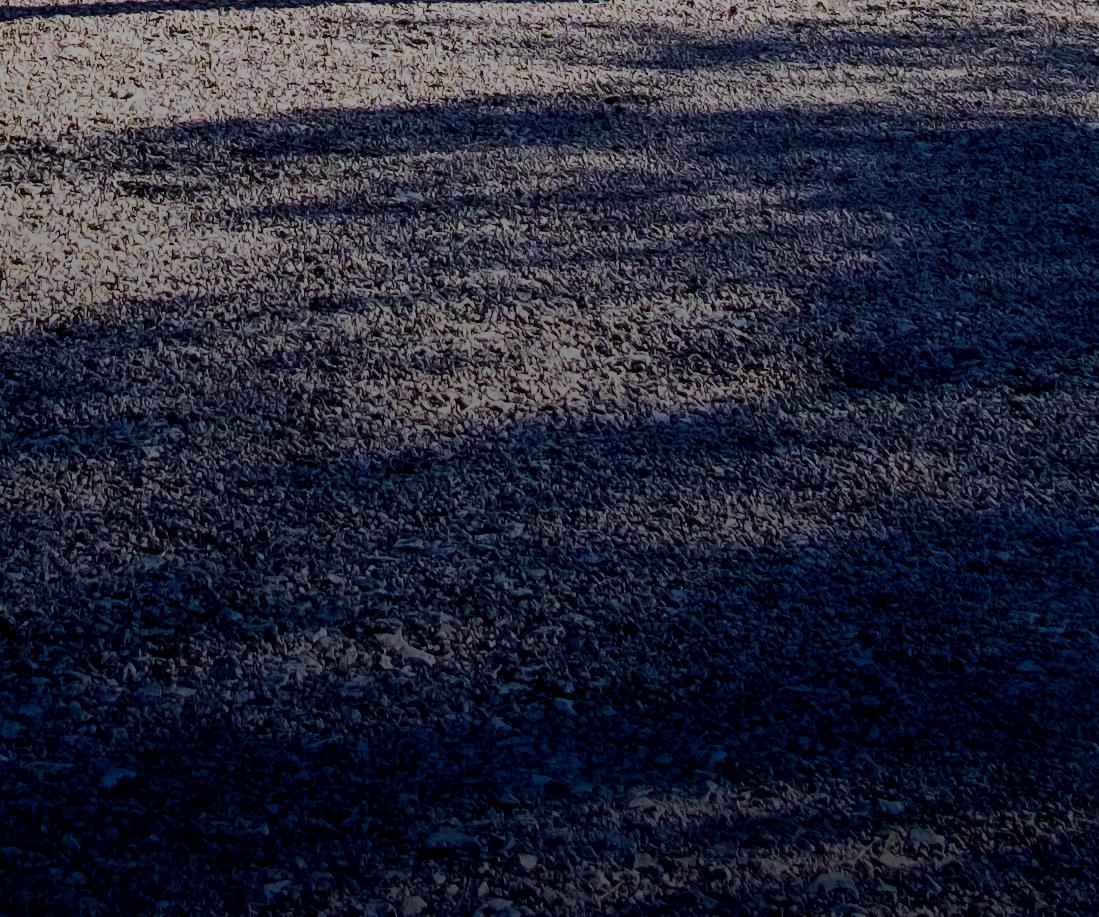
Gandía is a place of contrasts, and shares its coastal landscape with imposing mountains and sierras such as the Montdúver, the Barranc de l'Infern and the Circ de La Safor where, as well as enjoying nature, you can go hiking. There are different green routes, among which we can highlight the many routes in the area of Barx, the route of the old railway of Alcoi, and some routes in the Valldigna. All the trails are signposted and there are interpretation panels for a better understanding of the area we visit.

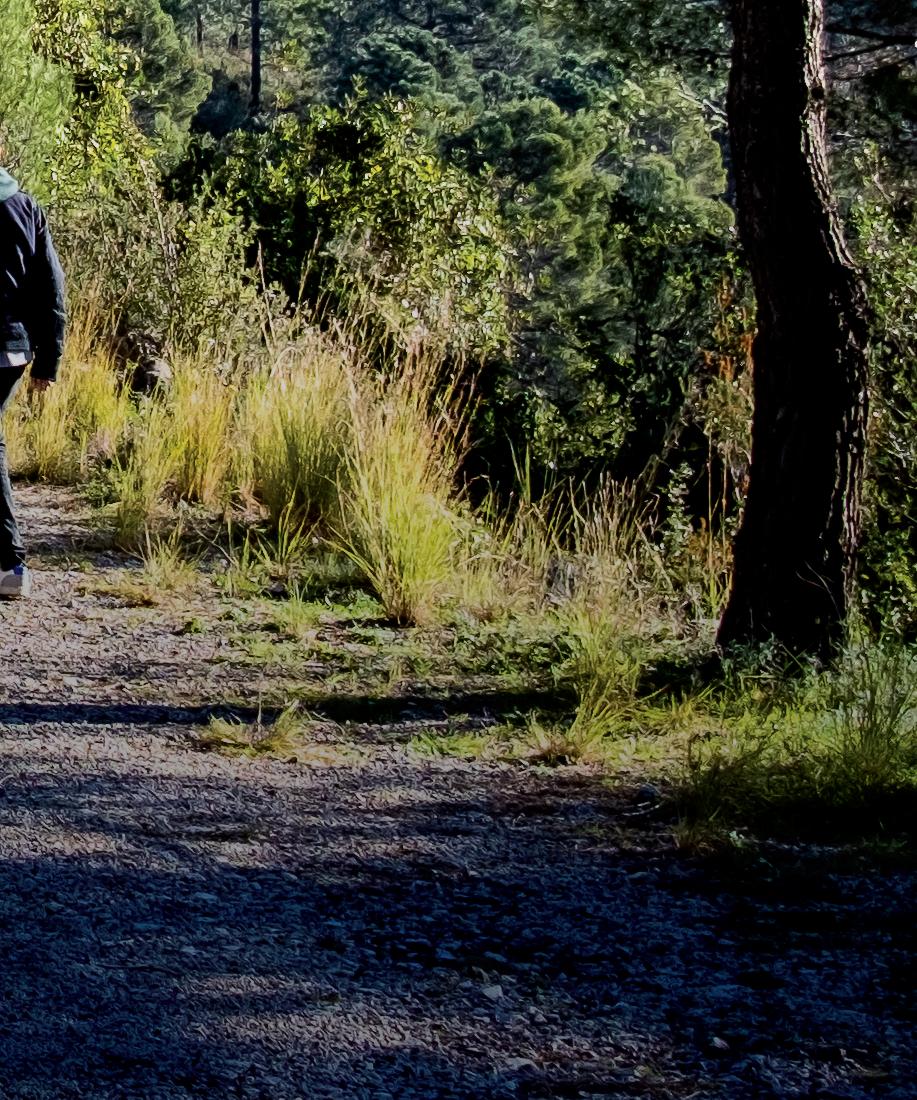
It also has various ecohealthy leisure offers, cycling routes, ideal for those who want to get to know the environment in a healthy and peaceful way.
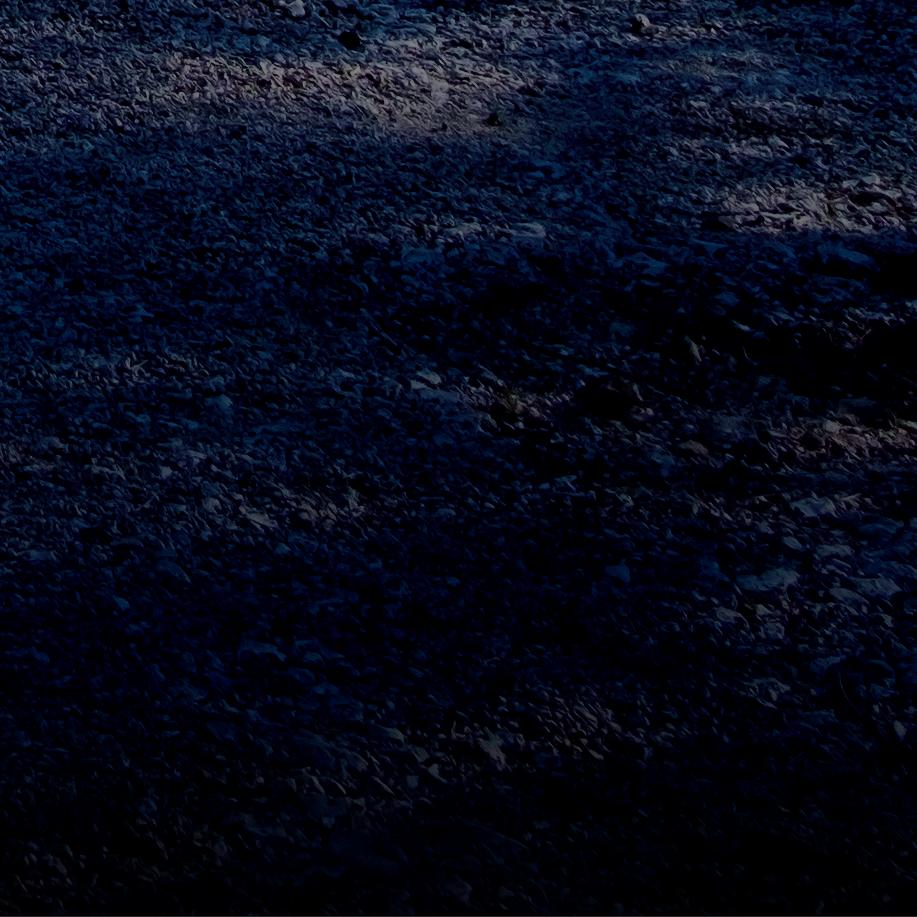
The Interpretation Centres, which help visitors to interpret environmental aspects of the landscape, are also a must-see.
Parpalló-Borrell Interpretation Centre, located on the Barx Road, from where you can also access the Parpalló Cave.
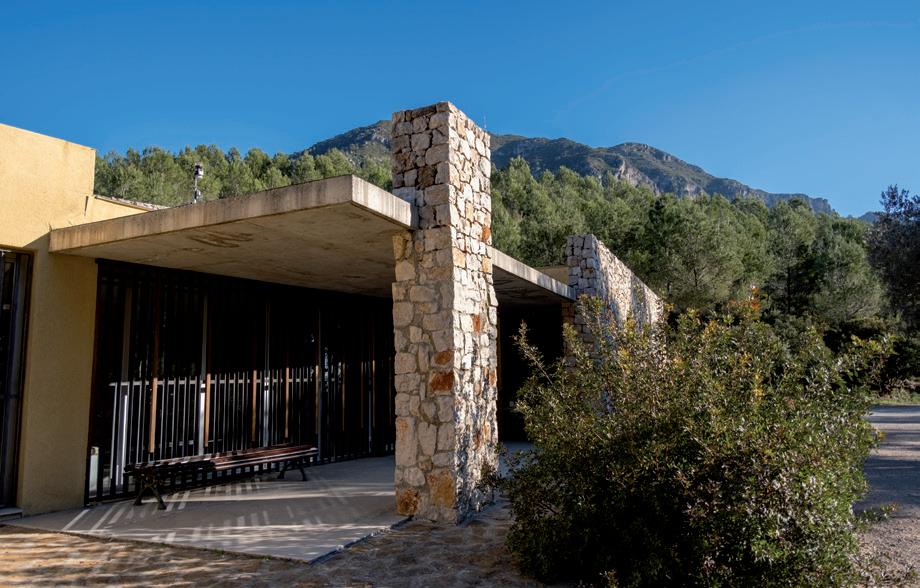
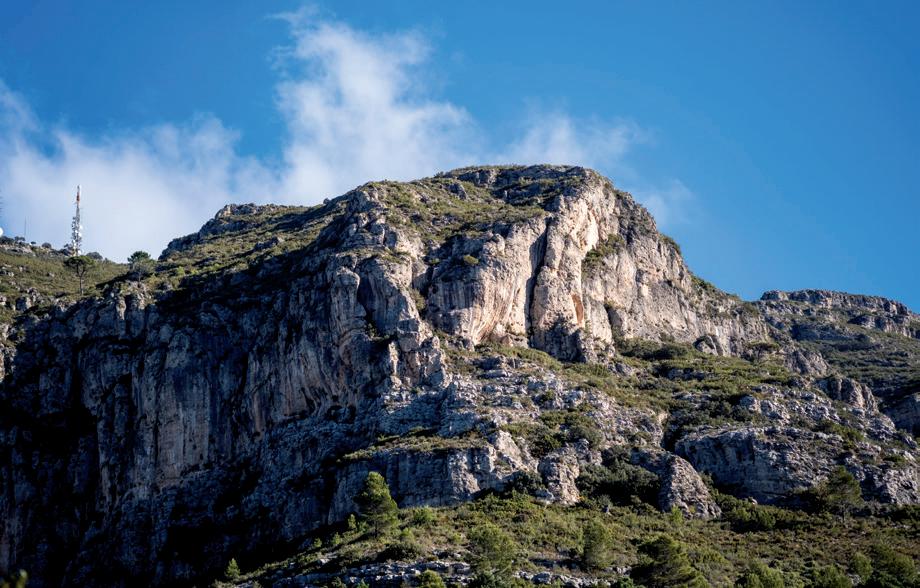
Una de las rutas verdes más destacadas de Gandia es la del Parpalló-Borrell. La senda Parpalló-Font del Garrofer se encuentra ubicada en el Paraje Natural Municipal Parpalló –Borrell, en el término municipal de Gandia (Valencia).
El Paraje Parpalló-Borrell es una zona de gran belleza paisajística, donde las formas de los relieves se combinan con una vegetación típicamente mediterránea.
La acción continuada del agua sobre la roca calcárea ha ido formando barrancos, simas, cuevas y galerías subterráneas que modelan las montañas de nuestro paisaje.
La vegetación presente es típicamente mediterránea. Pero la vegetación más representativa son los matorrales, acompañados de pequeños núcleos de pino blanco, pino marítimo, algarrobos y carrascas.
Este mosaico de vegetación está habitado por fauna de notable interés como el búho real, el águila real, gato serval, ardillas, cerdos seglares, conejos, zorros y gasterópodos endémicos del Macizo de Mondúver, que aportan en conjunto, al Paraje, un valor ecológico, ambiental, paisajístico, botánico y científico de gran singularidad.
Situada dentro del Paraje Parpalló -Borrell, encontramos la Cueva del Parpalló, una de las cuevas más importantes del Paleolítico Superior. Está catalogada como Bien de Interés Cultural (BIC) y se encuentra en proceso para ser
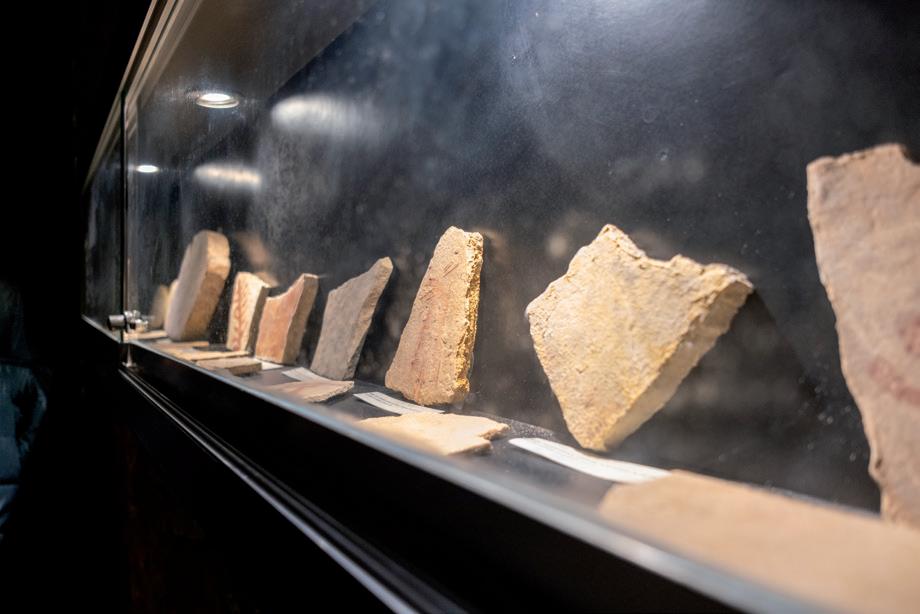
declarada Patrimonio Mundial por la UNESCO. Se trata de uno de los yacimientos arqueológicos más importantes de toda Europa.
Geológicamente la cueva es consecuencia de los fenómenos erosivos del agua sobre la roca calcárea. Estos fenómenos provocan que con el tiempo las fisuras que van produciéndose en la roca, se amplíen y generen cavidades de grandes dimensiones como es el caso de la cueva del Parpalló.
La situación estratégica que presentaba este enclave permitió habitarla y utilizarla como un refugio por el hombre Paleolítico. La zona presenta una ancha cuenca visual que permite poder visualizar manadas de mamíferos que servían de alimento y soporte a los habitantes de la cueva.
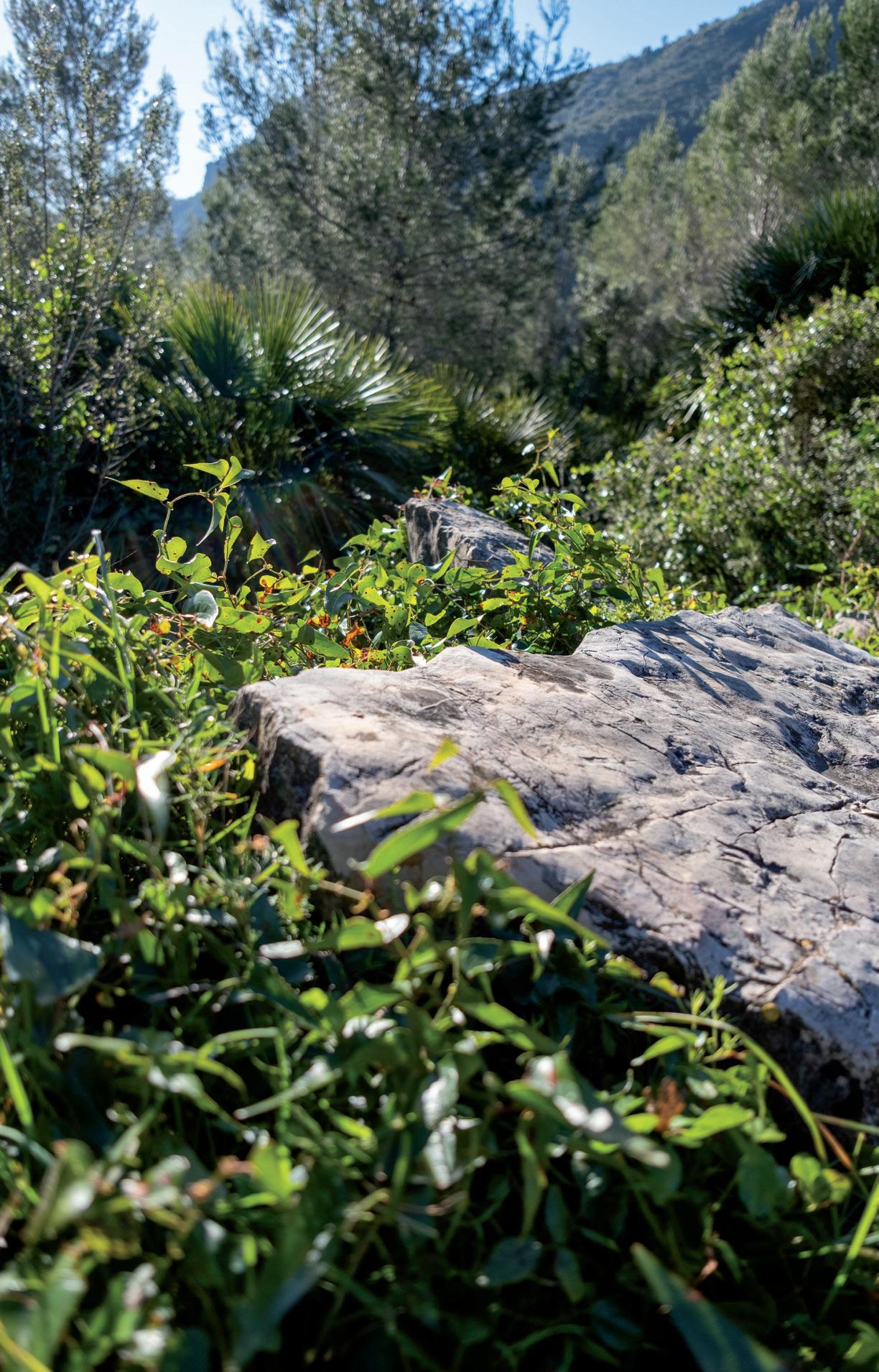
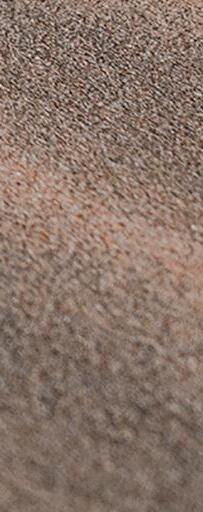
Así como también, poder observar con antelación la posible llegada de enemigos. El agua que emana por diversas fuentes próximas a la cueva también habría influido en la decisión de habitar este abrigo natural.
En sus estratos se han encontrado hasta 6.000 plaquetas calcáreas con dibujos y grabados diversos y un centenar de osos decorados, que han hecho merecedora de ser catalogada como un Bien de Interés Comunitario y de ser conocida como la más representativa del Paleolítico Superior Mediterráneo.
One of the most outstanding green routes in Gandia is the Parpalló-Borrell. The Parpalló-Font del Garrofer path is located in the Parpalló-Borrell Municipal Nature Reserve, in the municipality of Gandia (Valencia).
The Paraje Parpalló-Borrell is an area of great scenic beauty, where the shapes of the reliefs are combined with typical Mediterranean vegetation.
The continuous action of water on the limestone rock has formed ravines, chasms, caves and underground galleries that shape the mountains of our landscape.
The vegetation is typically Mediterranean. But the most representative vegetation is scrubland, accompanied by small patches of white pine, maritime pine, carob and kermes oak. This mosaic of vegetation is inhabited by fauna of notable interest such as the eagle owl, the golden eagle, the serval cat, squirrels, pigs, rabbits, foxes and gastropods endemic to the Mondúver Massif, which together provide the Site with an ecological, environmental, landscape, botanical and scientific value of great singularity.
Located in the Parpalló-Borrell area, we find the Parpalló Cave, one of the most important Upper
Palaeolithic caves. It is listed as an Asset of Cultural Interest (BIC) and is in the process of being declared a World Heritage Site by UNESCO. It is one of the most important archaeological sites in Europe.
Geologically, the cave is the result of the erosive phenomena of water on the limestone rock. These phenomena cause the fissures in the rock to widen over time and generate large cavities, as is the case of the Parpalló cave. The strategic location of this enclave allowed it to be inhabited and used as a refuge by Palaeolithic man. The area has a wide visual basin that allows us to see herds of mammals that served as food and support for the inhabitants of the cave. It is also possible to observe in advance the possible arrival of enemies. The water emanating from various springs near the cave would also have influenced the decision to inhabit this natural shelter.
In its strata, up to 6,000 calcareous plaques have been found with various drawings and engravings and a hundred or so decorated bears, which have made it worthy of being catalogued as an Asset of Community Interest and of being known as the most representative of the Upper Palaeolithic Mediterranean.

Gandia tiene un amplio patrimonio artístico del que disfrutar durante todo el año, una inmensidad de oportunidades para disfrutar de su cultura. El rico legado cultural y patrimonial de Gandia forja su identidad, se refleja en sus tradiciones y se palpa en sus monumentos y edificios, muchos de ellos vinculados a la familia Borja.
En su centro histórico se puede respirar la historia más viva de Europa trasladándote a la época medieval del siglo XV cuando la familia Borja refundó el Gran Ducado de Gandia con monumentos como el Palacio Ducal y la Colegiata.
En pleno centro histórico, se ubica el Palau Ducal, el que fue durante trescientos años la residencia de la dinastía Borja. Una visita en la que viajarás desde el S.XV hasta la actualidad para conocer mejor el legado de la familia, rodeada de leyendas e historias que mezclan la realidad con la ficción.
El Palacio Ducal fue, desde el siglo XIV, la residencia de los duques reales de la Corona de Aragón, y a partir de 1485, de la familia Borja. El Palacio se ideó inicialmente como un castillo urbano de estilo gótico civil y acabó transformado en un cómodo palacio fortificado. El acceso principal al Palacio Ducal es una robusta puerta con arco de medio punto, que junto el zaguán son los elementos más antiguos del palacio gótico. Desde este espacio accedemos directamente a un imponente patio de armas central con unas impresionantes escaleras exteriores por las que acceder a los salones, entre los que cabe destacar el Salón de Coronas y la Galería Dorada, de estilo barroco.
Con la visita al Palacio Ducal, se puede visitar el Espacio de la Emociones, entrada gratuita. Esta sala, prepara al visitante para la visita al Palacio Ducal y explica los aspectos fundamentales de la Historia de Gandia. El visitante realiza un viaje al pasado mediante proyecciones y tecnologías multimedia e interactivas, que muestran la Gandia en el Siglo de Oro de las letras Valencianas y la de los Borja
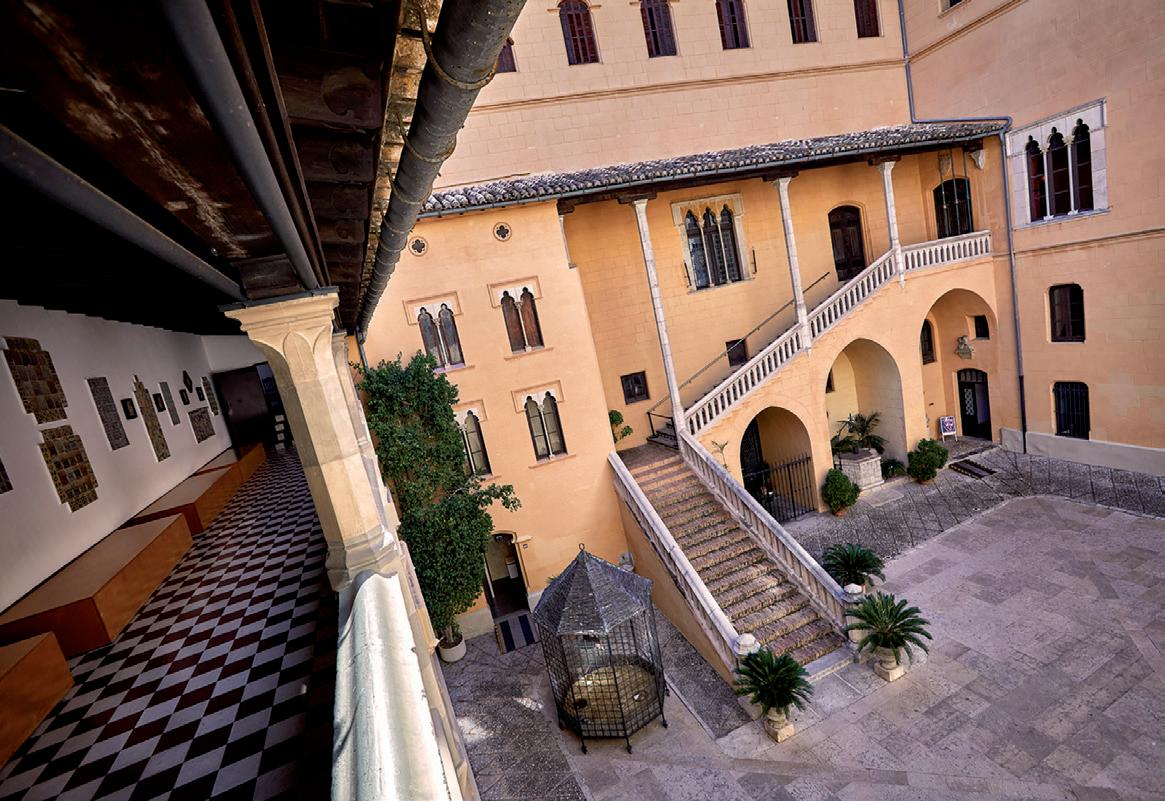
Gandia has a wide artistic heritage to enjoy throughout the year, a wealth of opportunities to enjoy its culture. The rich cultural and patrimonial legacy of Gandia forges its identity, is reflected in its traditions and can be felt in its monuments and buildings, many of them linked to the Borja family.
The Palau Ducal, which was the residence of the Borgia dynasty for three hundred years, is located in the heart of the historic centre. A visit in which you will travel from the 15th century to the present day to learn more about the legacy of the family, surrounded by legends and stories that mix reality with fiction.
The Ducal Palace was, from the 14th century, the residence of the royal dukes of the Crown of Aragon, and from 1485, of the Borja family. The palace was originally designed as an urban castle in civil Gothic style and was eventually transformed into a comfortable fortified palace. The main entrance to the Ducal Palace is a sturdy doorway with a round arch, which together with the entrance hall are the oldest
In its historic centre you can breathe the most vivid history in Europe, taking you back to the medieval times of the 15th century when the Borja family re-founded the Grand Duchy of Gandia with monuments such as the Ducal Palace and the Collegiate Church.
elements of the Gothic palace. From this space we have direct access to an imposing central parade ground with impressive exterior staircases leading to the halls, among which the Crown Hall and the Golden Gallery, in the Baroque style, are particularly noteworthy.
With the visit to the Ducal Palace, you can visit the Space of Emotions , free entrance. This room prepares the visitor for the visit to the Ducal Palace and explains the fundamental aspects of the history of Gandia. The visitor takes a trip to the past through projections and multimedia and interactive technologies, which show the Gandia in the Golden Age of Valencian letters and that of the Borja family.

La Colegiata de Santa María es una impresionante construcción, en el centro de la ciudad, de estilo gótico catalano-aragonés. Su construcción comenzó en el siglo XIV y fue terminada en dos siglos después. Gracias al Papa Alejandro VI, el templo fue elevado a la categoría de Colegiata. Y en 1931, fue declarada Monumento Histórico Nacional. La Colegiata de Santa María consta de una sola nave central con capillas laterales adosadas a los muros. Su estilo arquitectónico austero se suplió con un interior recargado, decorado de retablos, pinturas y esculturas que desgraciadamente desaparecieron durante la Guerra Civil. La Seo de Gandia es en sí una pequeña joya arquitectónica, donde cabe destacar la Puerta Sur o Puerta de Santa María y la Puerta de los Apóstoles, una de las primeras obras de Damián Forment, precursor del Renacimiento en España.
The Collegiate Church of Santa Maria is an impressive building in the centre of the city, in the Catalan-Aragonese Gothic style. Its construction began in the 14th century and was completed two centuries later. Thanks to Pope Alexander VI, the temple was elevated to the status of Collegiate Church. In 1931, it was declared a National Historic Monument. The Collegiate Church of Santa María has a single central nave with side chapels attached to the walls. Its
austere architectural style was compensated with an ornate interior, decorated with altarpieces, paintings and sculptures that unfortunately disappeared during the Civil War. The Seo de Gandia is in itself a small architectural jewel, where the South Gate or Gate of Santa María and the Apostles' Gate, one of the first works by Damián Forment, a precursor of the Renaissance in Spain, are worth mentioning.

El Ayuntamiento de Gandia fue construido en 1778, durante el reinado de Carlos III. Su fachada es de estilo neoclásico y sobre la balaustrada superior vigilan cuatro bustos que representan a las cuatro virtudes que todo buen político debe cumplir: prudencia, templanza, justicia y fortaleza. En 1982 el edificio fue totalmente remodelado, conservando únicamente la fachada del S.XVIII.
The Town Hall of Gandia was built in 1778, during the reign of Carlos III. Its façade is of neoclassical style and on the upper balustrade watch over four busts representing the four virtues that every good politician must fulfil: prudence, temperance, justice and fortitude. In 1982 the building was completely remodelled, conserving only the 18th century façade.
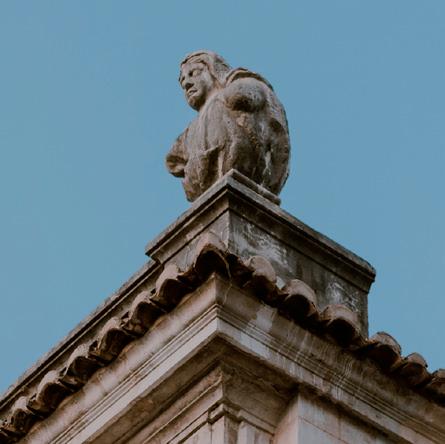
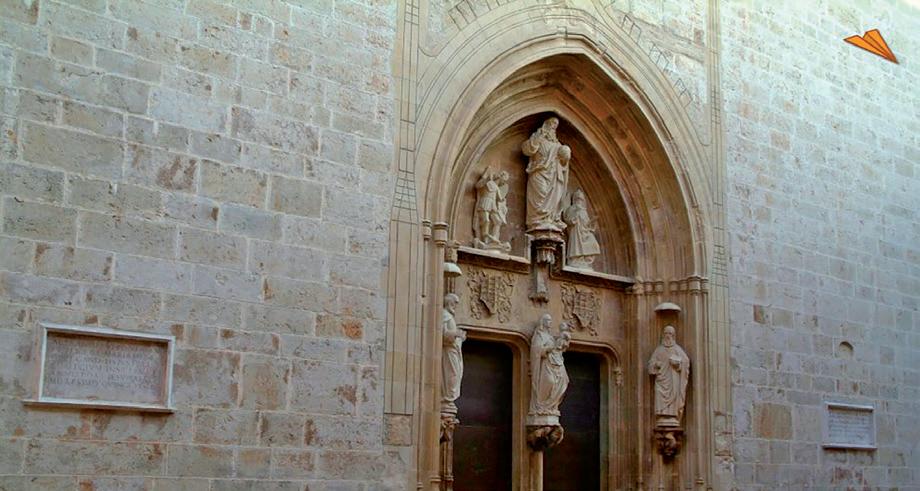
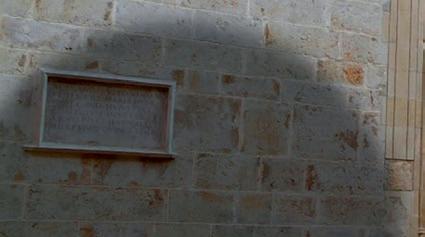
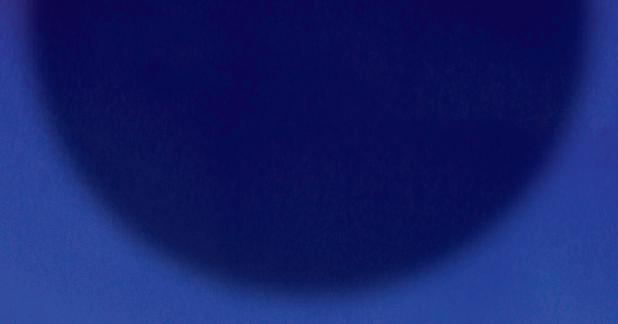
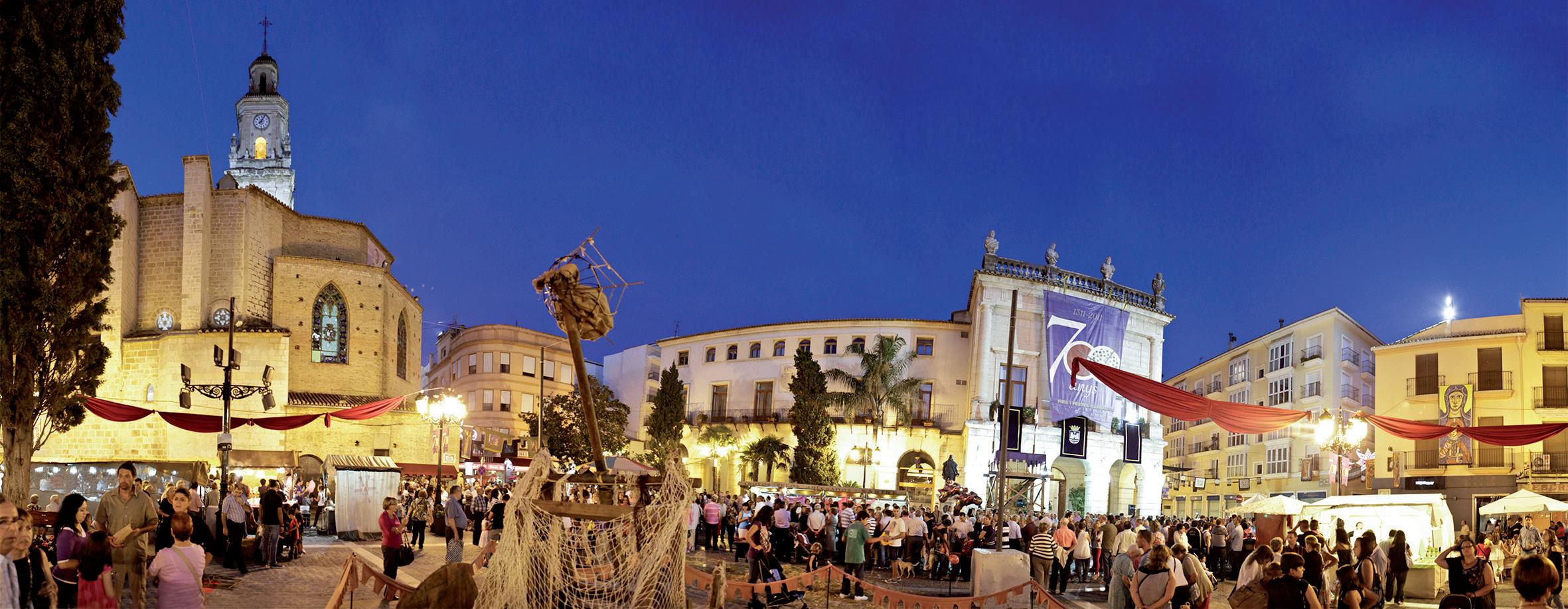
Comunica el centro de la ciudad con el río Serpis y protege de la intemperie los restos de la muralla. La plaza cuenta con un pavimento de madera que dibuja el trazado sobre el que discurre la muralla y en sus laterales destacan los versos de dos grandes poetas valencianos, Vicent Andrés Estellés y Ausiàs March.
It connects the city centre with the river Serpis and protects the remains of the city wall from the weather. The square has a wooden pavement that traces the route along which the wall runs and on its sides the verses of two great Valencian poets, Vicent Andrés Estellés and Ausiàs March, stand out.
Ubicado en el Antiguo Hospital de Sant Marc, un edificio fundado en el S. XIV por el primer Duque de Gandia, Alfons el Vell. De este edificio destacan la Sala de Hombres, con arcos apuntados del primer gótico valenciano y las bóvedas de la Sala de Mujeres, joyas arquitectónicas de visita obligada. Actualmente, el Hospital de Sant Marc, acoge el Museo Arqueológico de Gandia o MAG@.
En tu visita al Museo, profundizarás en la prehistoria de la comarca de la Safor y conocerás su riqueza patrimonial arqueológica a través de las diferentes piezas que hay en el Museo de algunos de los principales yacimientos arqueológicos de Europa.
El Antiguo Hospital, acoge también el Museo de Santa Clara, que acoge una de las colecciones más importantes de arte religioso de la Comunitat Valenciana. Así, harás un recorrido histórico que abarca desde los inicios de la orden y del convento hasta los orígenes de la Familia Borja. Una exposición de obras de arte religioso desde el siglo XV al XVIII, presentado por las hermanas clarisas del Monas-
terio de Santa Clara. Un legado que incluye obras de pintores como Paolo da San Leocadio, Nicolau Falcó, Juan de Juanes, José de Ribera, o de escultores como Pedro de Mena, así como una notable muestra de orfebrería del S. XVI.
Located in the Old Hospital of Sant Marc, a building founded in the 14th century by the first Duke of Gandia, Alfons el Vell. The Men's Room, with its early Valencian Gothic pointed arches, and the vaults of the Women's Room are architectural gems that are a must-see. Nowadays, the Hospital de Sant Marc houses the Archaeological Museum of Gandia or MAG@.
During your visit to the Museum, you will delve into the prehistory of the region of La Safor and you will learn about its rich archaeological heritage through the different pieces in the Museum from
some of the main archaeological sites in Europe.
The Old Hospital is also home to the Museum of Santa Clara, which houses one of the most important collections of religious art in the Valencian Community. You will take a historical journey that spans from the beginnings of the order and the convent to the origins of the Borgia family. An exhibition of works of religious art from the 15th to the 18th century, presented by the Poor Clare Sisters of the Monastery of Santa Clara. A legacy that includes works by painters such as Paolo da San Leocadio, Nicolau Falcó, Juan de Juanes, José de Ribera, and sculptors such as Pedro de Mena, as well as a notable display of 16th century gold and silver work.
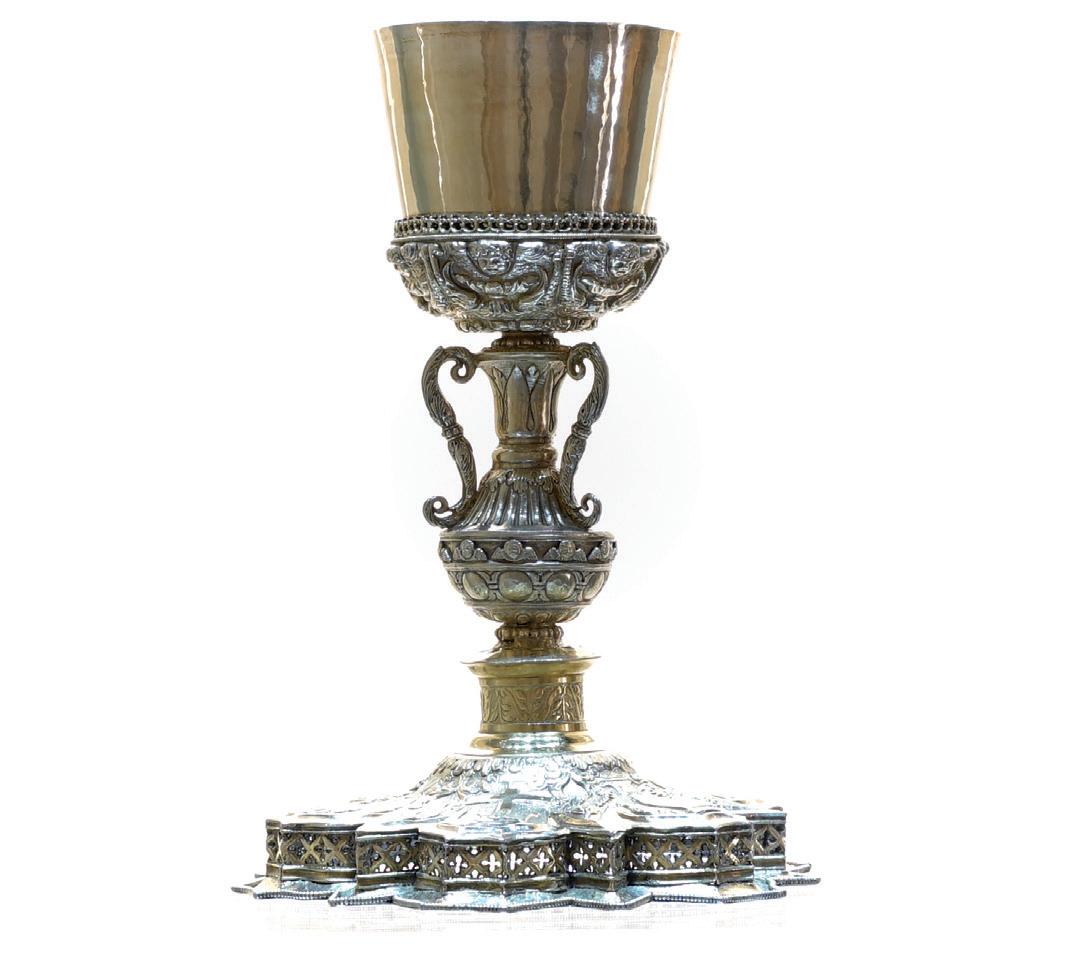
Se trata de un convento de clausura fundado en 1429 por Violant d’Aragó. Fue refundado a mediados del S.XV por un grupo de monjas francesas.
Actualmente sigue habitado.
→ CONVENT OF SANTA CLARA
This is a cloistered convent founded in 1429 by Violant d'Aragó. It was refounded in the mid-15th century by a group of French nuns.
It is still inhabited today.
La Antigua Universidad, de estilo renacentista, fue inicialmente el colegio de San Sebastián, fundado en 1546 en una ermita a extramuros de la ciudad de Gandia, convirtiéndose así, en la primera Universidad de la Compañía de Jesús. La iglesia de la Universidad se construyó entre 1605 y 1637 y el edificio estaba constituido por celdas, un refectorio, una enfermería, las oficinas, las aulas y las academias. Tras la expulsión de los jesuitas en 1767, la Universidad entró en un periodo de decadencia y terminó cerrando en 1772. En 1806, el Ayuntamiento de Gandia cedió el edificio a los Padres Escolapios para abrir un colegio, que existe desde entonces. Actualmente, en los bajos del edificio podemos encontrar la Sala de Exposiciones Municipal Coll Alas, donde se han expuesto obras de importantes artistas contemporáneos. La plaza de las Escuelas Pías, donde está ubicada la Antigua Universidad, está presidida por un conjunto escultórico que rinde homenaje a los miembros más célebres de la familia Borja: los dos papas Borja, Calixto III y Alejandro VI, dos de los hijos de éste, César y Lucrecia Borja, y el IV duque y patrón de la ciudad, Francisco de Borja.
The Old University, in Renaissance style, was initially the college of San Sebastian, founded in 1546 in a hermitage outside the walls of the city of Gandia, thus becoming the first University of the Society of Jesus. The church of the University was built between 1605 and 1637 and the building consisted of cells, a refectory, an infirmary, offices, classrooms and academies. After the expulsion of the Jesuits in 1767, the University entered a period of decline and ended up closing in 1772. In 1806, the Town Council of Gandia gave the building to the Piarist Fathers to open a school, which
has existed ever since. Nowadays, on the ground floor of the building we can find the Coll Alas Municipal Exhibition Hall, where works by important contemporary artists have been exhibited. The Plaza de las Escuelas Pías, where the Old University is located, is presided over by a sculptural ensemble that pays homage to the most famous members of the Borgia family: the two Borgia popes, Calixtus III and Alexander VI, two of their children, César and Lucrecia Borgia, and the 4th Duke and patron saint of the city, Francisco de Borja.
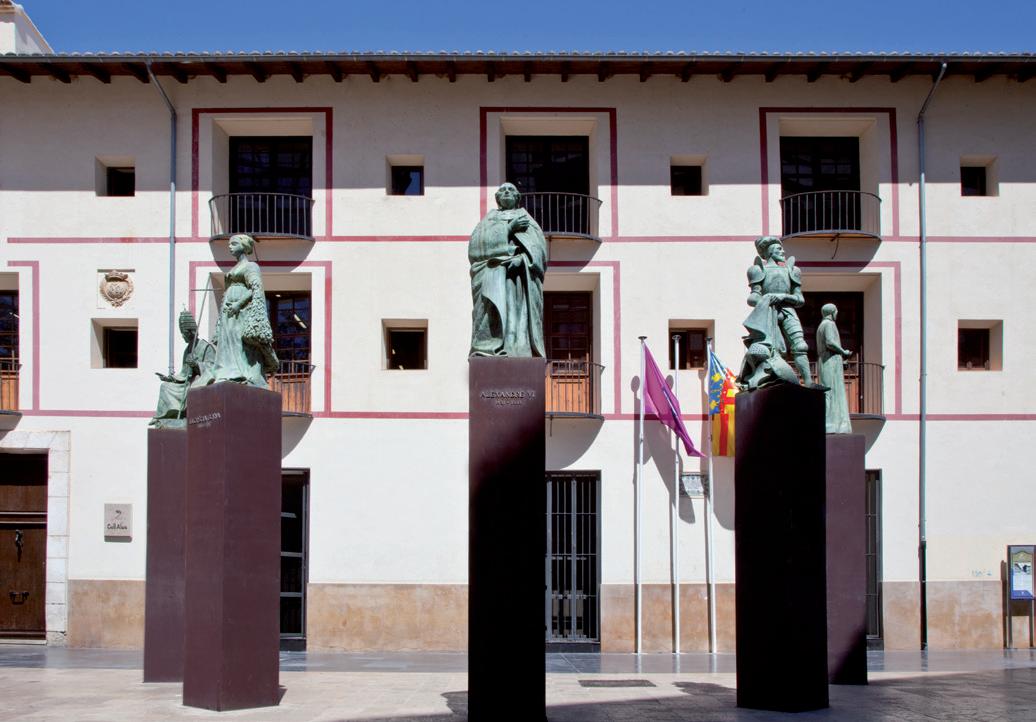
Se construyó en el S. XVIII en el antiguo Convento de Sant Roc. El interior de esta iglesia es de un sencillo barroco canónico, de una sola nave, bóveda de cañón y capillas laterales comunicadas a modo de Galería Claustral. Contiene uno de los pocos retablos barrocos que se conservan en Gandia.
Para celebrar la beatificación de Andrés Hibernón en 1791, se añadió la fachada neoclásica y una capilla lateral. La capilla dedicada al Beato es un ejemplo del neoclásico académico. En abril
En 2022 fue erigida como el santuario del Beato Andrés Hibernón por el cardenal arzobispo de València Antonio Cañizares.
It was built in the 18th century in the former Convent of Sant Roc. The interior of this church is of a simple canonical baroque style, with a single nave, barrel vault and side chapels connected in the form of a cloistered gallery. It contains one of the few Baroque altarpieces preserved in Gandia.
To celebrate the beatification of Andrés Hibernón in
1791, the neoclassical façade and a side chapel were added. The chapel dedicated to the Blessed is an example of the academic neoclassical style. In April
2022 it was erected as the shrine of Blessed Andrés Hibernón by the Cardinal Archbishop of Valencia Antonio Cañizares.
La Casa de Cultura Marqués González de Quirós, más conocida entre los ciudadanos como Casa de la Marquesa, fue construida a finales del siglo XIX por los Valier Lapeyre, una de las familias burguesas más ricas de Gandia. El edificio se diseñó con una estructura defensiva-palatina y consta de una planta baja, la planta noble y un segundo piso. Destacan la escalera interior de mármol y la fantástica barandilla ricamente ornamentada con finos hierros dorados, así como unas imponentes puertas de madera muy trabajadas de hierro forjado como las rejas de las ventanas y los balcones. Cabe destacar también el magnífico jardín romántico con una amplia variedad de especies autóctonas y foráneas que hacen las delicias de los visitantes. En el año 2000, se convirtió definitivamente en la Casa de Cultura de Gandia, y desde entonces cuenta con una programación estable durante todo el año, en la que podemos encontrar exposiciones, conferencias y conciertos.
Dando la bienvenida, en el jardín de la Casa de la Cultura, encontramos el Tío de la Porra, un personaje muy querido en Gandia, sobre todo por los niños, ya que es el encargado de anunciar la llegada de la "Fira i Festes".
The Casa de Cultura Marqués González de Quirós, better known among the citizens as Casa de la Marquesa, was built at the end of the 19th century by the Valier Lapeyre, one of the richest bourgeois families in Gandia. The building was designed with a defensive-Palatine structure and consists of a ground floor, the main floor and a first floor. The interior marble staircase and the fantastic railing richly ornamented with fine gilded ironwork, as well as the imposing wooden doors and the wrought-iron window grilles and balconies are of particular note. It is also worth mentioning
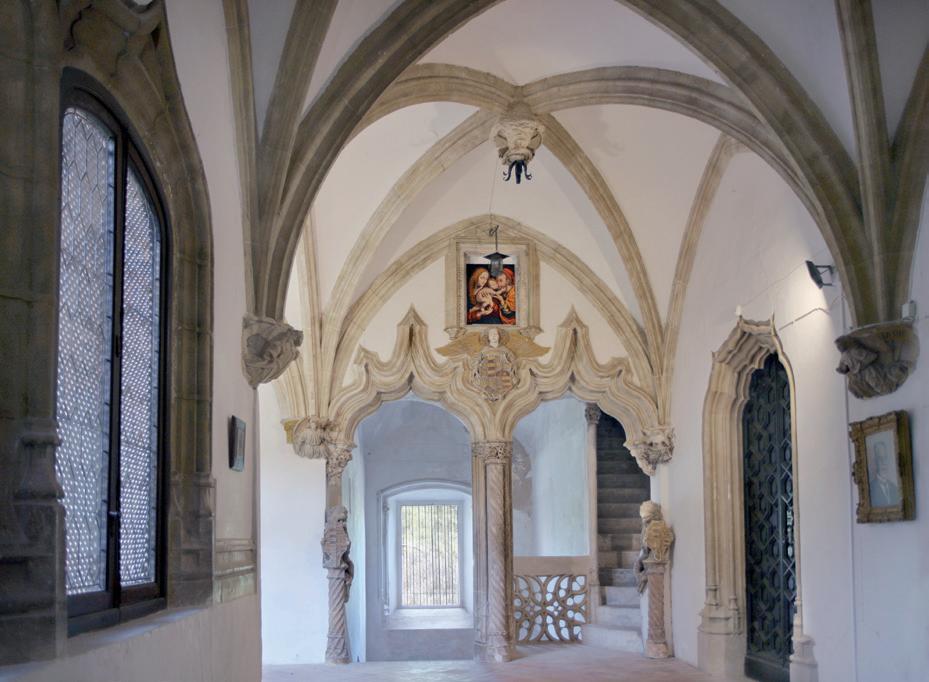
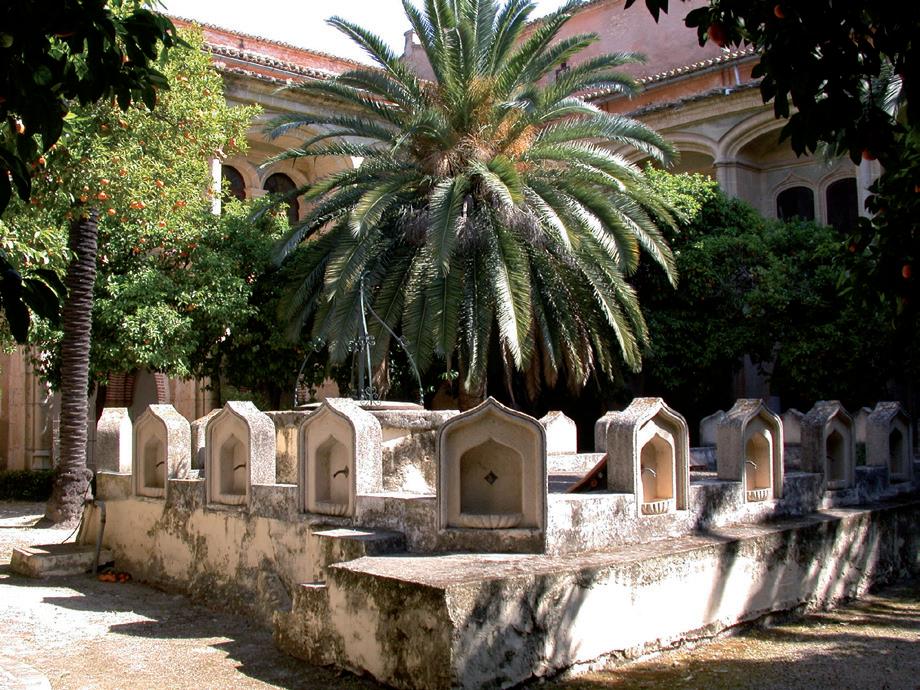
the magnificent romantic garden with a wide variety of autochthonous and foreign species that delight visitors. In the year 2000, it became definitively the House of Culture of Gandia, and since then it has a stable programme throughout the year, in which we can find exhibitions, conferences and concerts.
Welcoming the visitors, in the garden of the Casa de la Cultura, we find the Tío de la Porra, a much loved character in Gandia, especially by children, as he is in charge of announcing the arrival of the "Fira i Festes".
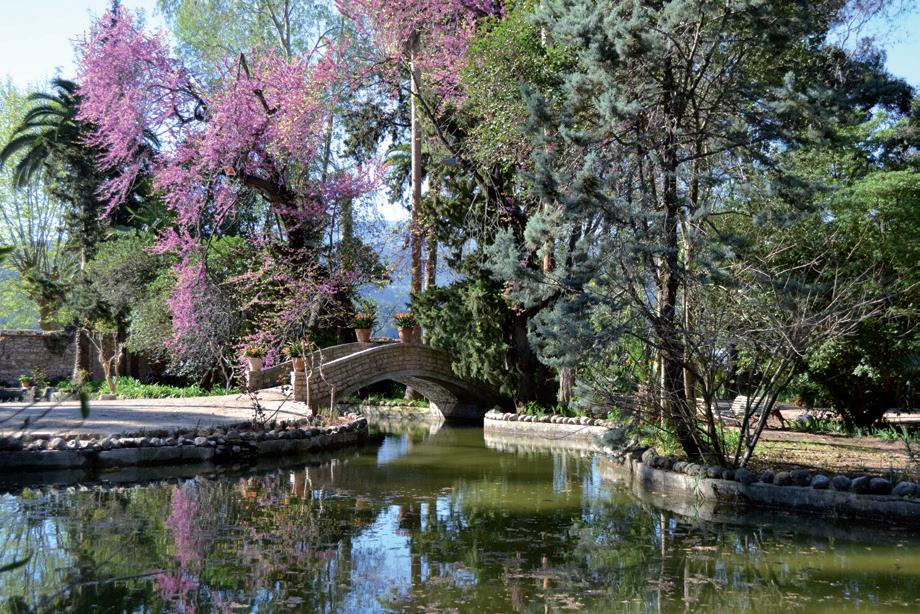
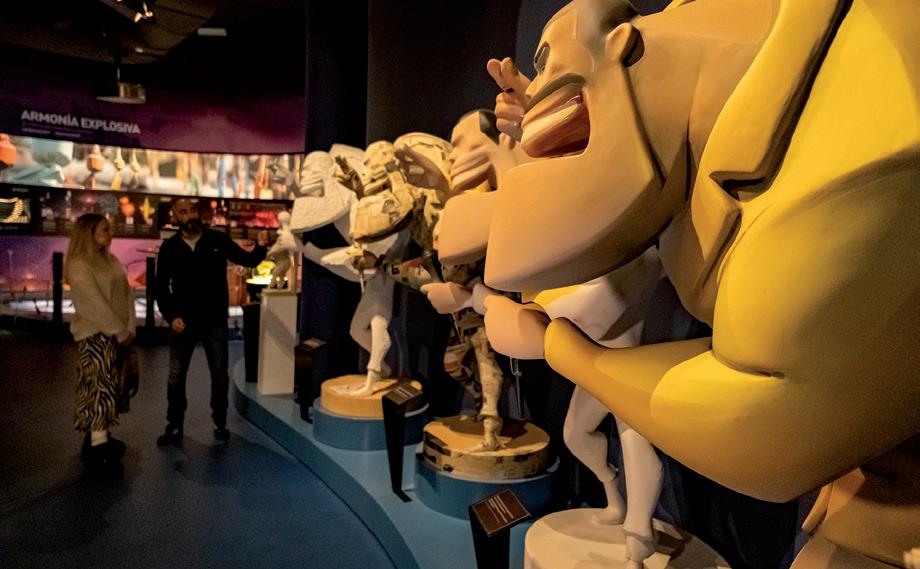
Es una gran explanada abierta a finales del S.XIX donde durante décadas se ubicó el mercado de abastos. Se conserva una de las dos techumbres de hierro que la caracteriza, donde agricultores y comerciantes hacían sus negocios.
Bajo esta cubierta se encuentra, desde 2014, el nuevo mercado municipal formado por 10 puestos y un supermercado.
La plaza cuenta, además, con una zona de juegos infantiles, bancos para tomar el sol y en sus alrededores hay varios pubs, cafeterías y bares para salir de «picaeta».
Durante la construcción del parking subterráneo de dos niveles en la plaza, se encontraron los restos de un antiguo refugio de la guerra civil, que se ha abierto al público. Encontramos una primera parte con paneles explicativos sobre su construcción, entre los años 38-39, para proteger la población de los bombardeos aéreos; y en una segunda parte, el visitante podrá recorrer alrededor de 60 metros.
Se puede visitar una pequeña exposición con carteles explicativos y ver parte del túnel del refugio bajando al segundo nivel del parking.
This is a large esplanade opened at the end of the 19th century where the market was located for decades. One of the two iron roofs that characterise it, where farmers and traders did their business, has been preserved.
Since 2014, the new municipal market has been located under this roof, consisting of 10 stalls and a supermarket.
The square also has a children's play area, benches for sunbathing and in the surrounding area there are several pubs, cafes and bars to go out for a "picaeta".
During the construction of the two-level underground car park in the square, the remains of an old civil war shelter were found, which has now been opened to the public. There is a first part with explanatory panels about its construction, between the years 38-39, to protect the population from aerial bombardments; and in a second part, the visitor will be able to walk around 60 metres.
You can visit a small exhibition with explanatory posters and see part of the shelter tunnel by going down to the second level of the car park.
El Museu Faller de Gandia es un espacio innovador interactivo que presenta en 400 metros cuadrados toda la tradición fallera gandiense: la magia del fuego, la elaboración de los monumentos falleros (ninots) y el mundo de luz y pólvora de la pirotécnica (mascletàs). Cabe destacar la importante exposición de la indumentaria típica valenciana del siglo XVIII y XIX, donde las peinetas, los aderezos y el blusón fallero son los protagonistas. El recorrido enseña la historia de las fallas y las fases de confección de un ninot, desde el diseño del boceto hasta la maqueta inicial de lo que, en unos meses, el día de San José, el 19 de marzo, se convertirá en un monumento fallero y, unas horas después, se purificará con el fuego.
The Museu Faller de Gandia is an innovative interactive space that presents in 400 square metres the whole Fallas tradition in Gandia: the magic of fire, the elaboration of the Fallas monuments (ninots) and the world of light and gunpowder of the pyrotechnics (mascletàs). It is worth mentioning the important exhibition of the typical Valencian costumes of the
18th and 19th centuries, where the combs, the dresses and the Fallas blouse are the protagonists. The route shows the history of the Fallas and the phases of the making of a “ninot”, from the design of the sketch to the initial model of what, in a few months, on Saint Joseph's Day, 19th March, will become a “fallero” monument and, a few hours later, will be purified by fire.
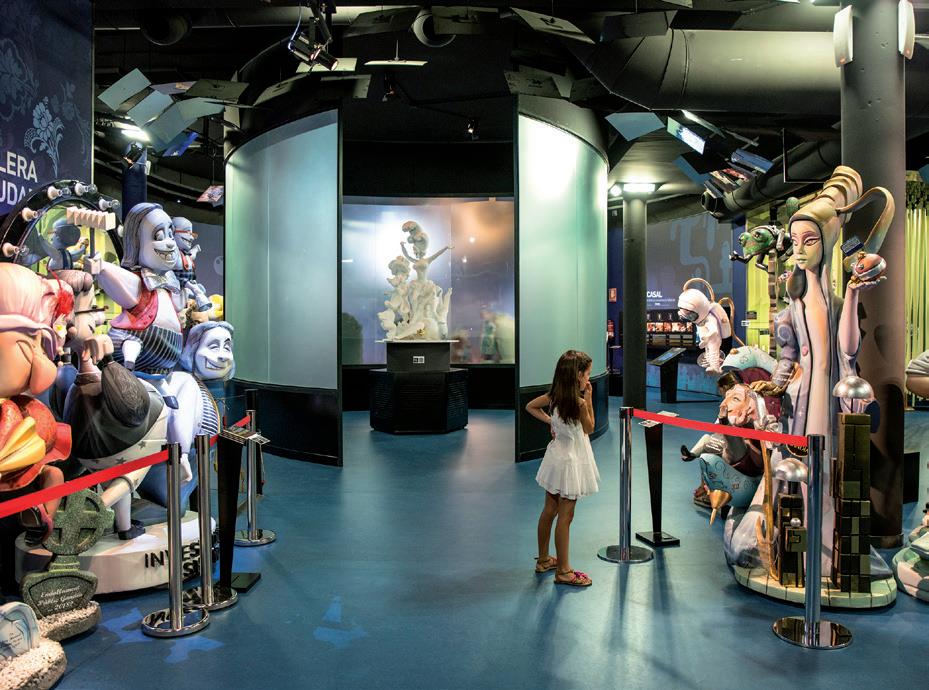
Gandia es el destino perfecto donde la tradición, la fiesta y el espectáculo se unen para ofrecer a los visitantes el verdadero sabor de una ciudad que vive sus fiestas durante todo el año. Recibir la primavera explosivamente con las fallas, pasar el día más largo del año junto al fuego de San Juan o embriagarse del otoño con el sonido de los tambores del día de la porra.
Sea como sea, en Gandia aburrirse queda totalmente descartado.
Gandia is the perfect destination where tradition, fiesta and spectacle come together to offer visitors the true flavour of a city that lives its fiestas all year round. Welcome spring explosively with the Fallas, spend the longest day of the year next to the fire of San Juan or get
intoxicated by the autumn with the sound of the drums on the day of the baton.
Whatever the case may be, in Gandia boredom is totally out of the question.
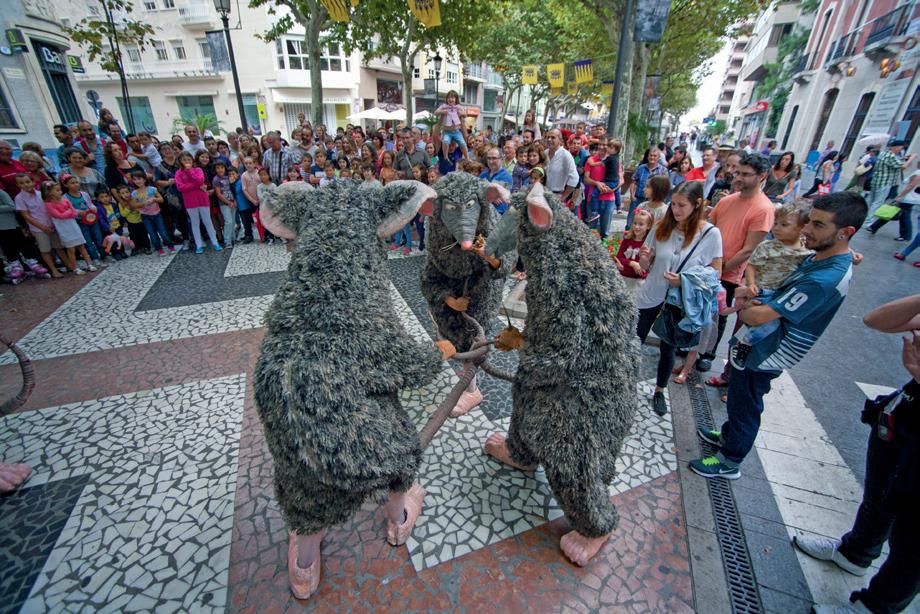
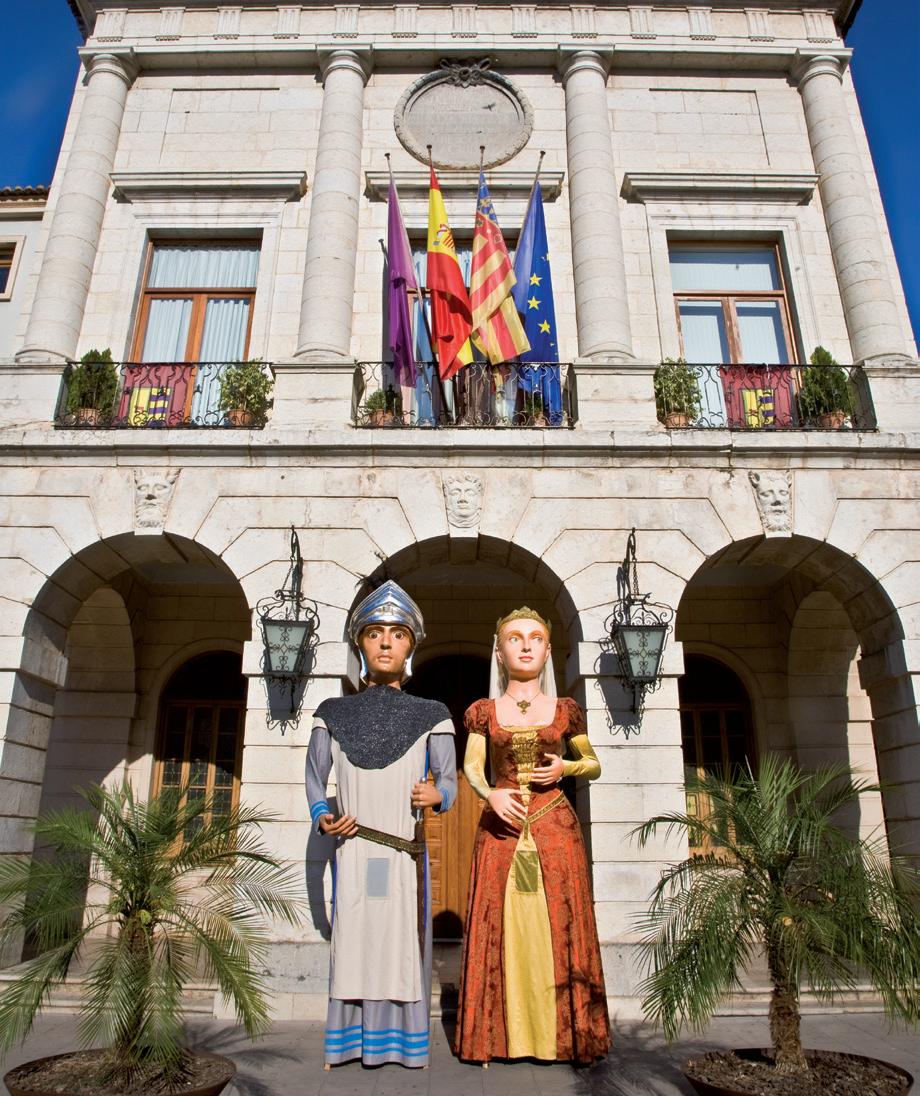
La Fira i Festes de Gandia son las fiestas patronales de la ciudad en honor a San Francisco de Borja. Estas celebraciones tienen lugar del 28 de septiembre al 3 de octubre, día del patrón. El origen de la feria se remonta al año 1310, cuando Jaume II otorgó a la ciudad el privilegio de celebrar un mercado anual. Actualmente se recrea este mercado medieval por todo el casco antiguo de la ciudad, donde se pueden encontrar actividades y juegos tradicionales, actuaciones musicales, teatros y animaciones de calle para todos los públicos y todas las edades. El personaje protagonista de la Fira i Festes es el Tio de la Porra, un personaje que parodia a los soldados franceses, que saca a los niños de los colegios a ritmo de los tambores marcando el inicio de estas fiestas.
The Fira i Festes de Gandia are the patron saint festivities of the city in honour of San Francisco de Borja. These celebrations take place from 28 September to 3 October, the patron saint's day. The origin of the fair dates back to 1310, when James II granted the city the privilege of holding an annual market. Nowadays this medieval market is recreated throughout the old quarter of the
city, where you can find traditional activities and games, musical performances, theatres and street entertainment for all audiences and all ages. The main character of the Fira i Festes is the Tio de la Porra, a character that parodies the French soldiers, who leads the children out of the schools to the rhythm of the drums, marking the beginning of the festivities.
Las Fallas de Gandia se celebran en Gandia desde finales del siglo XIX. Esta fiesta típica valenciana tiene lugar entre el 16 y el 19 de marzo cuando el visitante puede disfrutar de los numerosos monumentos falleros y de la animación de la calle. Cada una de las 23 comisiones planta un monumento con ninots de cartón piedra que satirizan los acontecimientos más recientes de la sociedad. Las calles se llenan de música y los falleros desfilan en innumerables pasacalles, vestidos con la indumentaria tradicional valenciana. Además, las Fallas de Gandia, a través de un decreto, han sido declaradas en 2015 Bien de Interés Cultural Inmaterial por el pleno del Consell de la Generalitat.
Algunos de los actos más emblemáticos son: el bautizo, la entrega de premios, la ofrenda de flores a la Virgen de los Desamparados, la mascletà... La fiesta culmina con la Nit de la Cremà, cuando todas las fallas arden, iluminando la noche de San José. Durante el resto del año, se puede visitar el Museu Faller, donde gracias a modernas tecnologías multimedia, se reproducen los momentos más especiales de las Fallas y se puede descubrir toda la artesanía ligada a esta fiesta.
The Fallas of Gandia have been celebrated in Gandia since the end of the 19th century. This typical Valencian festival takes place between the 16th and 19th of March when visitors can enjoy the numerous Fallas monuments and street entertainment.
Each one of the 23 commissions plants a monument with papier-mâché ninots that satirise the most recent events in society.
The streets are filled with music and the falleros parade in countless parades, dressed in traditional Valencian costume. In addition, the Fallas of Gandia, through a decree, have been declared in 2015 as an Intangible Cultural In-
terest by the plenary of the Consell de la Generalitat.
Some of the most emblematic events are: the christening, the award ceremony, the offering of flowers to the Virgen de los Desamparados, the mascletà....
The festival culminates with the Nit de la Cremà, when all the Fallas burn, illuminating the night of San José.
During the rest of the year, you can visit the Museu Faller, where, thanks to modern multimedia technology, the most special moments of the Fallas are reproduced and you can discover all the craftsmanship linked to this festival.
La Semana Santa de Gandia, declarada de Interés Turístico Nacional, se celebra en la ciudad desde finales del siglo XIX, aunque sus orígenes son medievales.
De lunes a domingo se realizan numerosas procesiones, que recorren la ciudad y donde los diferentes pasos escenifican la pasión de Cristo. De toda la semana, destacamos la noche del Viernes Santo y su Procesión del Santo Entierro y la mañana del Domingo de Resurrección con la celebración del Santo Encuentro de Jesús resucitado con la Virgen María.
Easter Week in Gandia, declared of National Tourist Interest, has been celebrated in the city since the end of the 19th century, although its origins date back to the Middle Ages.
From Monday to Sunday there are numerous processions that go around the city and where the different “pasos” (floats) stage the Passion of Christ. Of the whole week, we would highlight the night of Good Friday and its Procession of the Holy Burial and the morning of Easter Sunday with the celebration of the Holy Meeting of the risen Jesus with the Virgin Mary.
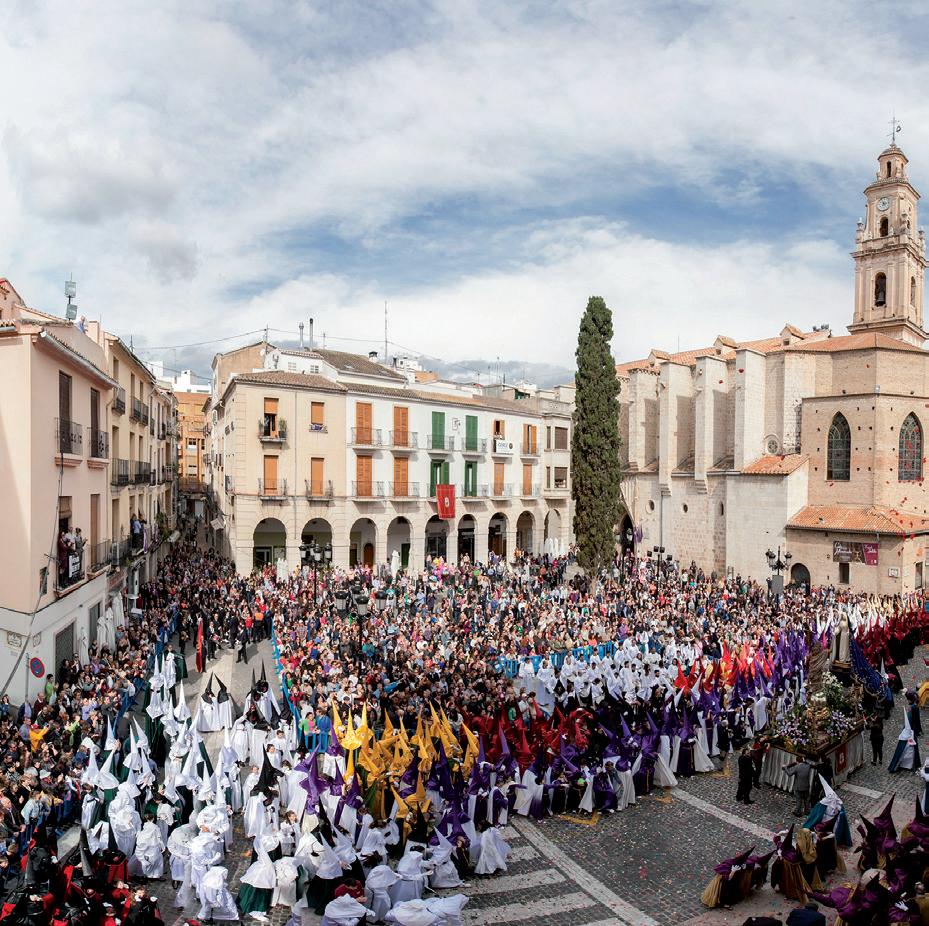
La Fiesta del Corpus Christi se celebra en Gandia desde 1391. La procesión del Corpus gandiense recorre las principales calles de la ciudad. Danzas y personajes de origen medieval como los gigantes y cabezudos (los Cavallets, los Arquets, la Magrana y la Moma) preceden a la sagrada imagen.
The Feast of Corpus Christi has been celebrated in Gandia since 1391. The procession of Corpus Christi goes through the main streets of the city. Dances and
characters of medieval origin such as the giants and big-heads (the Cavallets, the Arquets, the Magrana and the Moma) precede the sacred image.
La noche del 23 al 24 de junio, a medianoche, miles de personas acuden a la playa y encienden hogueras en la arena. Es una tradición saltar sobre las brasas y las 7 primeras olas del mar a partir de la hora bruja, para pedir un deseo y así seguir la tradición de una noche mágica e inolvidable.
On the night of 23rd to 24th June, at midnight, thousands of people flock to the beach and light bonfires on the sand. It is a tradition to jump over the embers and the first 7 waves of the sea after the witching hour, to make a wish and thus follow the tradition of a magical and unforgettable night.
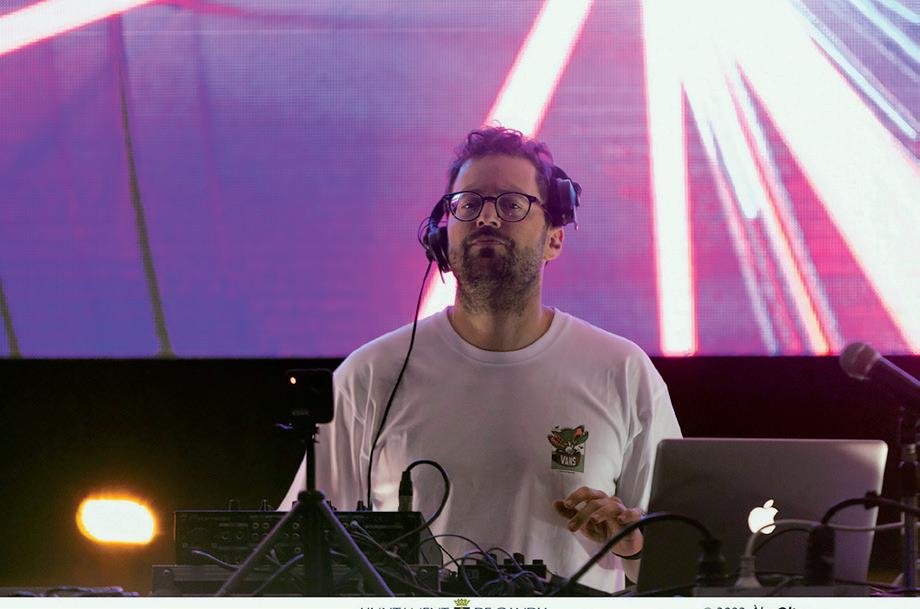

El 16 de julio, y en honor a la Virgen del Carmen, patrona de los marineros, se celebra en el Grao de Gandia (zona del Puerto) una fiesta marinera muy peculiar. El momento álgido de estas fiestas es la celebración de la procesión marítima.
On the 16th of July, in honour of the Virgen del Carmen, patron saint of sailors, a very peculiar seafaring festival is celebrated in the Grao de Gandia (Port area). The highlight of these festivities is the celebration of the maritime procession.
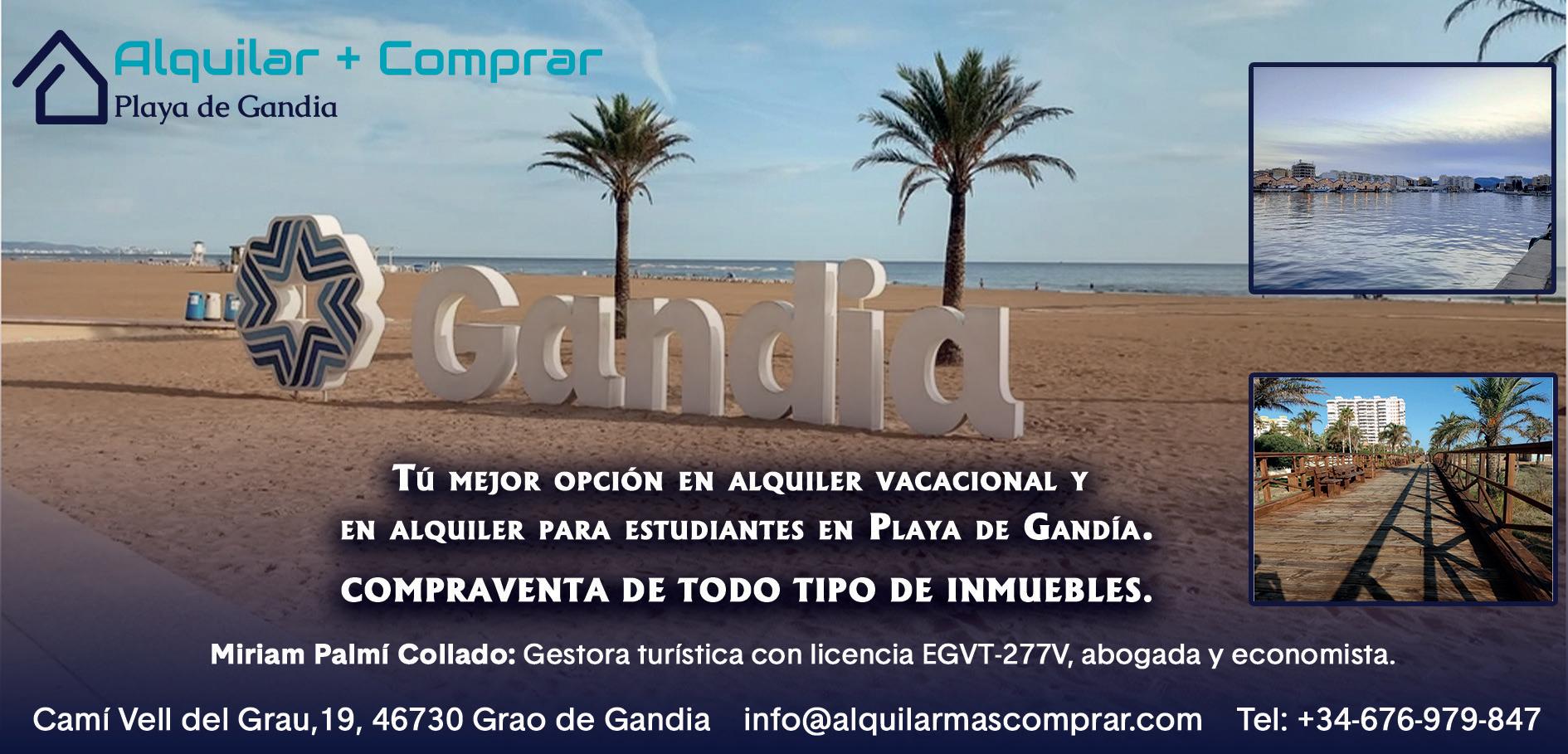


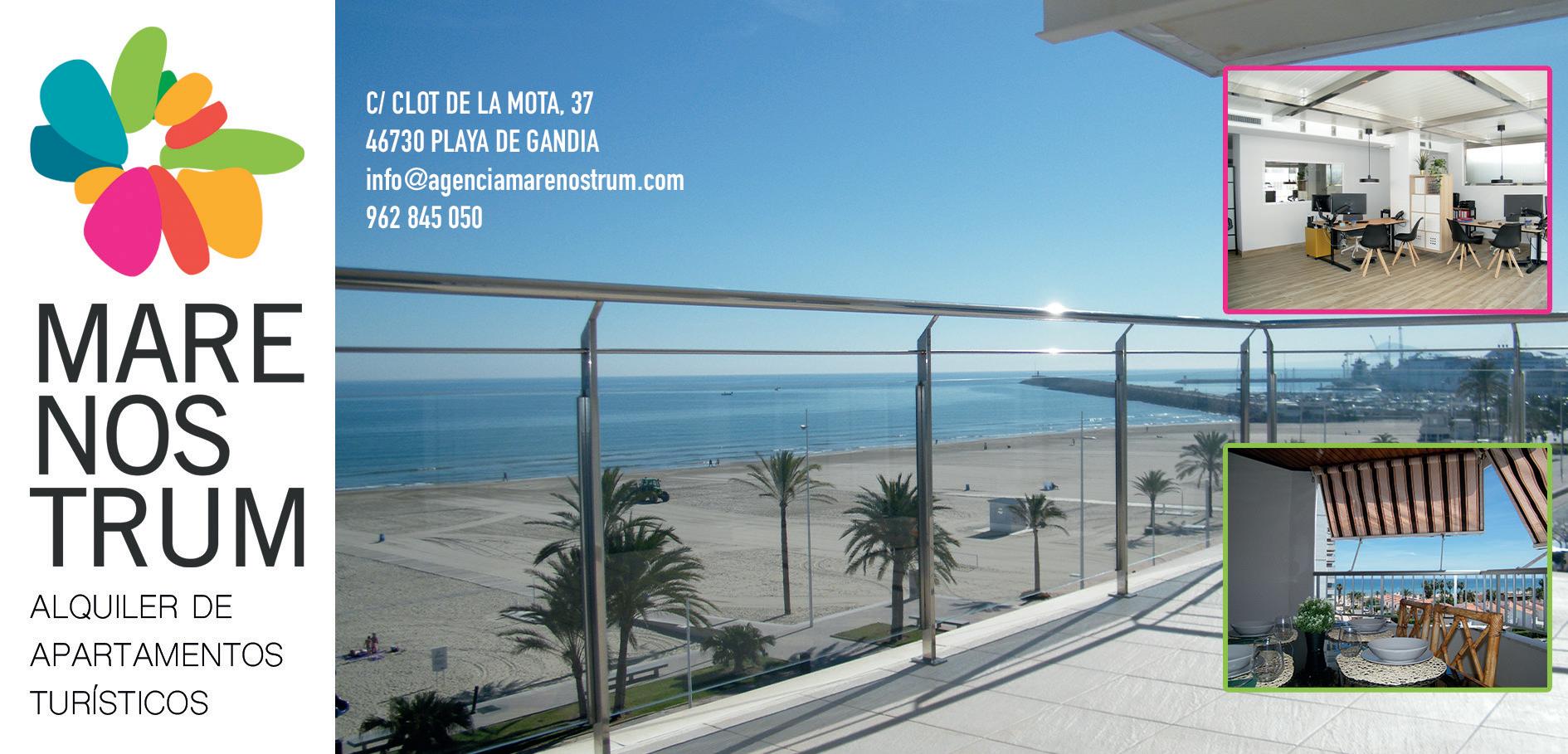
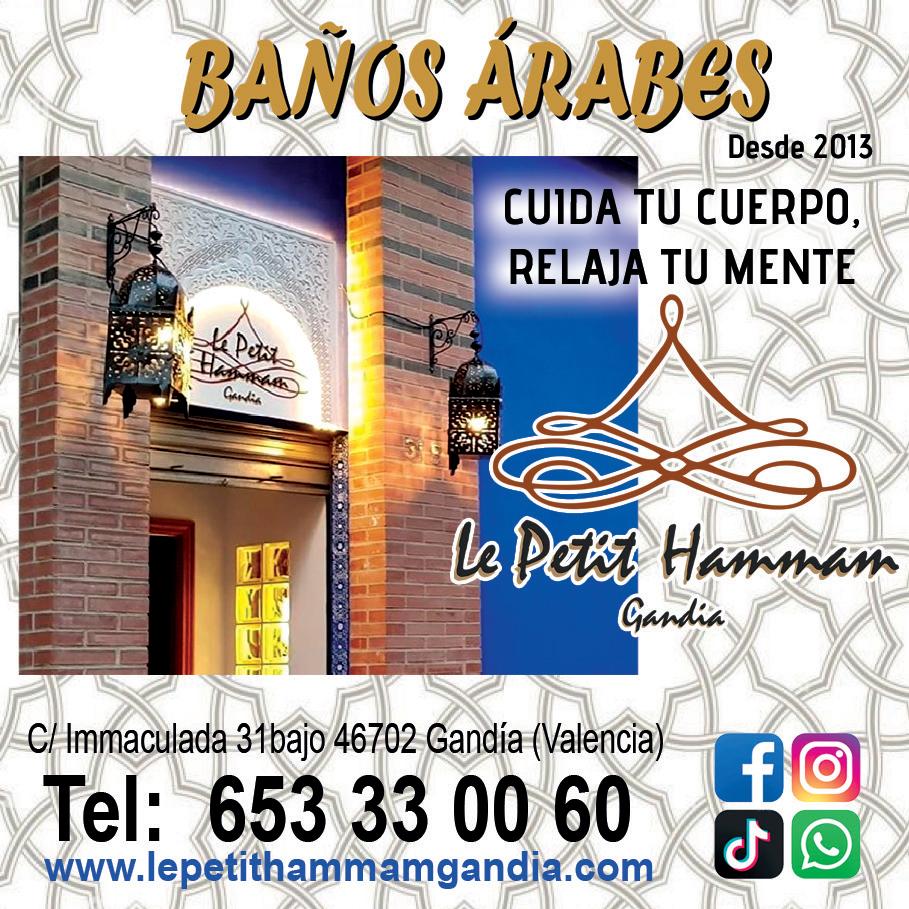

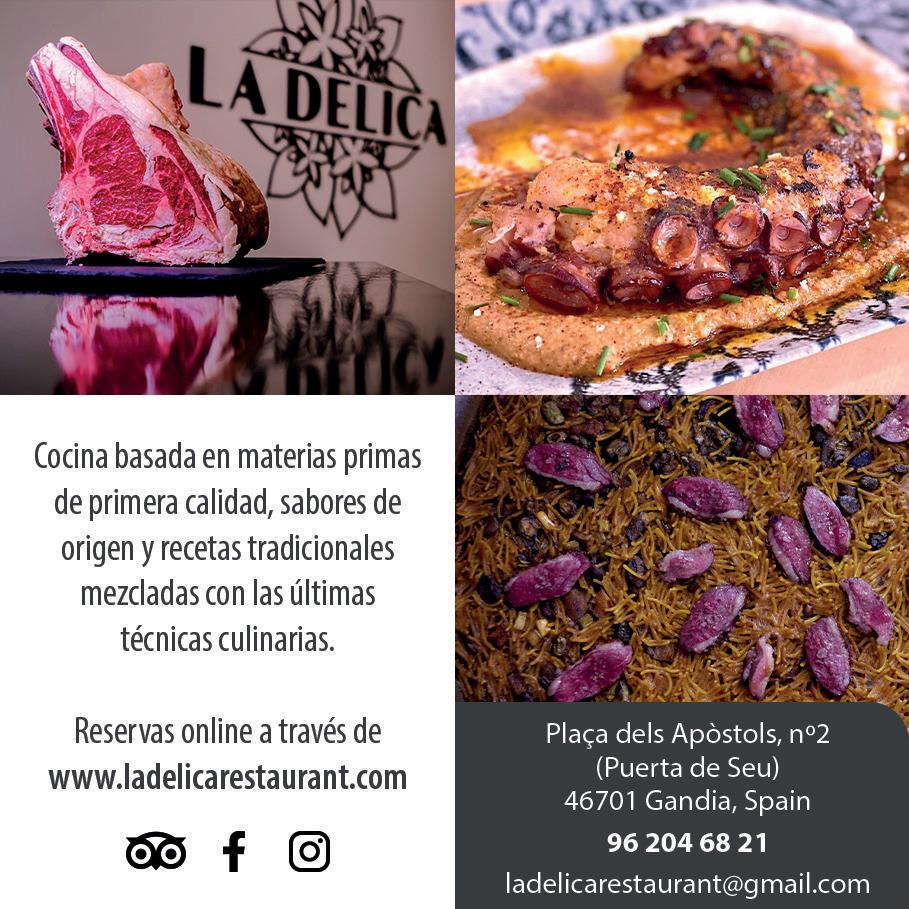
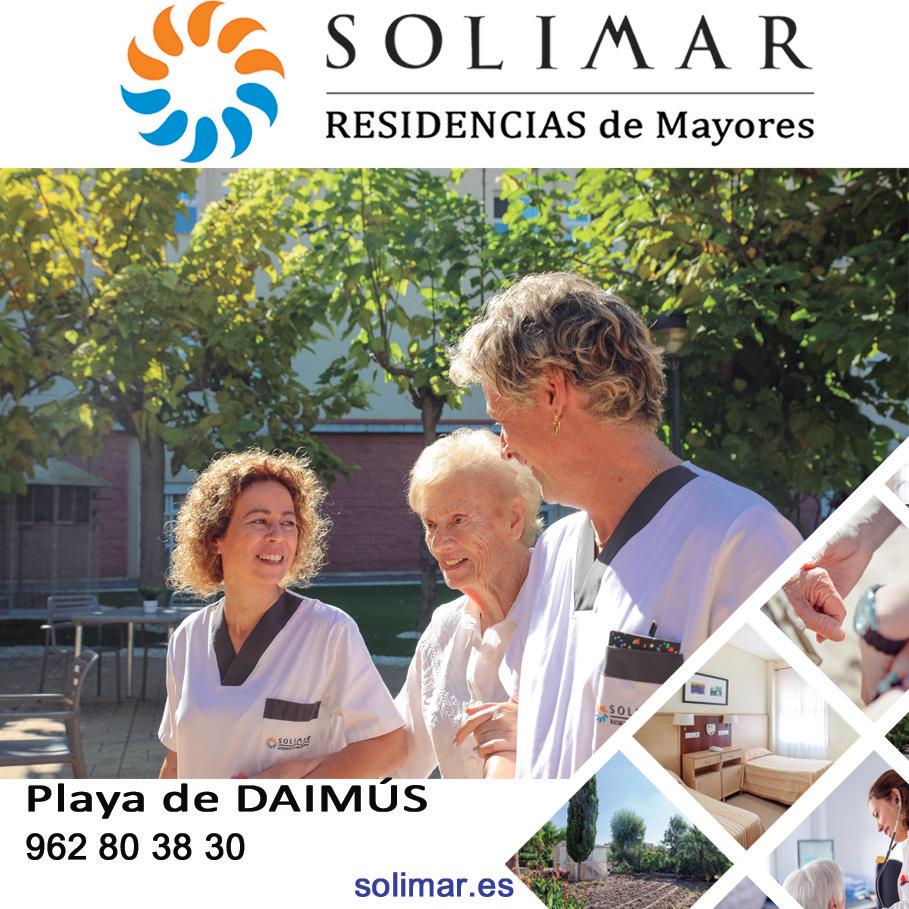
Los sabores del mar, la montaña y la huerta se funden en la gastronomía de Gandia, basada en recetas tradicionales y productos de proximidad. Gastronomía típicamente mediterránea. La huerta nos ofrece los ingredientes naturales para la elaboración de una excelente cocina, que junto con el pescado y el marisco que viene directamente de la lonja de Gandia y el arroz, forman los ingredientes básicos en la cocina de esta tierra.
Gandia cuenta con una importante tradición gastronómica. Desde la Fideuà de Gandia, plato típico y exclusivo de la zona, hasta los pimientos rellenos, pasando por el espencat, los figatells o el arroz al horno. Gandia es el lugar perfecto para realizar fascinantes degustaciones. La gastronomía gandiense se caracteriza por su gran variedad de platos basados en recetas elaboradas tradicionalmente en los hogares de La Safor.
No podemos olvidar la Paella, ese plato típico de la gastronomía valenciana que hace las delicias de todos los visitantes. Con pollo, conejo, verduras, marisco o albóndigas, la paella también forma parte importante de nuestra gastronomía.
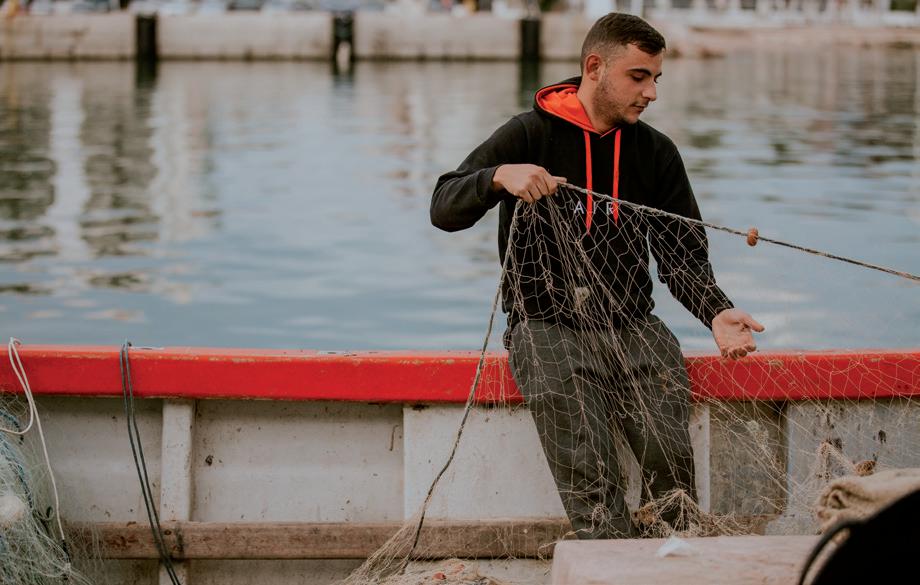

Por toda la ciudad y su playa podemos encontrar innumerables restaurantes que ofrecen a los visitantes, por poco dinero, toda clase de platos típicos incluidos en sus menús, a la carta o en forma de “Tapa”.
La repostería popular es muy similar a la de las comarcas cercanas, y las pastelerías de la ciudad ofrecen todo tipo de dulces, cada vez más sofisticados. Destacan los panous, corona de gloria, coca de mida, buñuelos de calabaza, pastissets de almendra o boniato…
Pero, podemos decir, que el dulce típico de Gandia, creado por pasteleros de nuestra ciudad, es La Delicà, una verdadera experiencia para el paladar, elaborada con productos naturales y rellena de cabello. Este dulce lleva el nombre de una leyenda de Gandia.
The flavours of the sea, the mountains and the vegetable garden come together in Gandia's gastronomy, based on traditional recipes and local produce. Typically Mediterranean gastronomy. The vegetable garden offers us the natural ingredients for the preparation of an excellent cuisine, which together with the fish and seafood that comes directly from the Gandia fish market and rice, form the basic ingredients in the cuisine of this land.
Gandia has an important gastronomic tradition. From Fideuà de Gandia, a typical and exclusive dish of the area, to stuffed peppers, espencat, figatells or baked rice. Gandia is the perfect place for fascinating tastings. Gandia's gastronomy is characterised by its wide variety of dishes based on recipes traditionally prepared in the homes of La Safor. We cannot forget Paella, that typical dish of Valencian gastronomy that delights all visitors. With chicken,
rabbit, vegetables, seafood or meatballs, paella is also an important part of our gastronomy.
All over the city and its beach there are countless restaurants that offer visitors, for little money, all kinds of typical dishes included in their menus, a la carte or in the form of "Tapa".
The popular confectionery is very similar to that of the nearby counties, and the town's patisseries offer all kinds of sweets, which are becoming more and more sophisticated. The panous, corona de gloria, coca de mida, pumpkin fritters, almond or sweet potato pastissets... stand out.
But we can say that the typical sweet of Gandia, created by Gandia's confectioners, is La Delicà, a real experience for the palate, made with natural products and filled with hair. This sweet is named after a legend of Gandia.

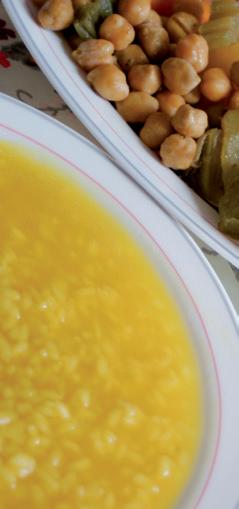
Hablar de la gastronomía de Gandia es hacerlo de la Fideuà. Un plato marinero que encierra en sí mismo la esencia y la cultura de la ciudad y cuya exquisitez le ha llevado a ser uno de los platos por excelencia de la Gastronomía Valenciana. Una receta cuyo secreto se encuentra en la Lonja del Grao de Gandia, donde cada día traen ese pescado que servirá para elaborar un buen fumet. La Fideuà sabe a mar, pero también a oficios y a tradición pesquera del Grao. Con más de 100 años de historia, es un plato creado por pescadores que faenaban a bordo de la barca Santa Isabel. En plena elaboración de una paella de marisco, el cocinero de abordo se dio cuenta que se les había agotado el arroz y decidió sustituirlo por fideos, descubriendo así un plato nuevo y exquisito. Al llegar a puerto, el “invento” se difundió entre la población, que poco a poco se introdujo en todos los hogares de Gandia, dando lugar al nacimiento del plato más típico de la ciudad: “La Fideuà de Gandia”.
Todos los años, desde 1974,en Gandia se celebra el Concurso Internacional de la Fideuà de Gandia y Gastronomía, donde se dan cita los mejores cocineros a nivel nacional e internacional.
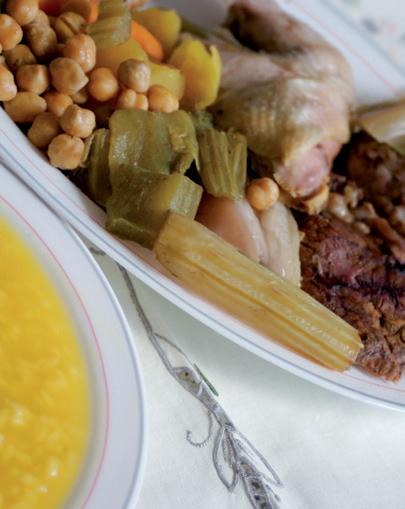


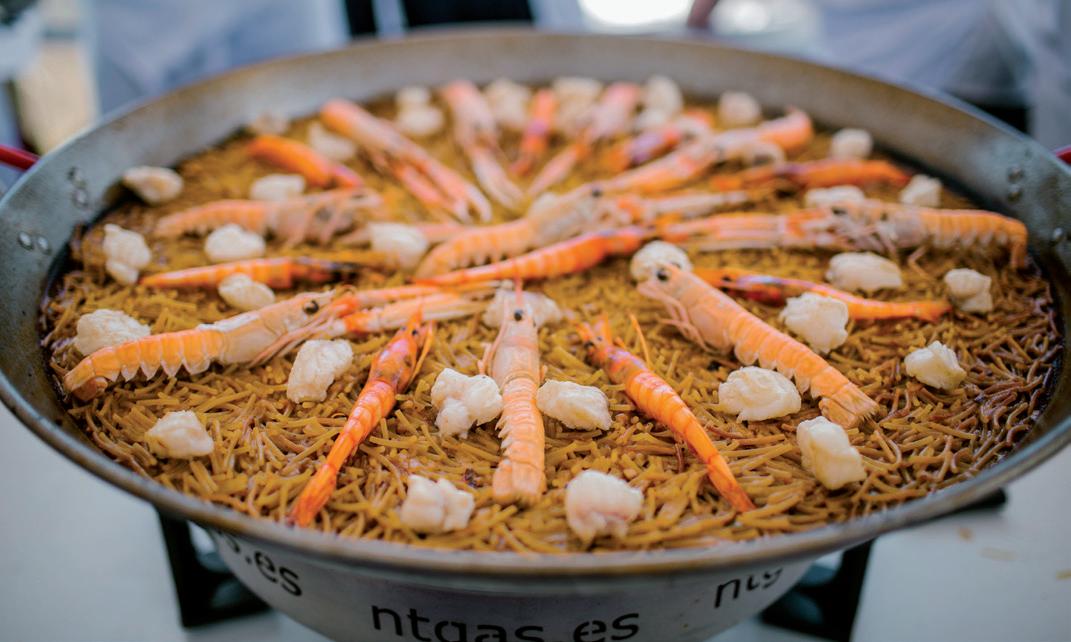
To talk about Gandia's gastronomy is to talk about Fideuà. A seafood dish that contains in itself the essence and culture of the city and whose exquisiteness has led it to be one of the dishes par excellence of Valencian Gastronomy. A recipe whose secret lies in the fish market of Grao de Gandia, where every day they bring the fish that will be used to make a good fumet.
Fideuà tastes of the sea, but also of the trades and fishing tradition of Grao. With more than 100 years of history, it is a dish created by fishermen who used to fish on board the boat Santa Isabel.
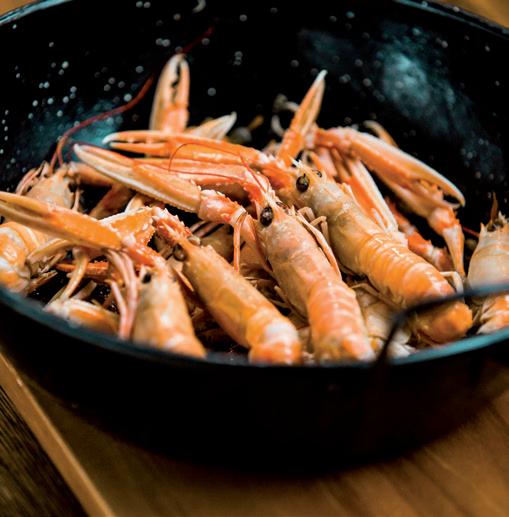
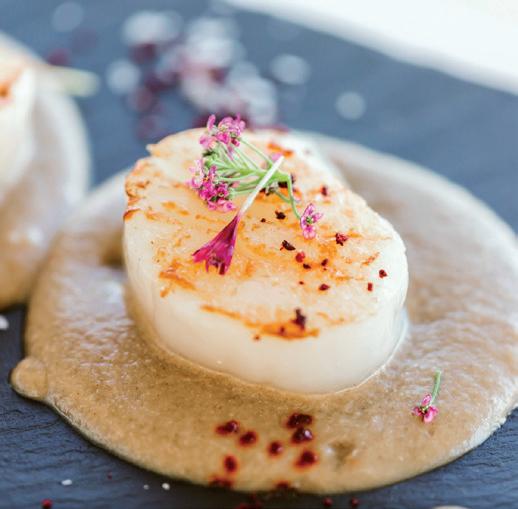

While preparing a seafood paella, the cook on board realised that they had run out of rice and decided to replace it with noodles, thus discovering a new and exquisite dish. On arriving at port, the "invention" spread among the population, and little by little it was introduced in all Gandia's homes, giving birth to the most typical dish of the city: "La Fideuà de Gandia".
Every year, since 1974, Gandia celebrates the International Competition of the Fideuà of Gandia and Gastronomy, where the best national and international chefs meet.

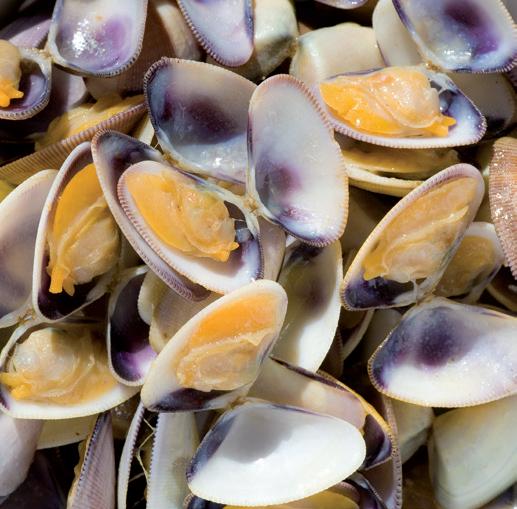
El almuerzo va en el ADN de los valencianos y en Gandia adopta una dimensión especial gracias a productos tan típicos como las coques de dacsa o el figatell.
No hay nada tan auténtico en la Comunidad Valenciana como hacer un parón a media mañana para disfrutar de un esmorzar o esmorzaret. Es un tentempié entre las 9 y las 11 de la mañana que gira en torno a un bocadillo que se rellena de casi cualquier cosa. Esto va acompañado de la picaeta (cacahuetes, aceitunas,encurtidos, altramuces..), no puede faltar la caña de cerveza o vino. Para acabar, un cremaet (café con licor flambeado). Esta tradición se remonta a los campesinos y debes vivir en tu propia piel para realmente decir que has estado en Gandia.
Lunch is in the DNA of the Valencians and in Gandia it takes on a special dimension thanks to typical products such as coques de dacsa or figatell.
There is nothing as authentic in the Valencian Community as taking a mid-morning break to enjoy an esmorzar or esmorzaret. It is a snack between 9 and 11 a.m.
that revolves around a sandwich filled with almost anything. This is accompanied by the picaeta (peanuts, olives, pickles, lupins...) and a glass of beer or wine. To finish off, a cremaet (coffee with flambéed liqueur). This tradition goes back to the peasants and you have to live it in your own skin to really say that you have been in Gandia.
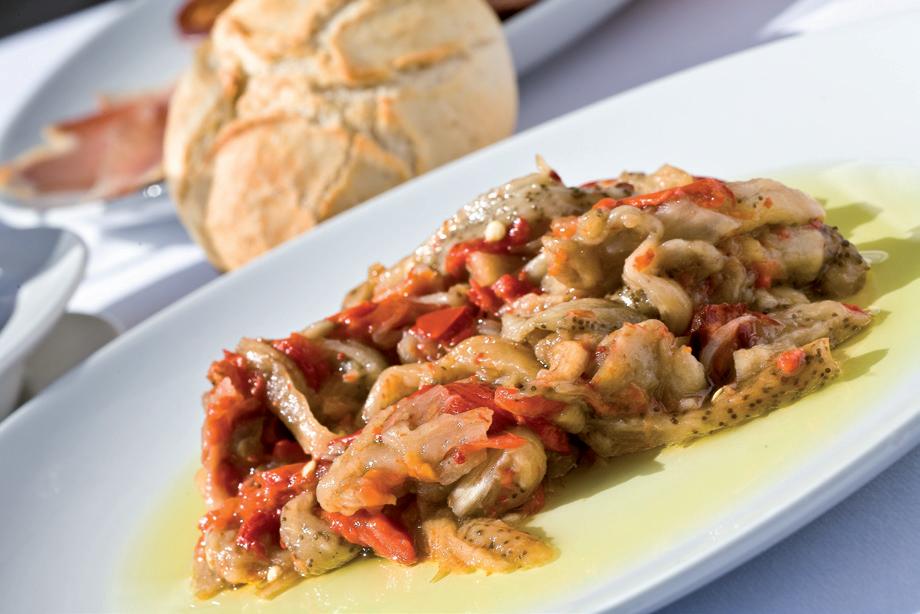
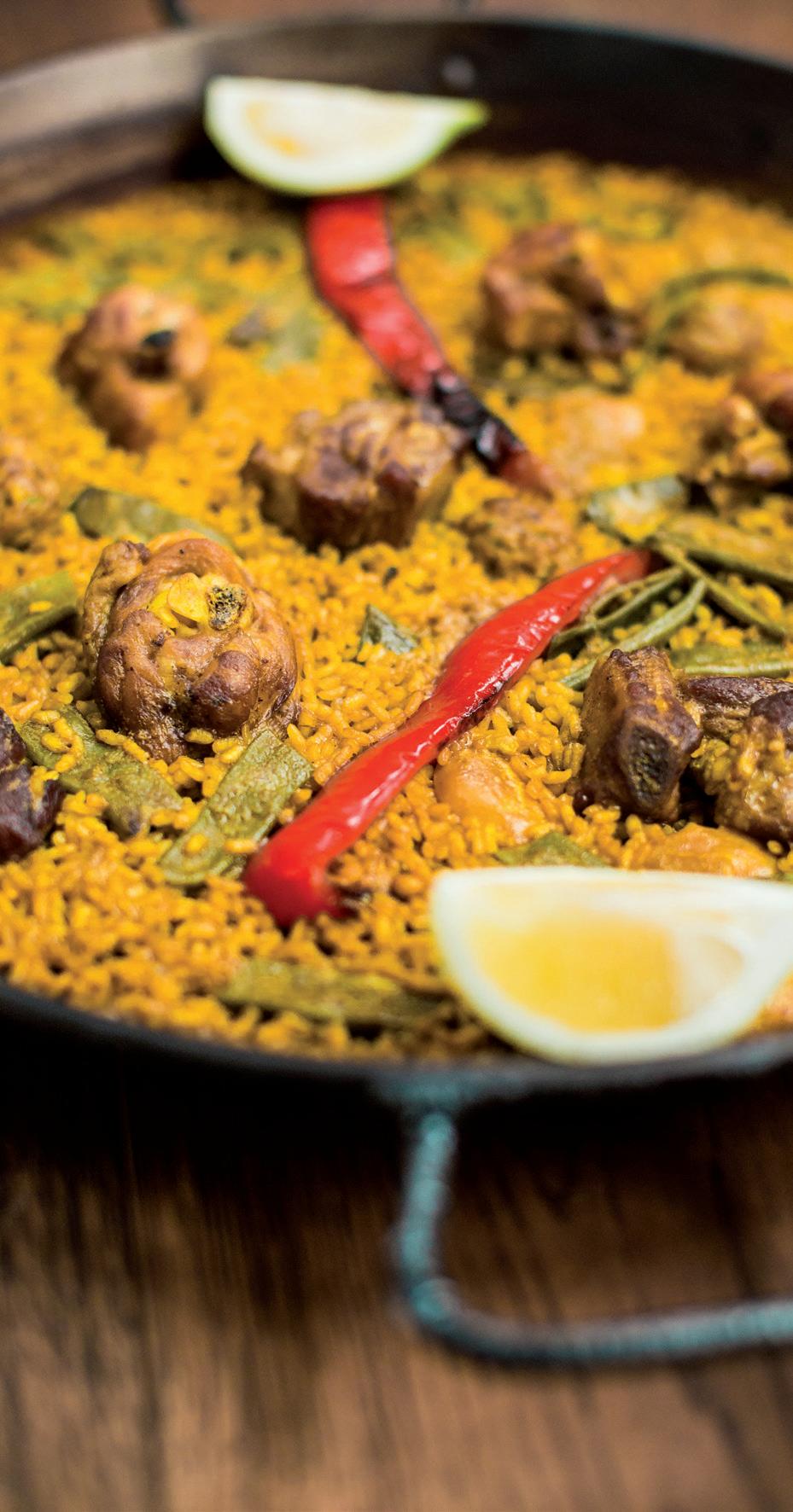


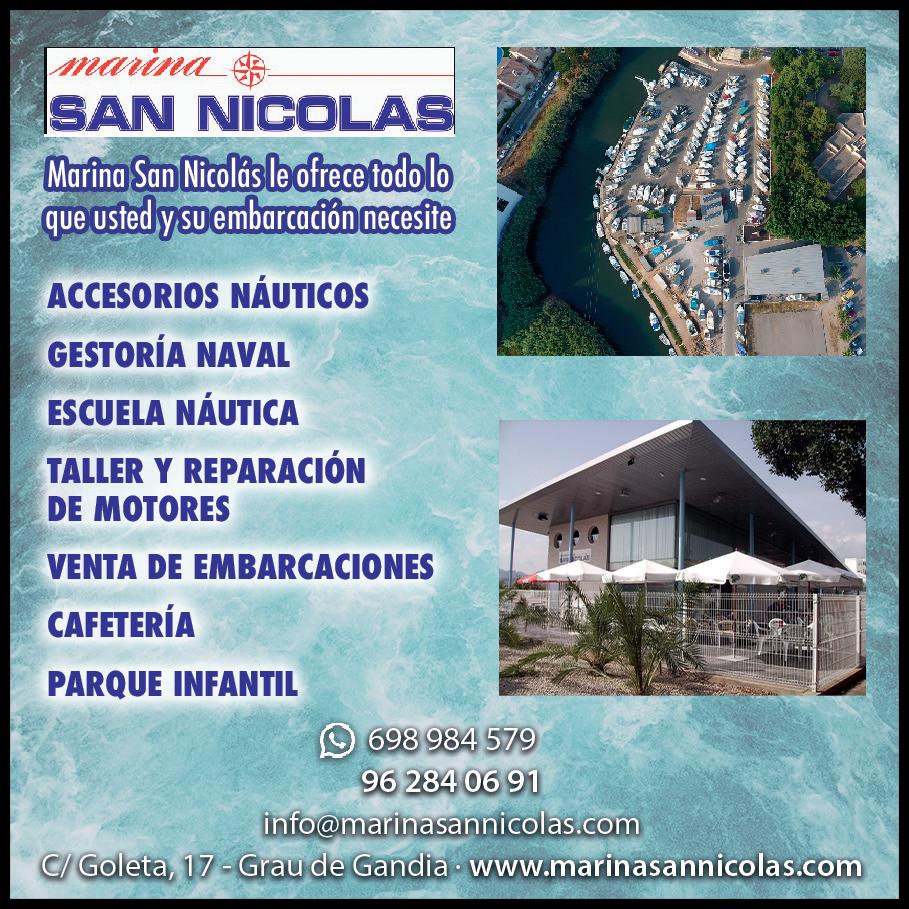

Disfruta paseando por Gandia, descubriendo sus monumentos, visitando las innumerables tiendas que hay por el centro y por los diferentes barrios de nuestra ciudad. Aunque también puedes pasarlo genial en la playa practicando algún deporte acuático o en la montaña descubriendo nuestros tesoros paisajísticos y naturales, para después poder disfrutar de alguno de nuestros eventos durante todo el año.
Gandia no es solo una ciudad para el verano; es una ciudad para disfrutarla todo el año. Para ello, disponemos de una amplia oferta de actividades para todas las edades y para todos los bolsillos. Gandia es una ciudad muy activa en cultura, deporte, ocio y tiempo libre, gracias a su gran patrimonio e historia. Sus numerosos certámenes literarios y musicales, sus representaciones teatrales y sus actividades de deporte y ocio hacen de Gandia una ciudad viva.
Ven y disfrútala.
Enjoy strolling around Gandia, discovering its monuments, visiting the countless shops in the centre and the different neighbourhoods of our city. But you can also have a great time on the beach practising water sports or in the mountains discovering our natural and scenic treasures, and then enjoy some of our events throughout the year.
Gandia is not just a city for the summer; it is a city to be enjoyed
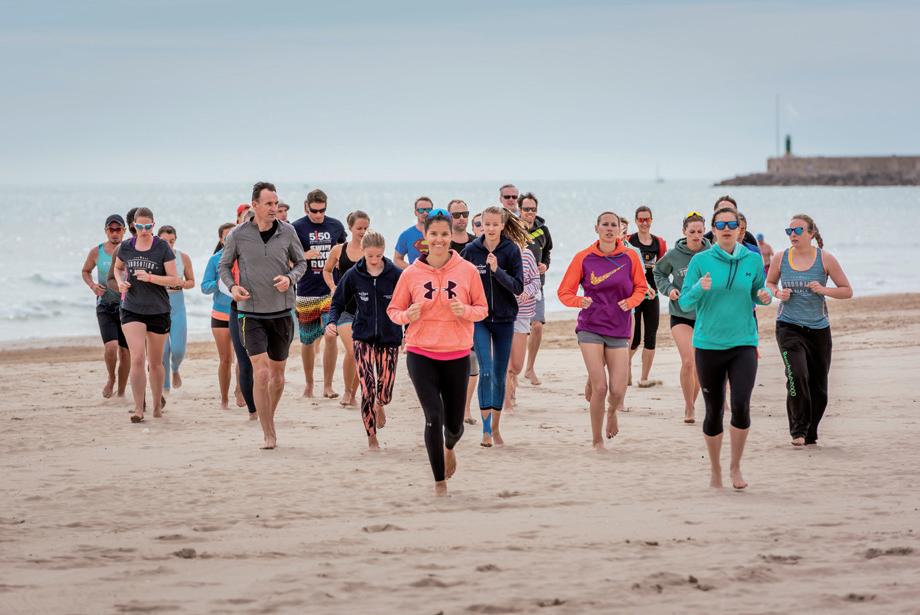
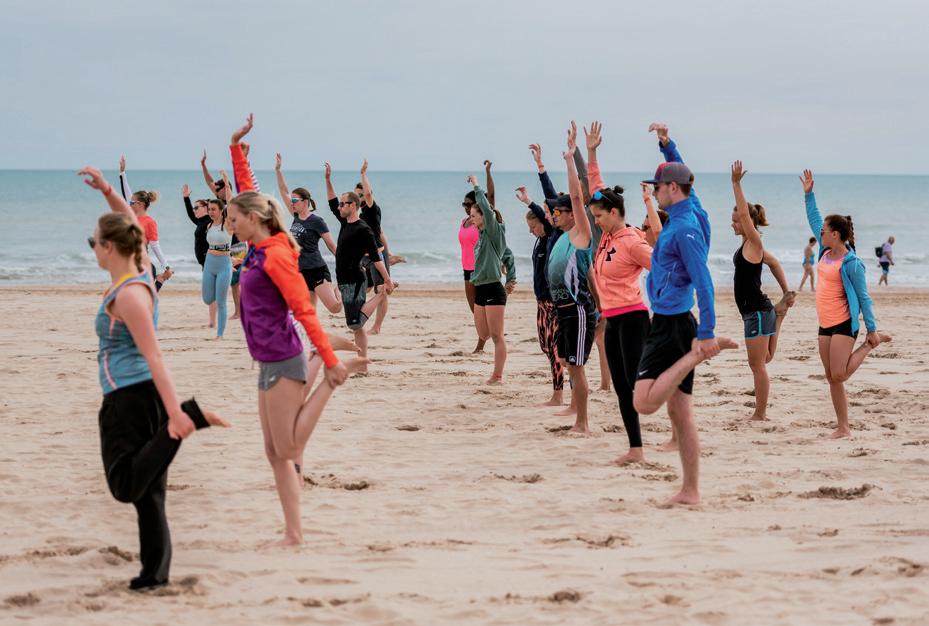
all year round. For this reason, we have a wide range of activities for all ages and for all budgets. Gandia is a very active city in culture, sport, leisure and free time, thanks to its great heritage and history. Its numerous literary and musical events, its theatrical performances and its sport and leisure activities make Gandia a lively city.
Come and enjoy it.
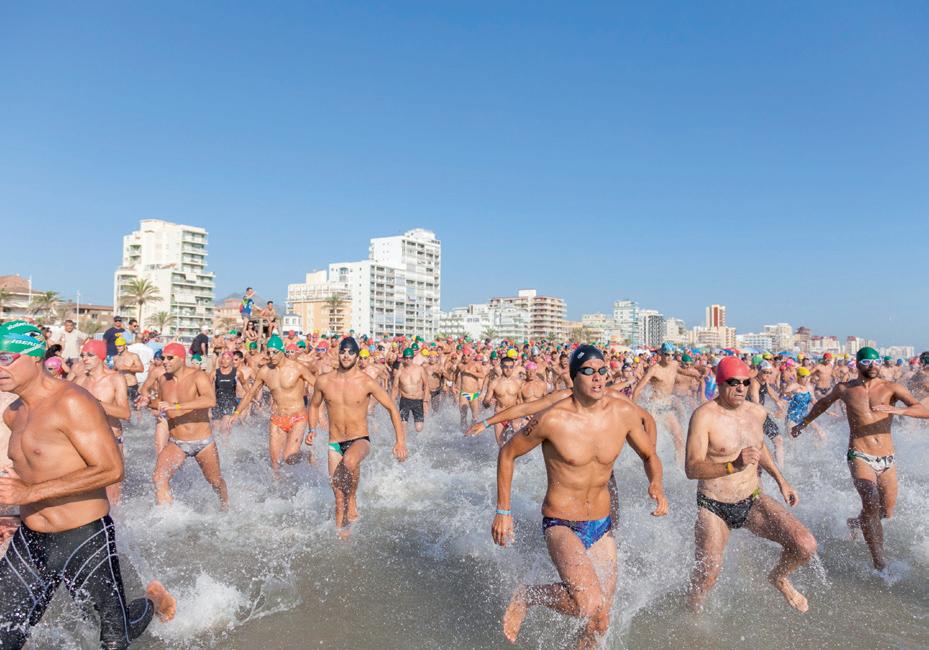

Gandia es la primera ciudad comercial de la Comunidad Valenciana después de las áreas metropolitanas de Valencia, Castellón y Alicante. Ven a Gandia y sumérgete en una ciudad, distinguida con el Premio Nacional de Comercio. Siente la emoción y déjate llevar por tu instinto, explorando las diferentes zonas comerciales de Gandia, donde encontrarás las mejores marcas y las mejores franquicias.
El Centre Històric de Gandia es un espacio abierto y privilegiado. Esta zona se concentra alrededor de la Calle Mayor y adyacentes, todas ellas, calles peatonales para mejorar la calidad de vida no solo de los ciudadanos de Gandia, sino también de los turistas. Los visitantes pueden disfrutar del shopping en un entorno moderno rodeado de los monumentos más insignes de la ciudad, y después poder darse un respiro en los diversos locales de restauración que encontramos en la zona de la Plaza del Prado, un espacio único donde se mezclan la mejor gastronomía, exposiciones, animaciones y eventos durante todo el año.
Callejea tranquilo por nuestras calles y déjate sorprender por sus animadas actividades durante todo el año.
Con el crecimiento urbano, el comercio se ha extendido a otras áreas de la ciudad.
Tanto el Grau como la playa de Gandia disponen de comercios tradicionales como panaderías, pastelerías, carnicerías, así como una amplia variedad de comercios turísticos de souvenirs, moda, complementos, pesca y deportes náuticos, etc. Cabe destacar la tradicional subasta del pescado que se realiza todos los días en la Lonja de pescado en el Grau de Gandia. Una experiencia incomparable donde se conjuga la tradición, la historia y la cultura de una ciudad.
Además de todas las zonas comerciales que tiene la ciudad, Gandia dispone también de una importante presencia de centros comerciales. Junto al núcleo urbano se han erigido grandes superficies que ofrecen otro tipo de ocio tanto para ciudadanos como para visitantes. Plaza Mayor, Myo Gandia y La Vital son centros comerciales que han contribuido a la consolidación de Gandia como un punto de atracción comercial y de tiempo libre entre las comarcas vecinas.
Gandia is the first commercial city of the Valencian Community after the metropolitan areas of Valencia, Castellón and Alicante. Come to Gandia and immerse yourself in a city, distinguished with the National Commerce Award. Feel the excitement and let your instinct take you, exploring the different shopping areas of Gandia, where you will find the best brands and the best franchises.
The Historic Centre of Gandia is an open and privileged space. This area is concentrated around the Calle Mayor and adjacent streets, all of which are pedestrianised to improve the quality of life not only for the citizens of Gandia, but also for tourists. Visitors can enjoy shopping in a modern environment surrounded by the most famous monuments of the city, and then take a break in the various restaurants in the area of the Plaza del Prado, a unique space where the best gastronomy, exhibitions, entertainment and events are mixed throughout the year.
Take a stroll through our streets and let yourself be surprised by
its lively activities throughout the year.
With urban growth, commerce has spread to other areas of the city.
Both the Grau and the beach of Gandia have traditional shops such as bakeries, patisseries, butchers, as well as a wide variety of tourist shops selling souvenirs, fashion, accessories, fishing and nautical sports, etc. It is worth mentioning the traditional fish auction that takes place every day in the fish market in the Grau de Gandia. An incomparable experience where tradition, history and the culture of a city come together.
In addition to all the commercial areas that the city has, Gandia also has an important presence of shopping centres. Next to the city centre there are large shopping centres that offer other types of leisure activities for both citizens and visitors. Plaza Mayor, Myo Gandia and La Vital are shopping centres that have contributed to the consolidation of Gandia as a commercial and leisure attraction among the neighbouring regions.
La situación estratégica de Gandia, la privilegiada geografía y la climatología, convierten este municipio en un lugar idóneo para la práctica deportiva durante los 365 días del año. Tanto si eres amateur como profesional, Gandia te ofrece un entorno que permite múltiples posibilidades para practicar tu deporte o simplemente para mantener tu ritmo de bienestar personal y quieres mantener una rutina de actividad durante las vacaciones.
Si eres un amante del mar y el deporte, no puedes dejar pasar la oportunidad de disfrutar de la variedad de actividades acuáticas que podrás practicar en los más de 5km de las playas de Gandia que propician la práctica de deportes y actividades acuáticas, como la vela, la navegación, el windsurf, la pesca o el submarinismo. El Real Club Náutico de Gandia cuenta con una escuela de Vela y de Remo, así como con las instalaciones adecuadas para la práctica de dichos deportes. Los amantes de las actividades al aire libre podrán disfrutar de deportes tan emocionantes como el catamarán, los banana boats, el buceo, las motos acuáticas y paseos en barco. Todo un abanico de posibilidades para los más atrevidos.
Gandia, destino turístico de referencia, es un municipio de contrastes entre parajes naturales junto a la costa o la montaña que permiten disfrutar rutas ciclistas de diferente nivel. Una combinación perfecta: Kilómetros para pedalear desde carreteras llanas a pie de playa hasta puertos de montaña que realmente te sorprenderán; una exquisita y saludable gastronomía mediterránea; un patrimonio único en una ciudad cultural abierta y cosmopolita.
Desde la llanura del marjal hasta las sierras interiores, diversas rutas y recorridos permiten la práctica del ciclismo en entornos naturales y urbanos caracterizados por un fuerte componente ambiental y cultural que hacen más atractivo, si cabe esta práctica deportiva.
Practica senderismo de montaña en el Paraje Natural Municipal Parpalló-Borrell, Marxuquera o la Sierra de Falconera. Disfruta del running a lo largo de los 5km de paseo marítimo con vistas privilegiadas al mar, en los distintos espacios naturales, como el Marjal, o en núcleos urbanos pasando por los lugares con más historia de la ciudad, como el Castillo de Bairén o l’Alqueria del Duc. Si lo prefieres, Gandia también te ofrece la oportunidad de realizar rutas Trail en montaña o correr hasta las cimas más emblemáticas de la Safor.

No lo dudes, todos los deportes que puedas imaginar, en lugares que hacen de la experiencia un momento especial.
The strategic location of Gandia, the privileged geography and the climate, make this municipality an ideal place to practice sport 365 days a year.
Whether you are an amateur or a professional, Gandia offers you an environment that allows you multiple possibilities to practice your sport or simply to maintain your personal wellness rhythm and you want to keep an activity routine during your holidays.
If you are a lover of the sea and sports, you can not miss the opportunity to enjoy the variety of water activities that you can practice in the more than 5km of Gandia's beaches that favor the practice of water sports and activities such as sailing, sailing, windsurfing, fishing or diving. The Real Club Nautico de Gandia has a sailing and rowing school, as well as the appropriate facilities for the practice of these sports. Lovers of outdoor activities can enjoy exciting sports such as catamaran, banana boats, diving, jet skis and boat rides. A whole range of possibilities for the most daring.
Gandia, a tourist destination of reference, is a municipality of contrasts between natural landscapes along the coast or the mountains that allow you to enjoy cycling routes of different levels.
A perfect combination: kilometers to pedal from flat roads along the beach to mountain passes that will really surprise you; an exquisite and healthy Mediterranean gastronomy; a unique heritage in an open and cosmopolitan cultural city.
From the marshy plains to the inland mountain ranges, various routes and tours allow cycling in natural and urban environments characterized by a strong environmental and cultural component that make this sport even more attractive, if possible.
Practice mountain hiking in the Paraje Natural Municipal Parpalló-Borrell, Marxuquera or the Sierra de Falconera. Enjoy running along the 5km of promenade with privileged views of the sea, in the different natural areas, such as the Marjal, or in urban areas passing through the most historic places of the city, such as the Castle of Bairén or l'Alqueria del Duc.
If you prefer, Gandia also offers you the opportunity to make mountain trail routes or run to the most emblematic peaks of the Safor.
Do not hesitate, all the sports you can imagine, in places that make the experience a special moment.
